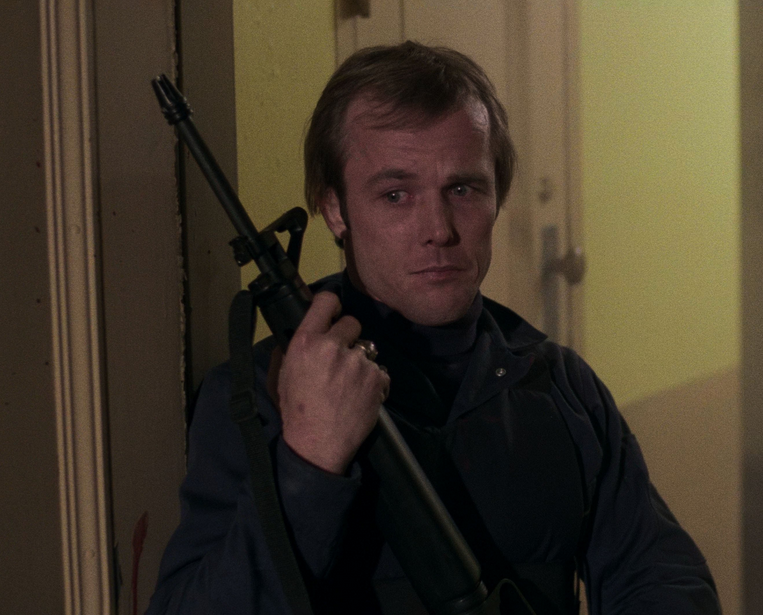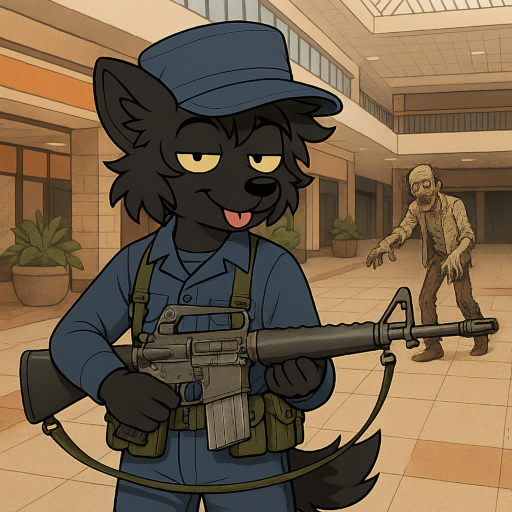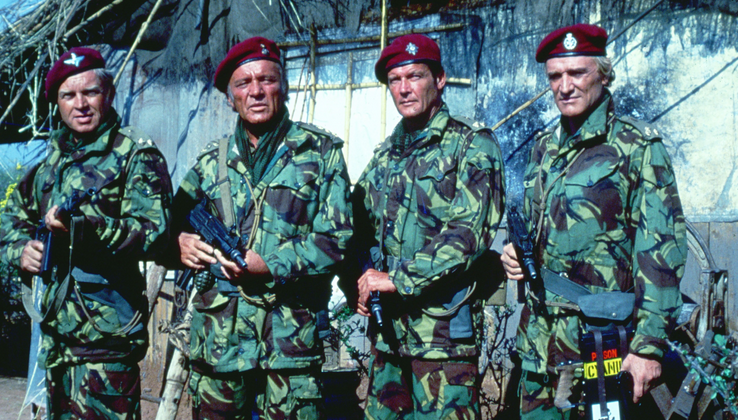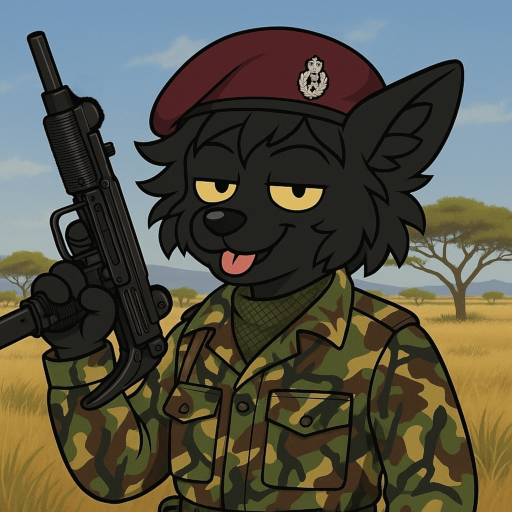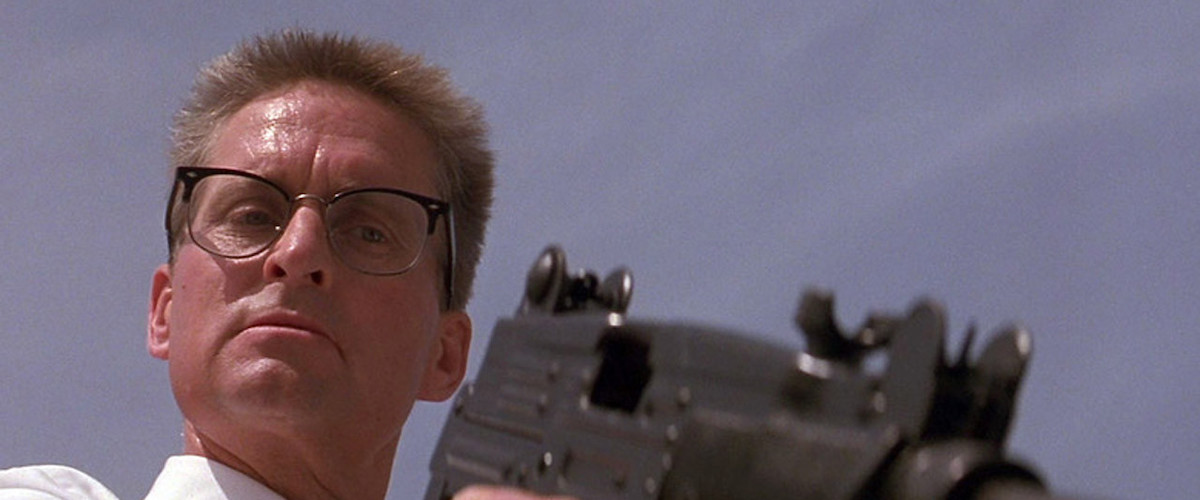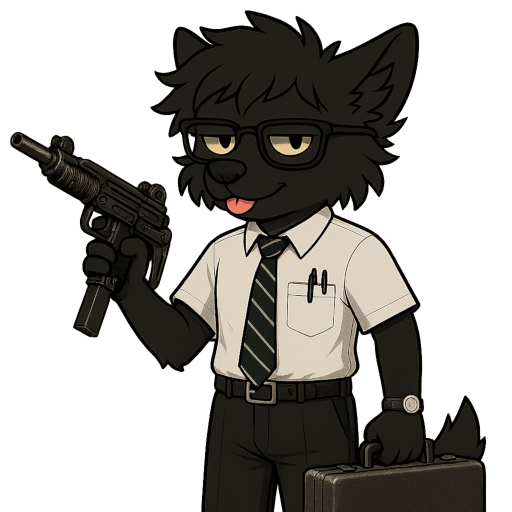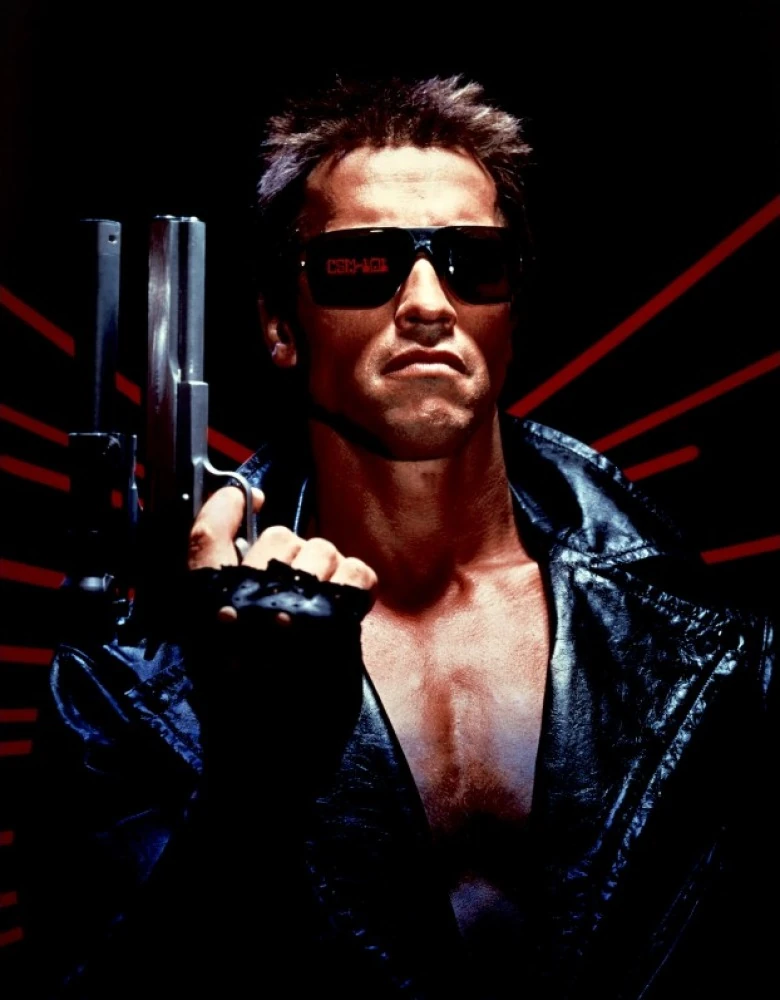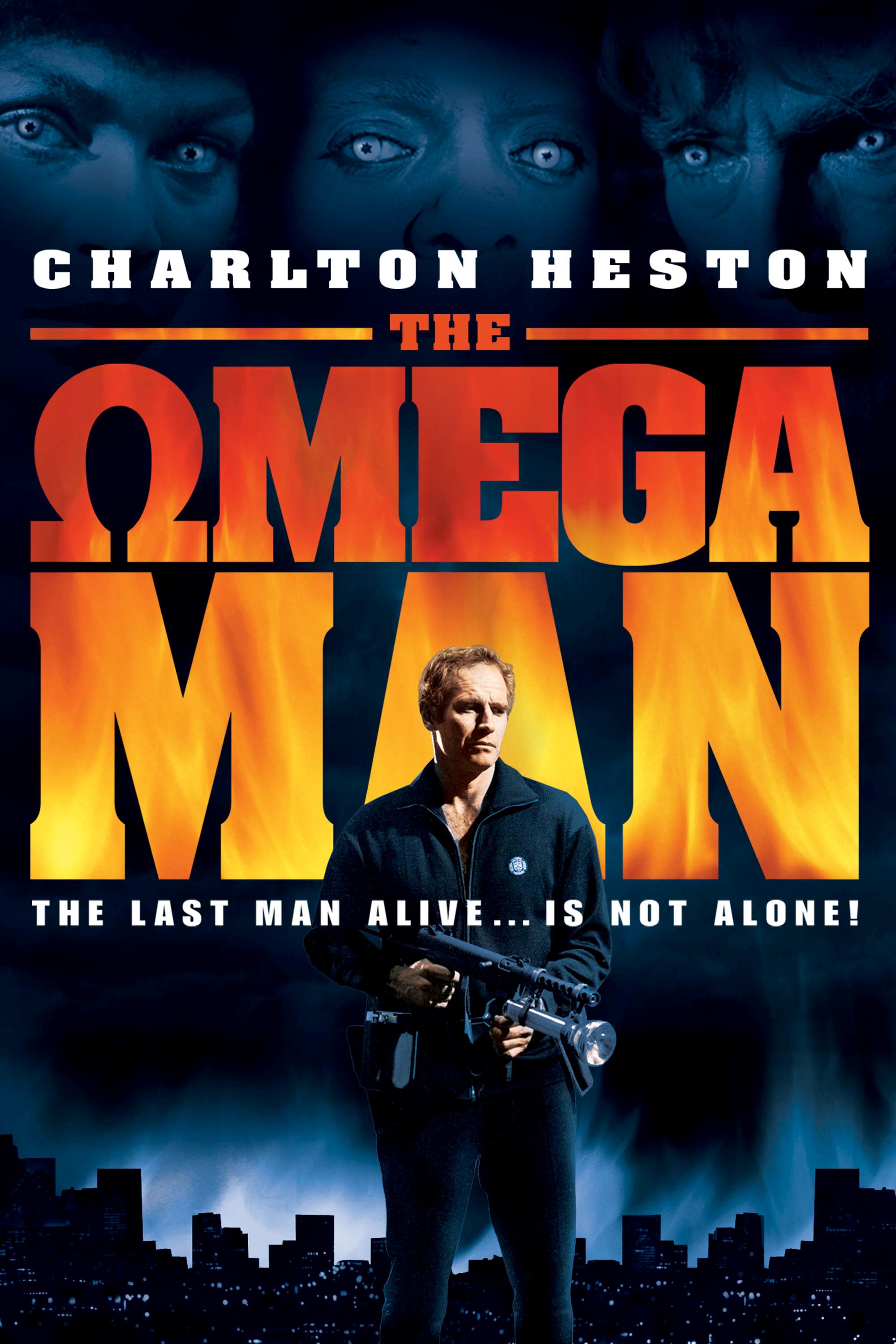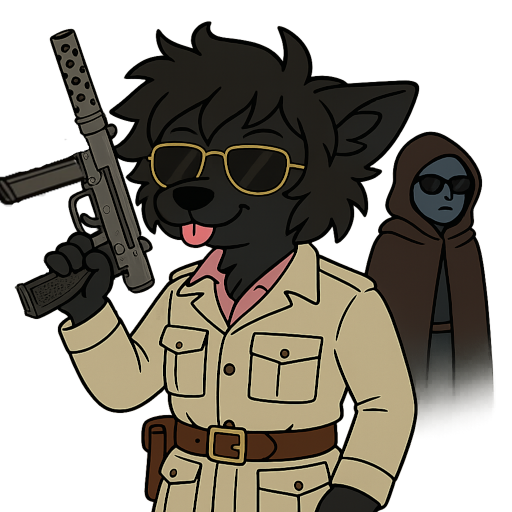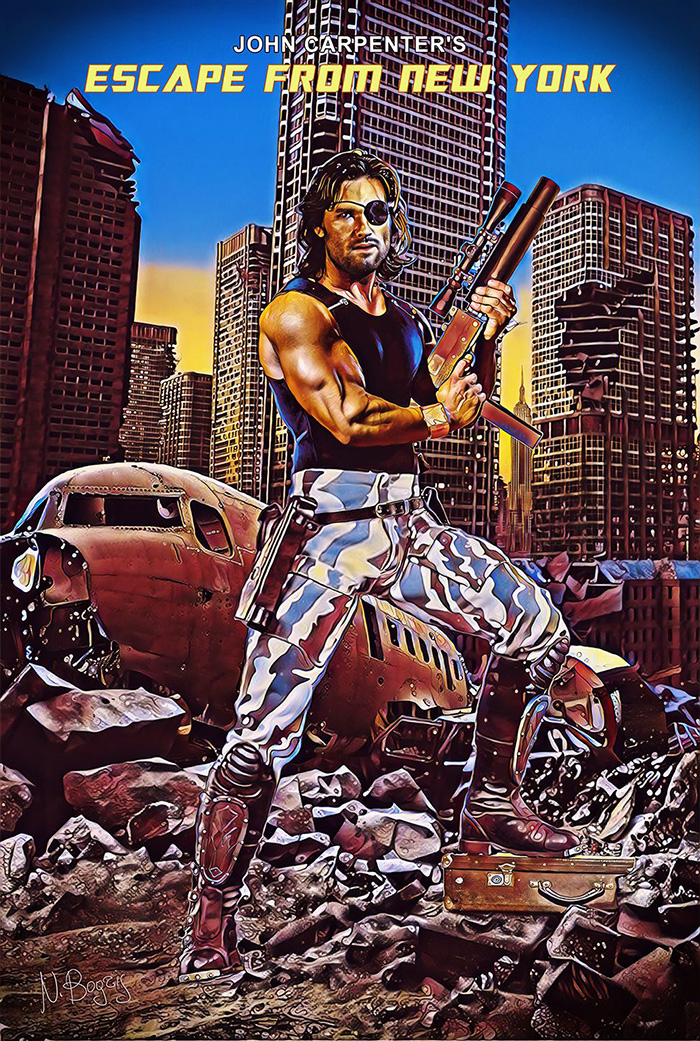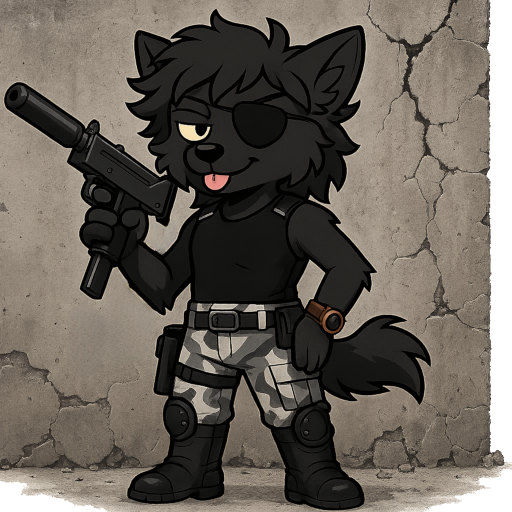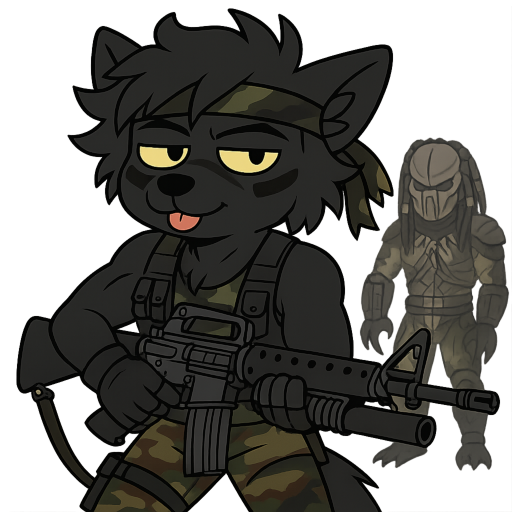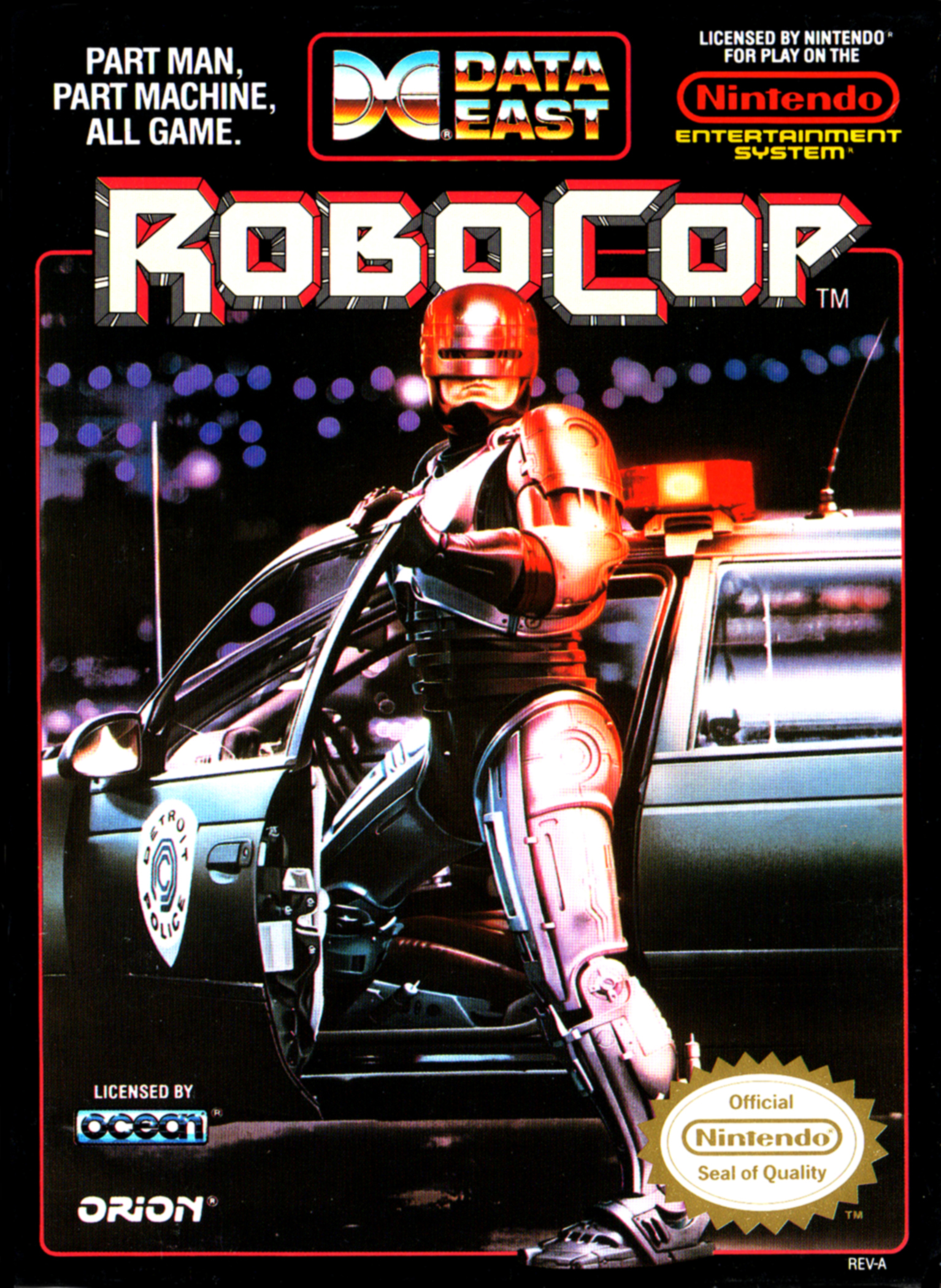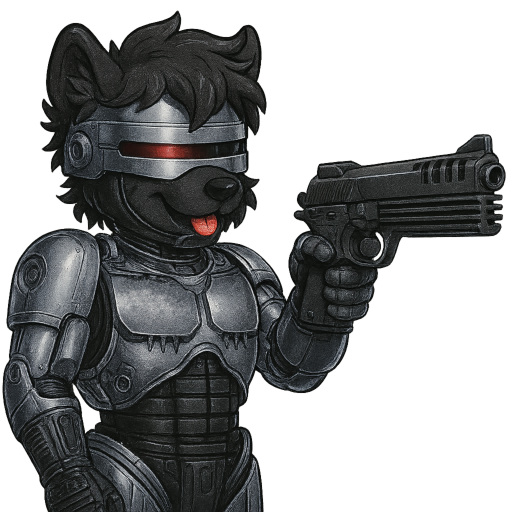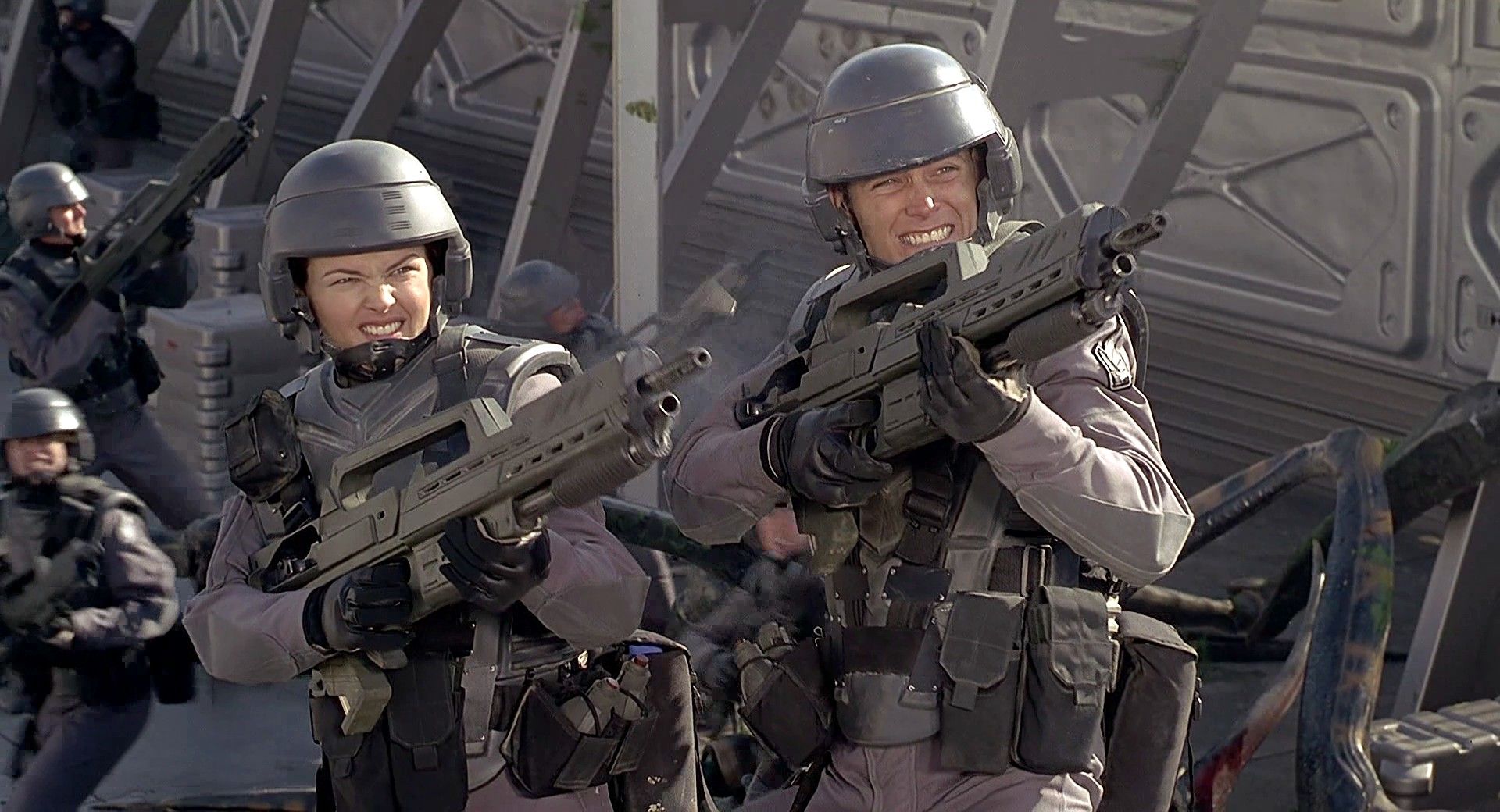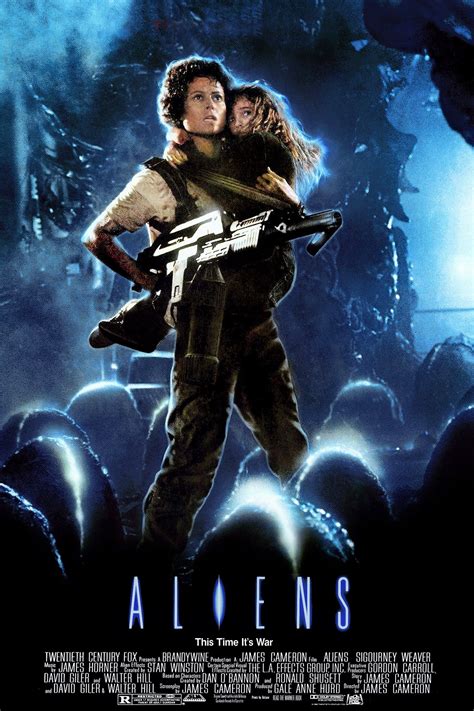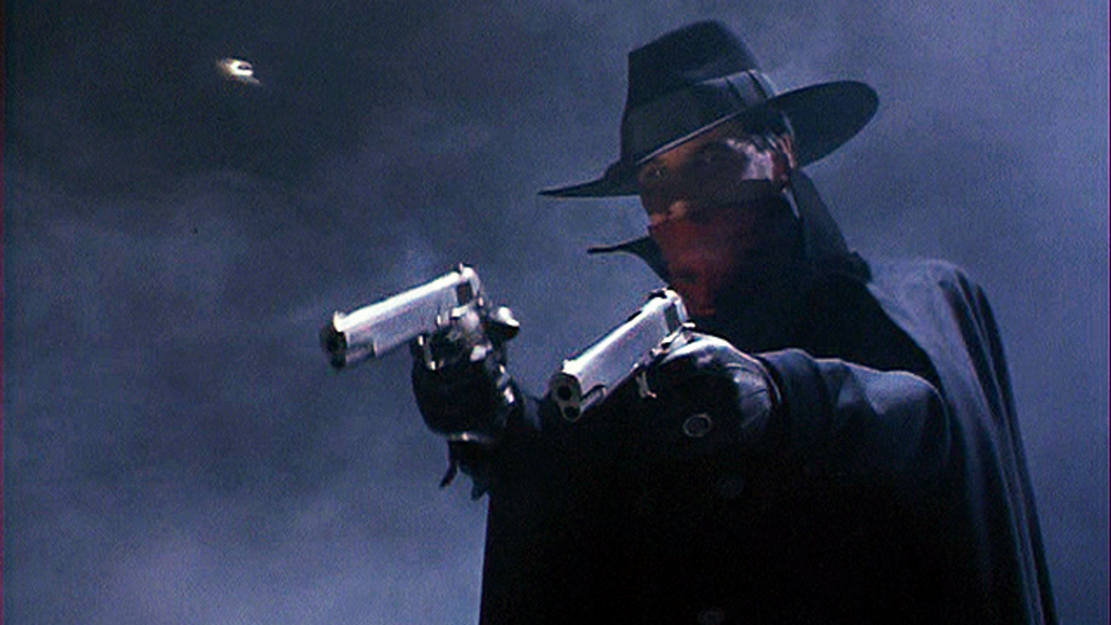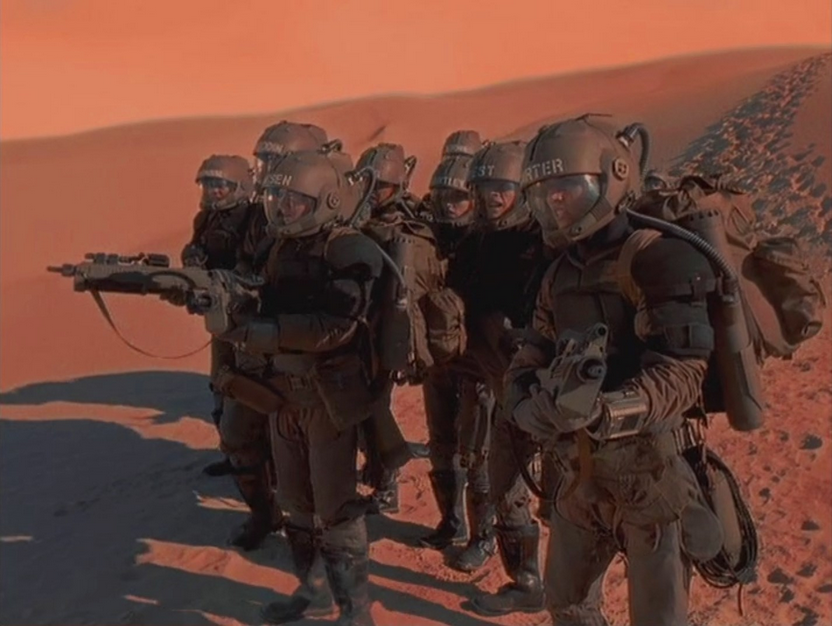
The story follows the 58th Squadron, a group of young Marine space pilots, as they battle across deep space and hostile planets. Alongside the alien threat, the series also explores internal conflicts with the "In Vitros" — artificially-grown humans treated as second-class citizens — and the eerie Silicates, a rogue group of cybernetic beings (basically creepy cyborg-zombie mercs) that rebelled against their human creators.
Packed with heavy themes of war, prejudice, sacrifice, and survival, the show blends military realism with dark space opera, earning it a cult following despite, sadly, only being a single-season run.
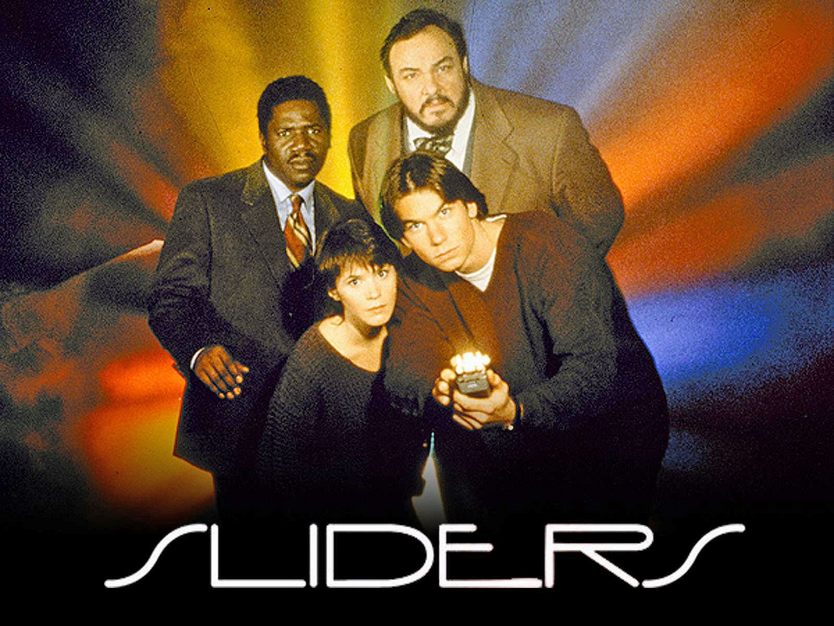
As the show progresses, the stakes get darker. In later seasons, the sliders discover a powerful and brutal alien species called the Kromaggs—a race of evolved primate-like humanoids. The Kromaggs possess interdimensional sliding tech and begin invading and enslaving humans across multiple Earths, treating humanity as inferior and expendable. Their warlike nature and chilling experiments add a dangerous new layer to the team's already chaotic journey.
The show blends alternate reality exploration with military, political, and survival themes, especially as the Kromagg threat escalates.
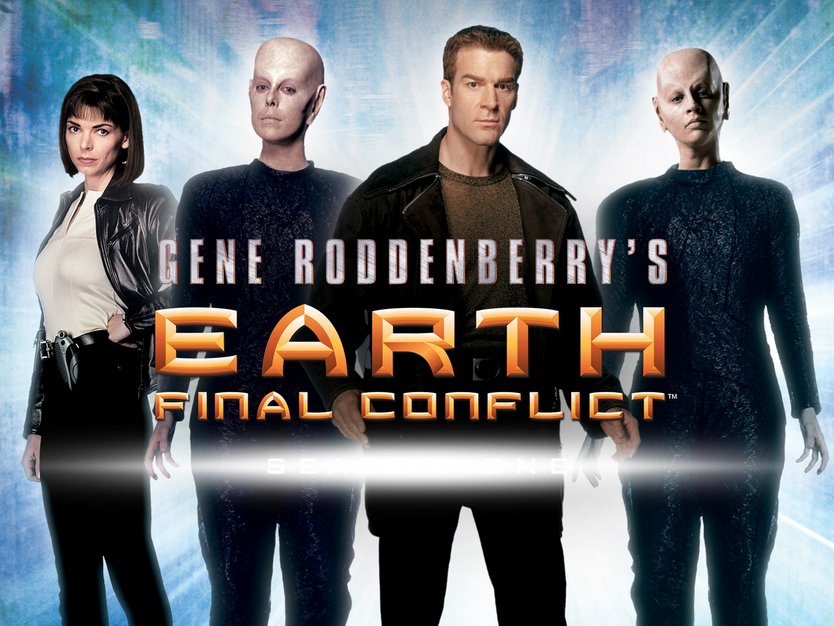
The story follows various human agents (and sometimes rebels) navigating the uneasy alliance, as secrets emerge about the Taelons' true intentions and their own survival struggles. The show blends alien politics, resistance movements, espionage, and philosophical dilemmas.
However, the series is known for its rocky creative direction — with major character deaths, sudden shifts in tone, and dramatic personality changes from season to season. The frequent cast turnovers and reboots of the show's premise led to mixed fan responses, with some loving its ambition and others frustrated by its inconsistency.
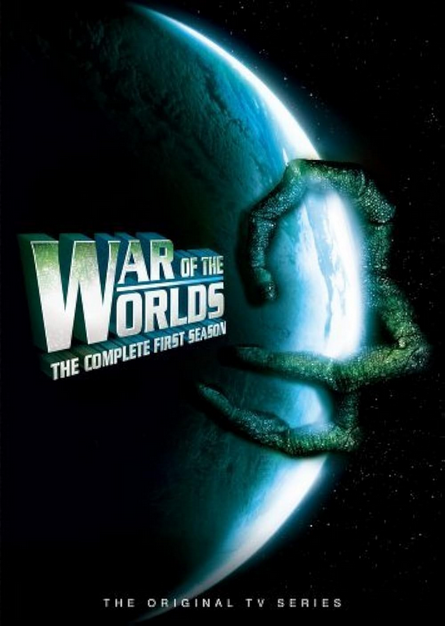
The first season is widely praised for its creepy atmosphere, mature tone, and bold mix of horror and sci-fi. But in season two, the show went through a complete upheaval: the world is suddenly post-apocalyptic, most of the cast is gone, the aliens get redesigned and renamed the Morthren, and much of the original lore is retconned. The drastic shift in tone and direction alienated many fans, and the series was cancelled shortly after.
Still, that first season remains a cult classic, especially for fans of gritty '80s sci-fi with real teeth.
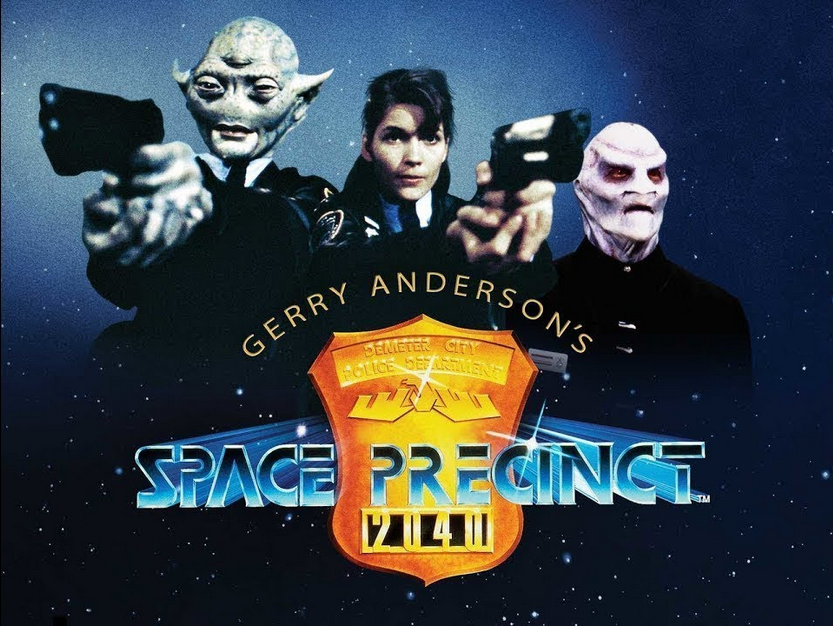
Despite its seemingly odd mix of genres, the series delivers surprisingly strong character-driven storytelling, with engaging plots that explore crime, corruption, prejudice, and loyalty in a futuristic multi-species society. The alien citizens—ranging from bureaucrats to gangsters—are brought to life with phenomenal practical creature effects and animatronics that still hold up as a technical marvel.
Though it built a loyal fanbase, Space Precinct was sadly short-lived, ending after just one season. Its ambitious tone and production value were high and it was very underappreciated in its time. But for sci-fi fans, it remains a unique gem that dared to mix alien worlds with classic cop drama.
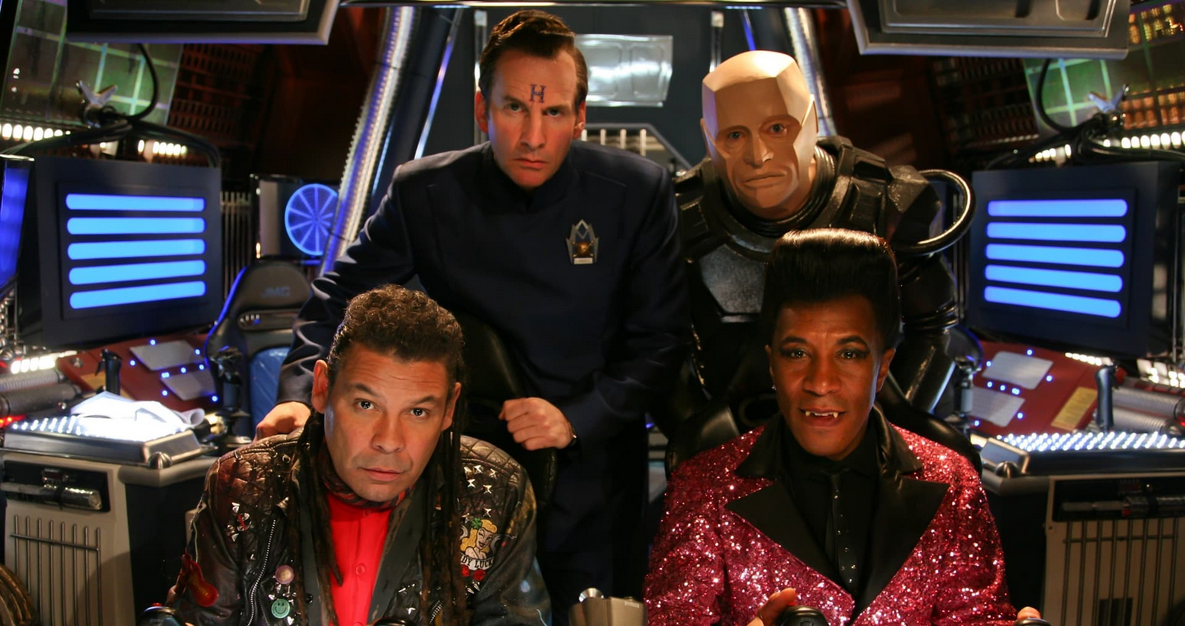
The show mixes dry British wit, sci-fi absurdity, and low-budget charm into something completely unforgettable. From time travel mishaps to parallel dimensions and sentient vending machines, Red Dwarf thrives on clever writing, surreal situations, and a totally lovable cast of misfits.
Back in the day, it used to pop up on public access or PBS late at night, and catching an episode felt like discovering a strange, hilarious treasure from another dimension. The effects may have been cheap, but the heart and laughs were pure gold.
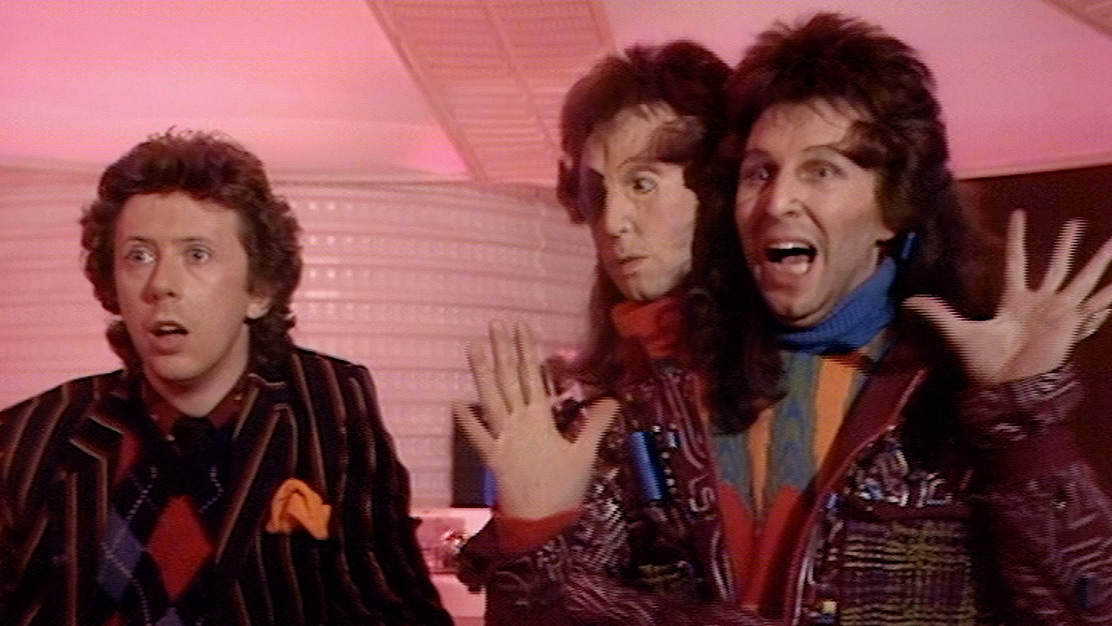
Joined by an increasingly ridiculous crew—including two-headed galactic fugitive Zaphod Beeblebrox, paranoid robot Marvin, and spacey Earthwoman Trillian—Arthur stumbles through surreal planets, bureaucratic absurdities, and the ultimate answer to life, the universe, and everything (spoiler: it’s 42).
The series is celebrated for its clever wordplay, philosophical satire, and surprisingly ambitious visual effects for its time—charming in their retro BBC glory. It may be low-budget, but it captures the spirit of Adams' humor perfectly and became a beloved staple of weird TV.
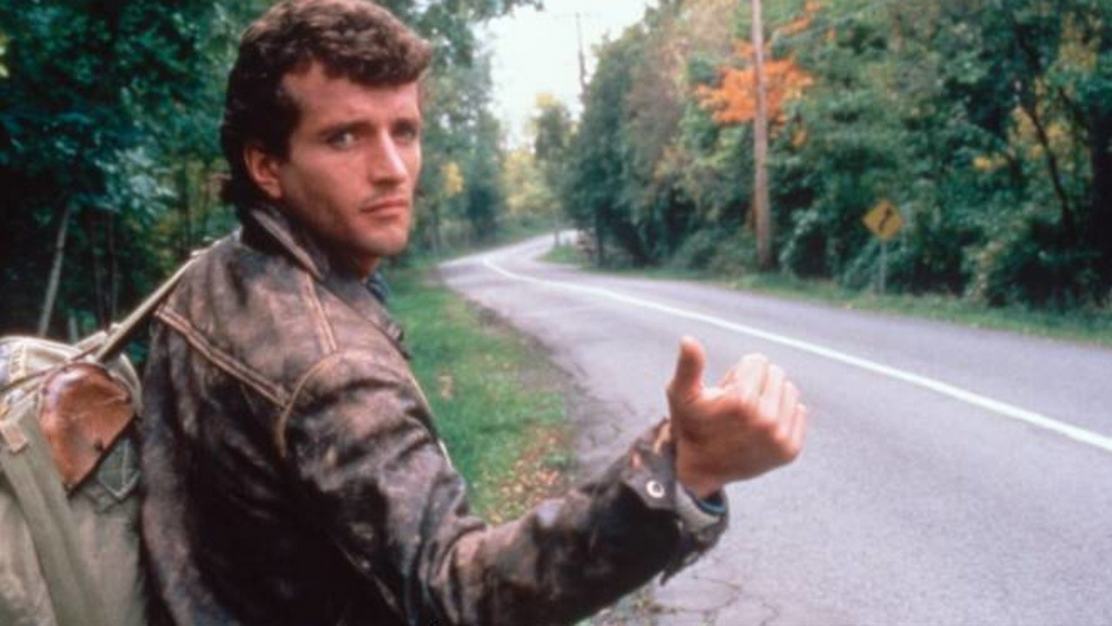
But after a few seasons, the quality took a nosedive. The writing got lazy, the acting became wooden, and the once-unpredictable twists turned into telegraphed clichés. It felt like the show lost its edge, and by the final seasons, it was limping along with drawn-out plots and flat performances that left many fans wondering what happened to the show they used to love. What began as gripping and stylish slowly devolved into a slog—like it hitchhiked straight into mediocrity.
Still, those early episodes? Creepy gold.
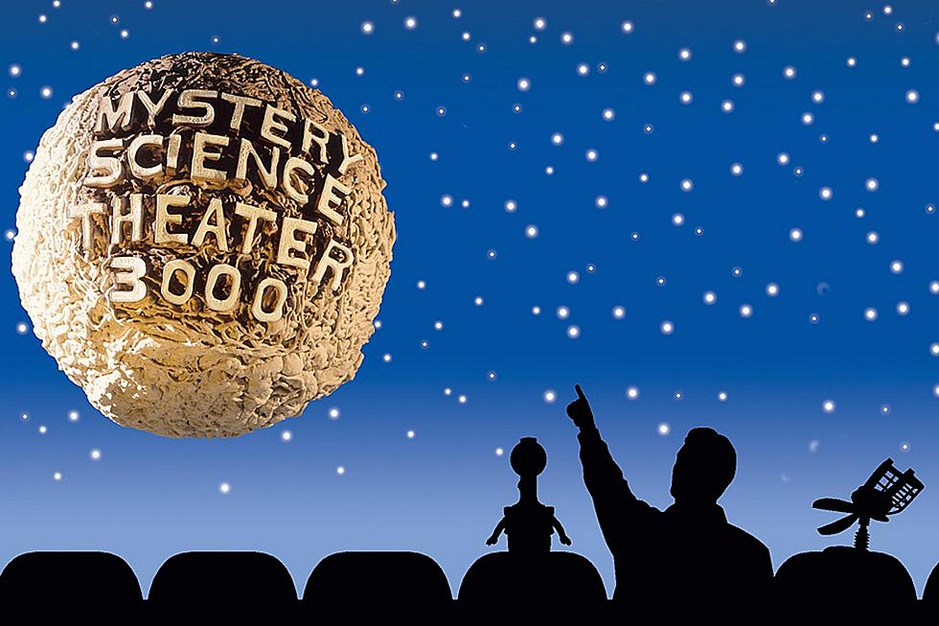
The original Joel and Mike eras? Pure perfection. Whether it was Manos: The Hands of Fate or enduring an endless Coleman Francis slog, the writing, timing, and chemistry were great. It was fun, weird, and perfect for watching with the family; I’ve got tons of warm memories laughing through bad movies with people.
But let’s be honest: everything after Joel and Mike sucked. The magic was gone. The pacing felt off, the charm was missing, and the bots just didn’t feel like themselves anymore. It went from lovable and low-budget to trying too hard and frankly beating a dead horse.
The original MST3K run is immortal. Bad movies may come and go, but the Satellite of Love during the Joel and Mike years will always be home.
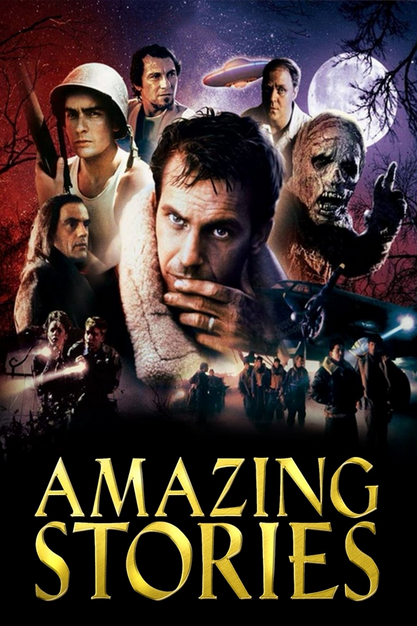
The stories are great, sure but the absolute-hits are unforgettable. Personal favorites? The one where a smooth-brained trailer-park blonde discovers a hidden race of mysterious beings living under the Earth and somehow becomes their communicator with dangerous results; it’s weird, freaky, and totally unique. Then there’s the episode where a high school student invents a substance that makes anything printed come to life, including a dog and the torso of a model, all of it leaping off the page with hilarious (and dangerous) results. And of course, the mummy episode where an actor stuck in mummy-guise tries to get to his pregnant wife with hilarious and disturbing encounters along the way from both the locals and something more mysterious.
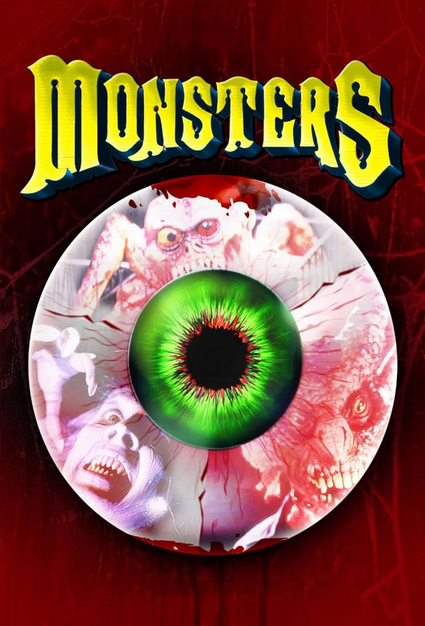
As a kid, I loved it even though it scared the fuck out of me. I’d watch it with one eye open, too afraid to look away, and somehow came back for more every time. And now? I still love it. The show holds up with its mix of creepy stories, hideous monsters, and that perfect 1980s horror charm. Even today, it still kinda freaky.
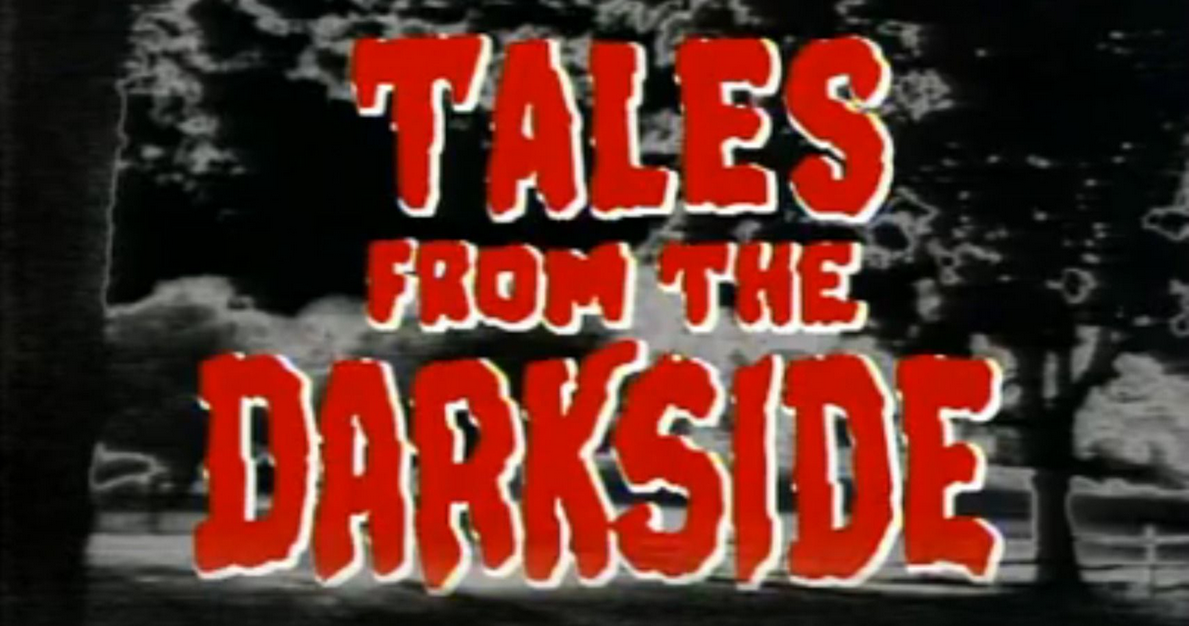
The stories ranged from ghostly to grotesque, supernatural to sci-fi weirdness, and while I’m not as fond of it as I am Monsters (1988), it still holds a special place. The show had its own charm even if it was grungier, moodier, with a more serious tone; and some episodes genuinely stick with you.
The 1990 movie was a solid extension of the series, with multiple chilling segments. The stories still pack a punch and yeah, the one with the gargoyle creature scared the shit out of me as a kid. So while Monsters will always be my go-to for nostalgic horror/scifi anthology, Tales from the Darkside delivers a darker flavor of horror I still love revisiting.
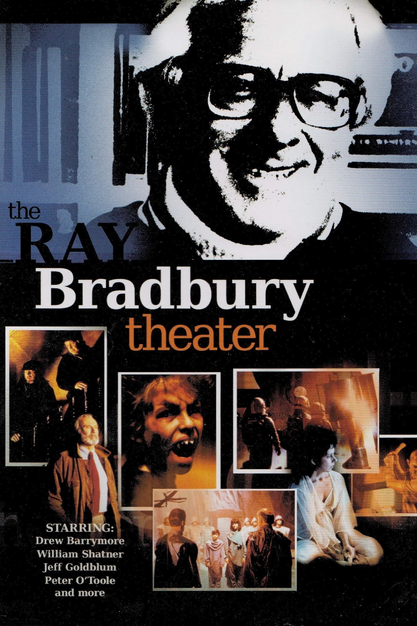
The intro alone sets the tone: Bradbury’s voice, his cluttered writing room, a promise that what you’re about to see came straight from his typewriter. The stories are sometimes dark, sometimes odd, sometimes funny, sometimes quiet but gripping with meaning. It’s not just another anthology it’s his personal and unforgettable work. This is truly one of the most abominably-underated and lesser known anthology shows.

It’s kind of hilarious when you think about it. It’s all flash and fire without consequences. But that’s part of the charm. Mr. T growls, Hannibal grins with cigar between his teeth, Face cons, and Murdock acts nuts... and somehow despite the explosive vigilante/mercenary (whatever they are,) action they all walk away untouched every time. It’s goofy, campy, and wonderfully 1980s.
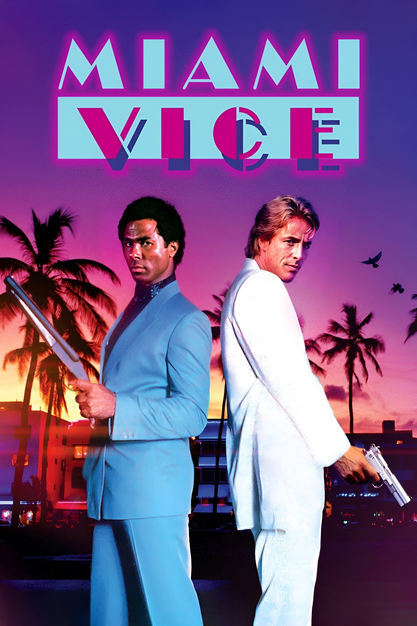
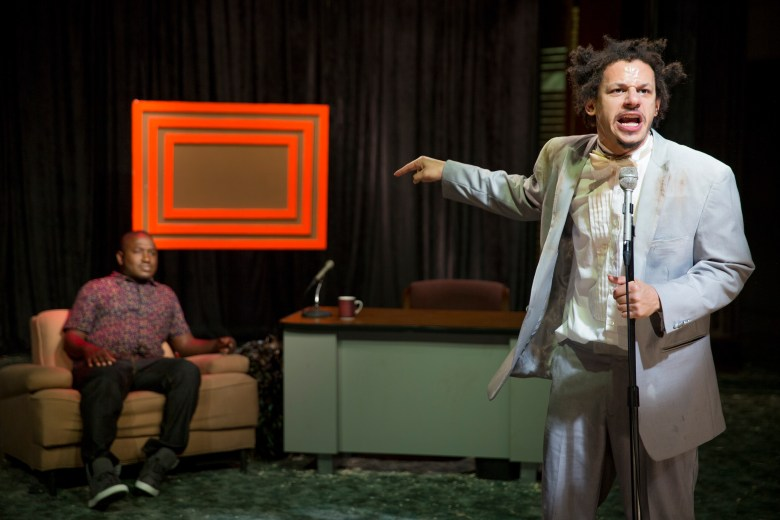
That said, somewhere after a few seasons (I honestly forget which one), there was a season that just wasn’t funny at all. If I’m not mistaken, it’s because they were told to tone it down, and much like how using a condom is akin to wearing a raincoat in the shower, the beauty of the moment just wasn't there. That’s when I stopped watching.
Apparently, howevr, there have been new seasons since then, though I haven’t seen them yet but maybe it's good again. If it’s returned to form, I might just dive back in and get back into it.
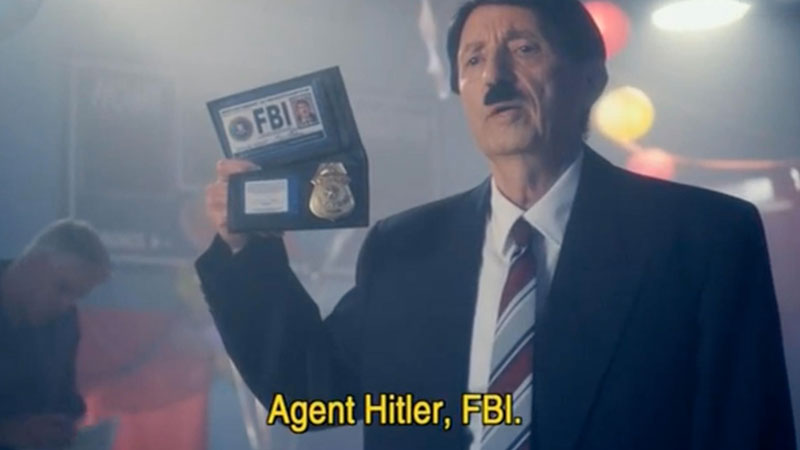
Then Season 2 drops and boom you’re suddenly in the neon-soaked insanity of the 1980s. It brilliantly skewers 80s action flicks, thrillers, and everything from Miami Vice to Power Rangers (which wasn't the 80s but I'll let it slide,) all while keeping the same deliciously chaotic tone. This season spawned the infamous "agent Hitler, FBI" meme. (Hitler always escapes in a crazy manner, often in really obvious disguises or schemes.)
The whole show only lasted two seasons, which is a crime against humanity and comedy. But one thing stayed gloriously consistent across both: the mission. No matter the time, no matter the absurdity, the goal was always, cue the dramatic music and the chief's gravely voice: “KILL. ADOLF. HITLER.”
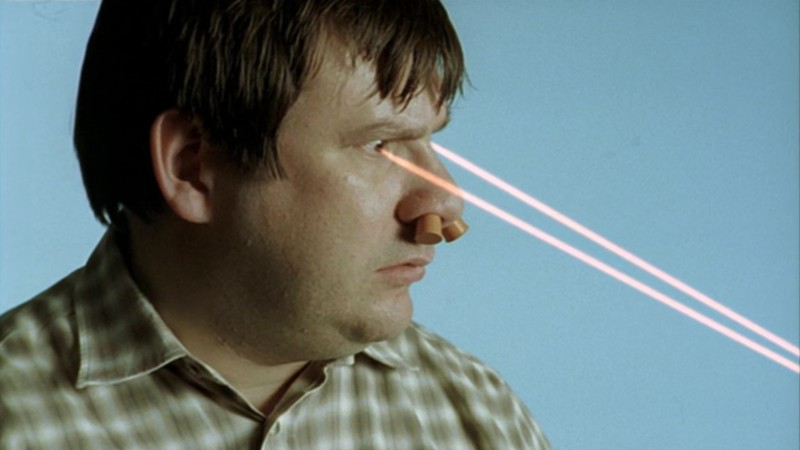
Each episode explores a different "scientific" topic—like how to make whiskey from deadly toxins, test if ants can build igloos, determine the exact number of shoes a spider needs for a fancy party, or develop a method of ghost communication using a musical synthesizer and a Bunsen burner. It’s like Monty Python got high, found an old school projector, and went rogue.
Season 2, unfortunately, ditched the format in favor of a fictional 1980s-style tech and pop culture gameshow. While the production values were still great, most of the humor didn’t land nearly as well—it just didn’t have the same razor-sharp absurdity or charm. Still, that first season? Legendary. Science has never been more stupid—and brilliant.
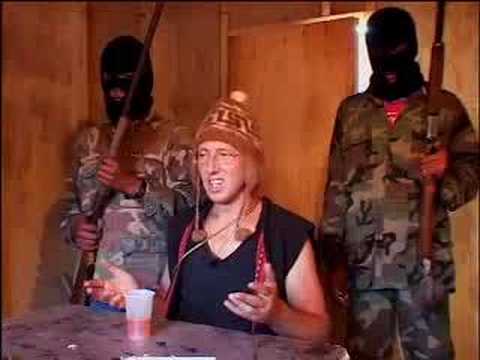
His antics are wildly varied: he contracts herpes from kissing the Blarney Stone in Ireland, gets addicted to coca leaves in South America, gets a hotel room in Mexico only for a black light to reveal copious semen stains, and somehow ends up fighting the lake monster Champ in Burlington, Vermont...right after picking dreadlocks out of his soup at lunch.
It’s awkward, weird, and often unexpectedly hilarious.
UNFORTUNATELY, it is essentially lost media... it was never released on DVD and was only briefly was it on streaming before streaming really even took off, what remains today are very low-quality resolution videos on Youtube and similar websites. I wish it was released on video so I could have it in my archive!
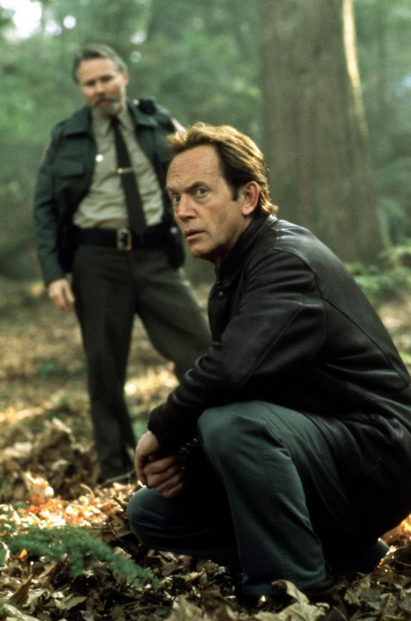
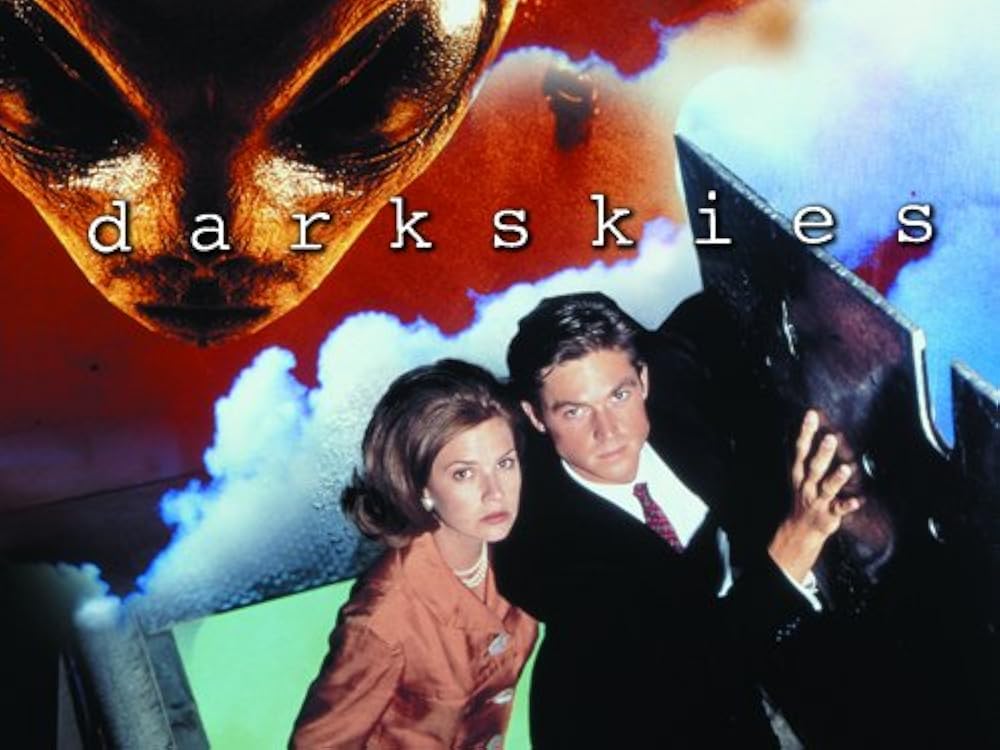
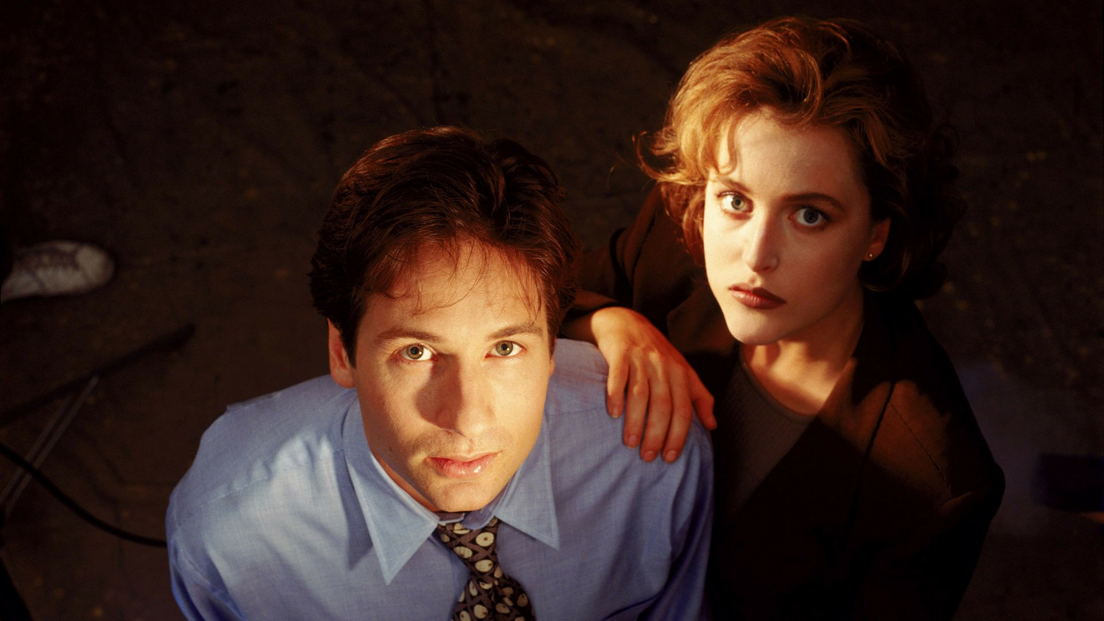
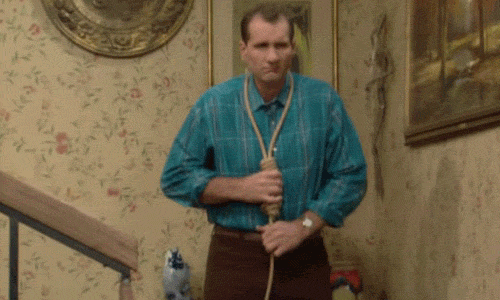
Once a high school football star, now a disgruntled shoe salesman with a sarcastic streak and a hate-hardened love for his dysfunctional family, Al anchors the show’s unapologetically raunchy and irreverent humor. With a lazy, nagging wife, two chaotic kids, and a never-ending stream of terrible luck, Al’s misery is our comedy gold. The show was outrageous, politically incorrect, and proud of it — and that's exactly what made it so great.
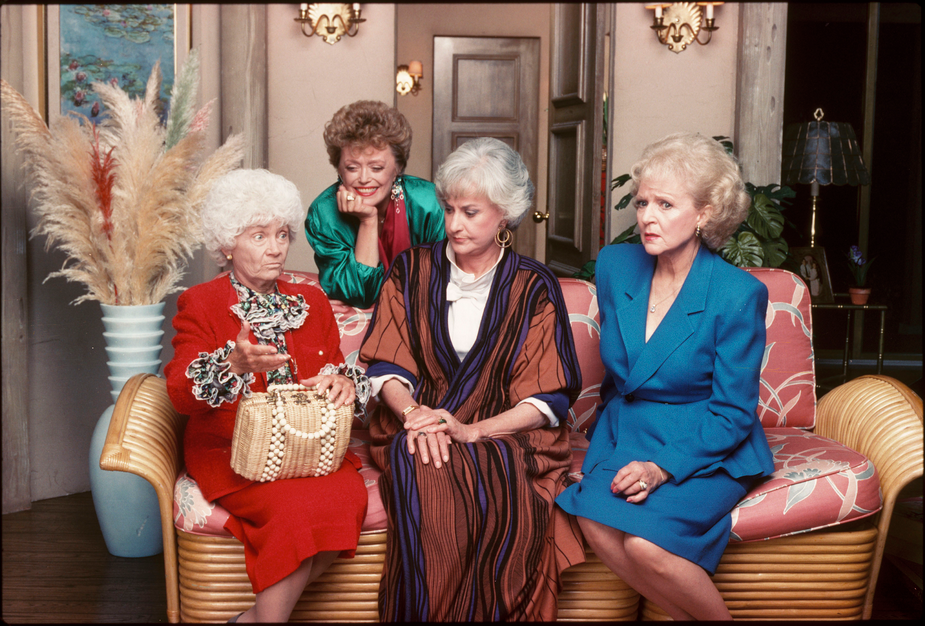
And yeah... no man likes to admit it, but it’s a great show. The writing is clever, the chemistry is off the charts, and somehow every episode manages to be hilarious, heartfelt, and just plain fun. Whether you're in it for the cheesecake or the zingers, The Golden Girls delivers.
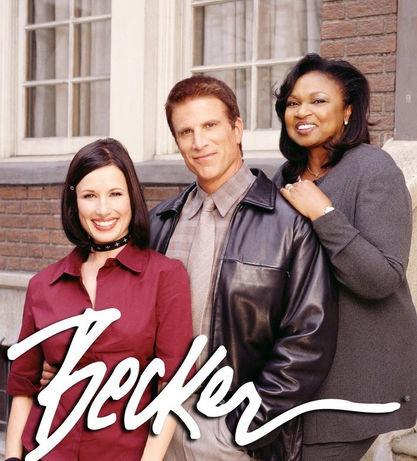
The show thrives on Becker’s relentless negativity clashing with the kindness (and quirks) of those around him, like blind newspaper stand owner Jake, clueless but lovable Bob, and sassy diner owner Reggie. It’s sharp, cynical, and full of dry humor, yet still manages to sneak in warmth and charm when you least expect it. A perfect watch if you like your sitcoms grumpy with a side of genuine.
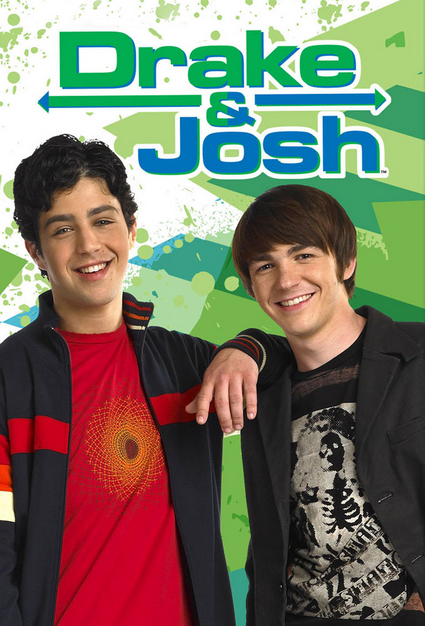
The show's slapstick humor, over-the-top situations, and unforgettable catchphrases still hit just right. Whether it's the infamous “Hug me, brotha!” or "SPHERICAL!" or Josh losing it over Oprah, the laughs never really age. Even years later, it’s one of those shows you can rewatch and still crack up like it’s your first time.
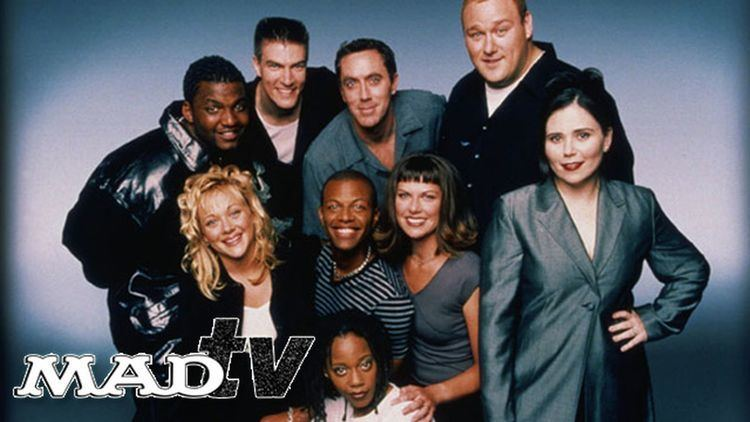
Despite what some critics or (Simpsons jokes) might've implied, everyone I’ve talked to agrees: MADtv was the superior sketch show. It didn’t rely on celebrity cameos to carry weak writing—it just brought the funny, week after week. Underrated? Definitely. But for those who watched it, it was unforgettable.

But then came that season... the one where the entire original cast was swapped out... The heart and soul of the show were gone, and what followed felt like a cheap imitation of itself. The energy dipped, the writing got much-weaker, and it just wasn’t the same. What started as must-watch TV quickly became background noise, and eventually, unwatchable. Still, those early seasons? Absolute gold.
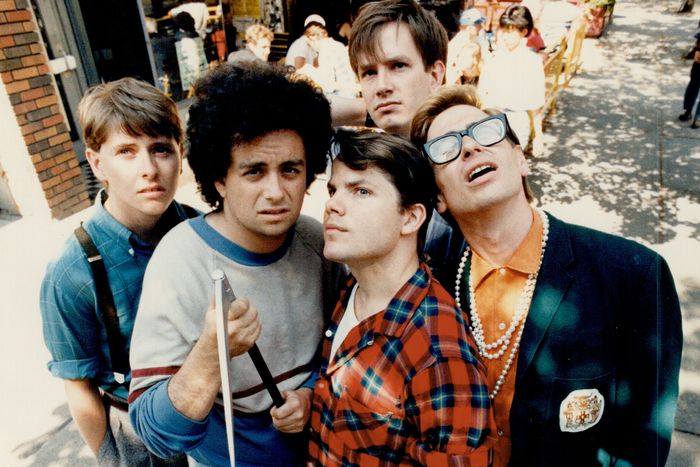
From “I’m crushing your head!” to Dave Foley in drag delivering deadpan lines, the show was unafraid to get weird, smart, and dark, often all in the same sketch. It wasn’t just funny; it was weirdly insightful and weirdly Canadian in the best possible way. An underground comedy classic that’s still got plenty of kick.
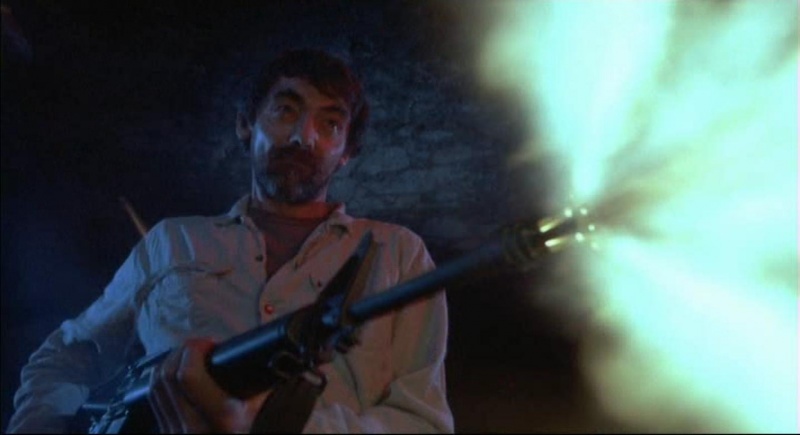
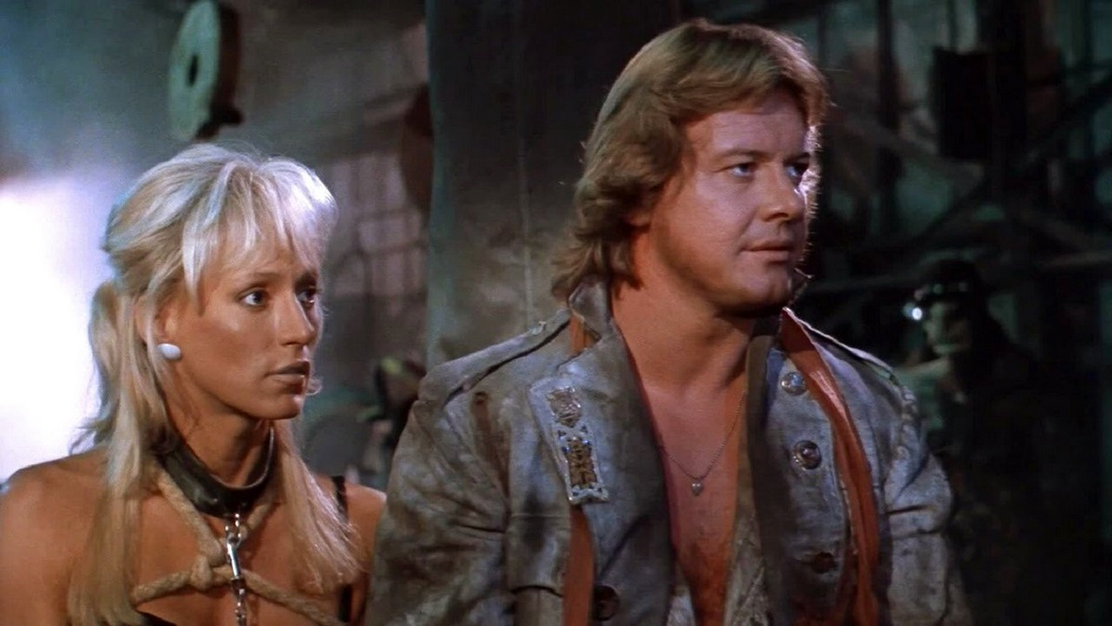
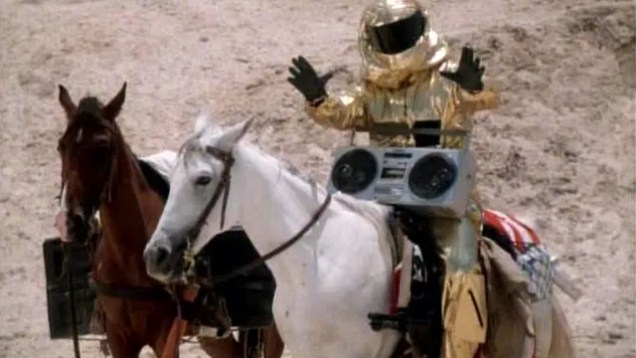
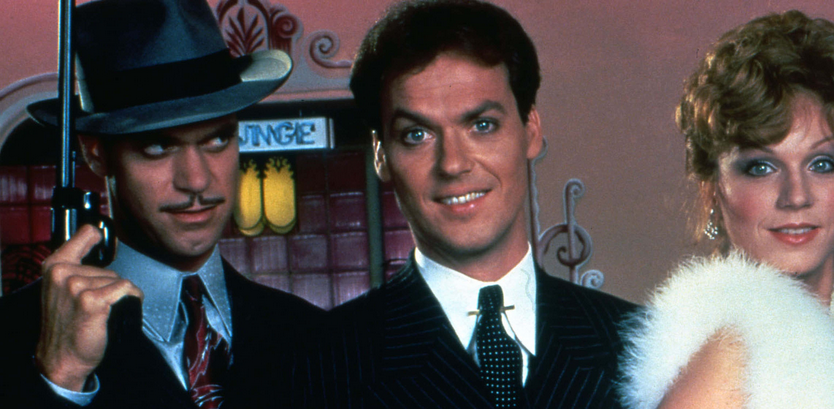
The film parodies classic gangster tropes with absurd one-liners, goofy violence, and running gags like the overly censored profanity of rival gangster Roman Moronie, who misuses words like “fargin’ icehole” and “bastige.”
Things get complicated when Johnny’s brother Tommy becomes a crusading district attorney determined to bring down organized crime — unaware his big brother is public enemy #1.
Full of over-the-top characters, slapstick chaos, and fourth-wall-breaking humor, the movie lovingly mocks old-school crime flicks with quotable absurdity. “My mother did that to me once... once.”
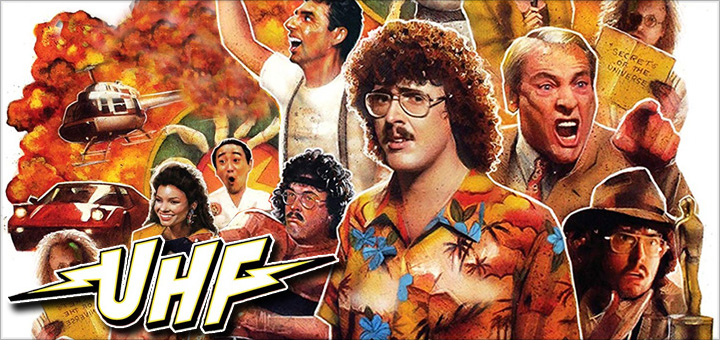
It’s a rapid-fire spoof-fest, stuffed with parodies, off-the-wall characters, and the kind of surreal humor that defined Weird Al’s career. Think of it as the spiritual cousin to Airplane! or The Kentucky Fried Movie, but with more Twinkie wiener sandwiches.
UHF isn’t just a silly movie—it’s one of my all-time favorites. It totally nails that blend of anarchic, no-holds-barred comedy and heart, and like the underdog station itself, it’s got that scrappy charm that sticks with you.
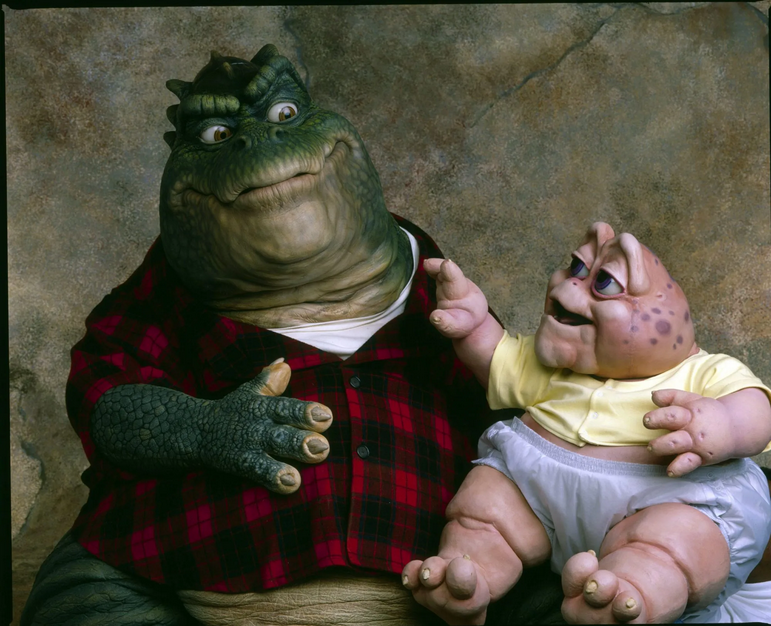
What starts off as a goofy, family-friendly satire quickly reveals itself to be shockingly sharp. The show wasn’t afraid to tackle serious issues like sexual harassment, censorship, and consumerism—all under the mask of a dino comedy with fart jokes.
And let’s be real: you love it. It’s one of everyones favorites because it strikes that rare balance between surreal puppetry, razor-sharp writing, and that delicious absurd humor. It even ends with one of the darkest—and most unforgettable—finales in TV history.
Dinosaurs is weird, bold, hilarious, and criminally underappreciated.
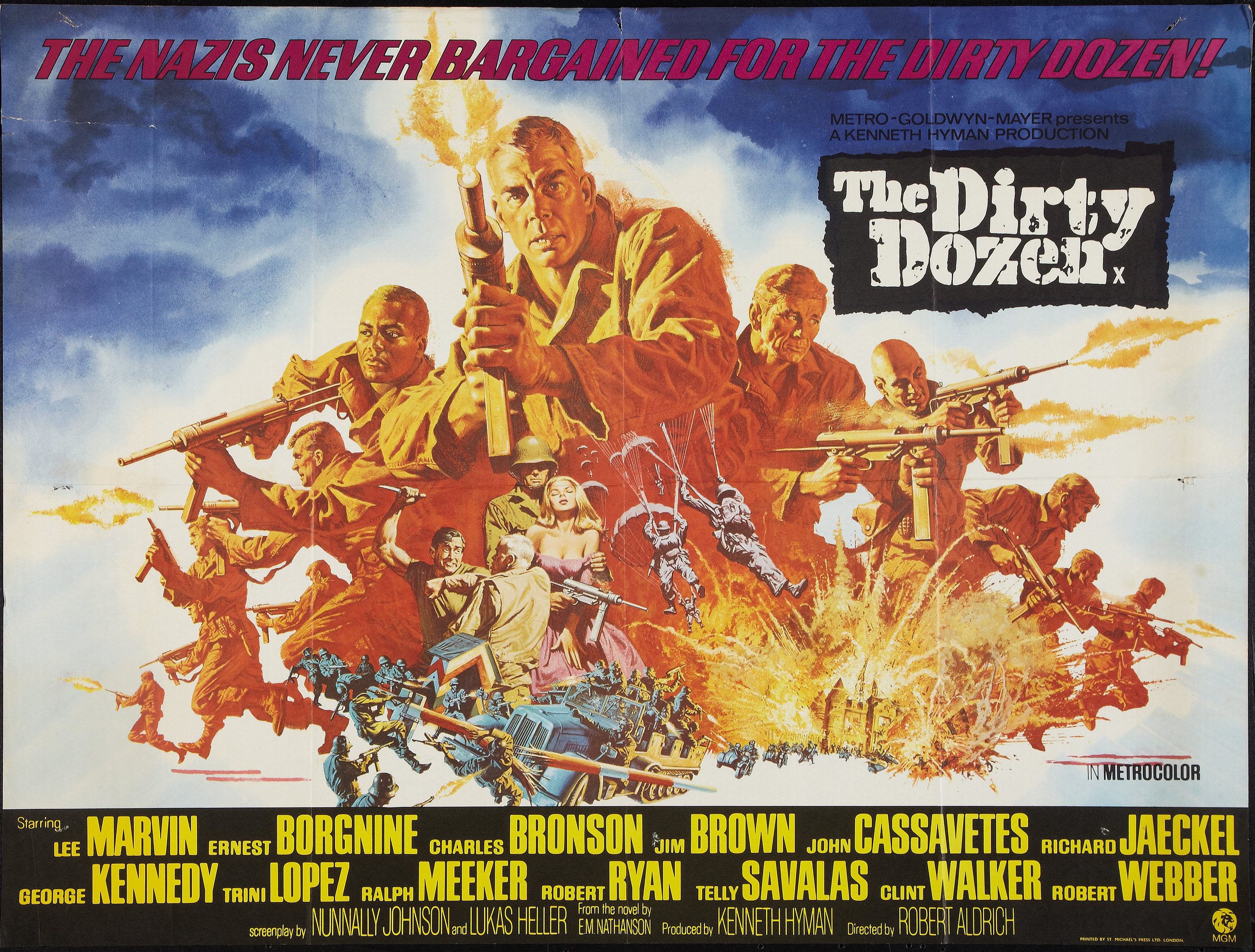
Violent, rebellious, and totally unorthodox, the dozen fight like hell — and blow a lot of it up.
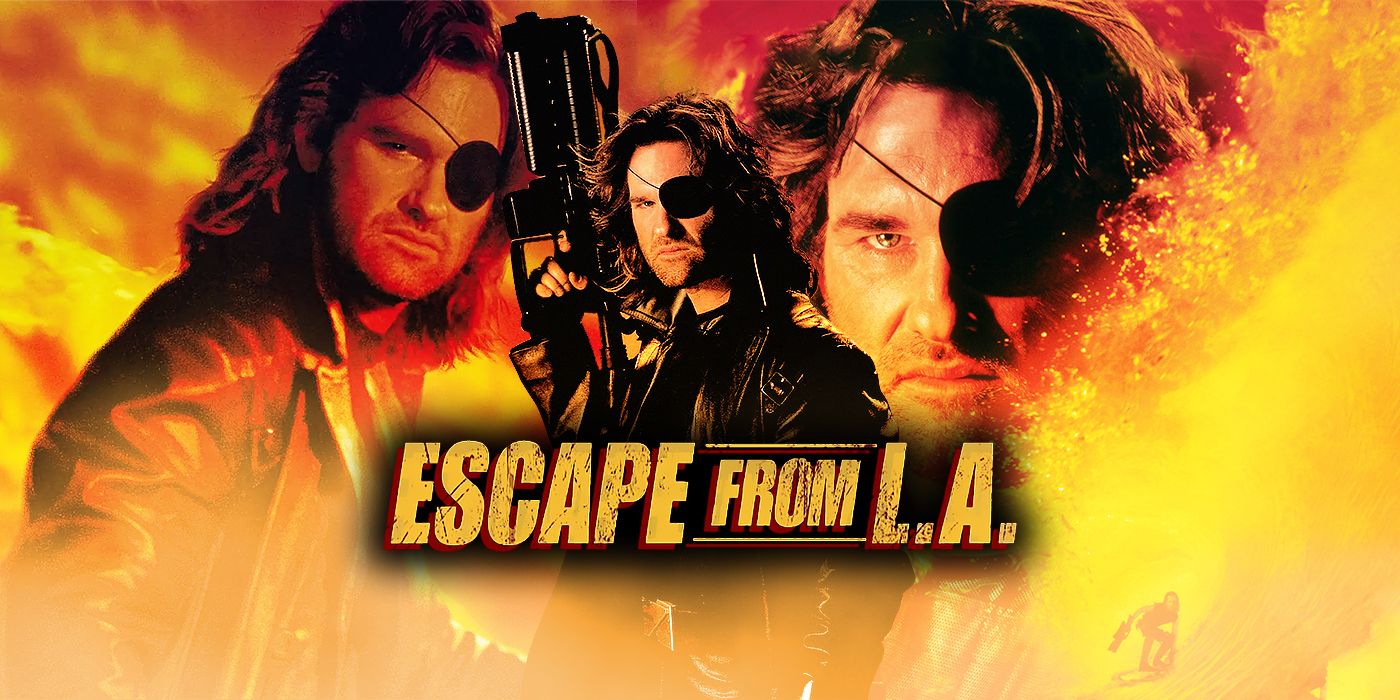
His job? Recover a stolen superweapon that could shut down the world’s tech. Along the way, he battles mutant surgeons, surfer gangs, and corrupt officials — all with his trademark snarl and don’t-give-a-damn attitude.
It’s cheesier, sleazier, and way more bonkers than the original… and that’s kind of the fun.
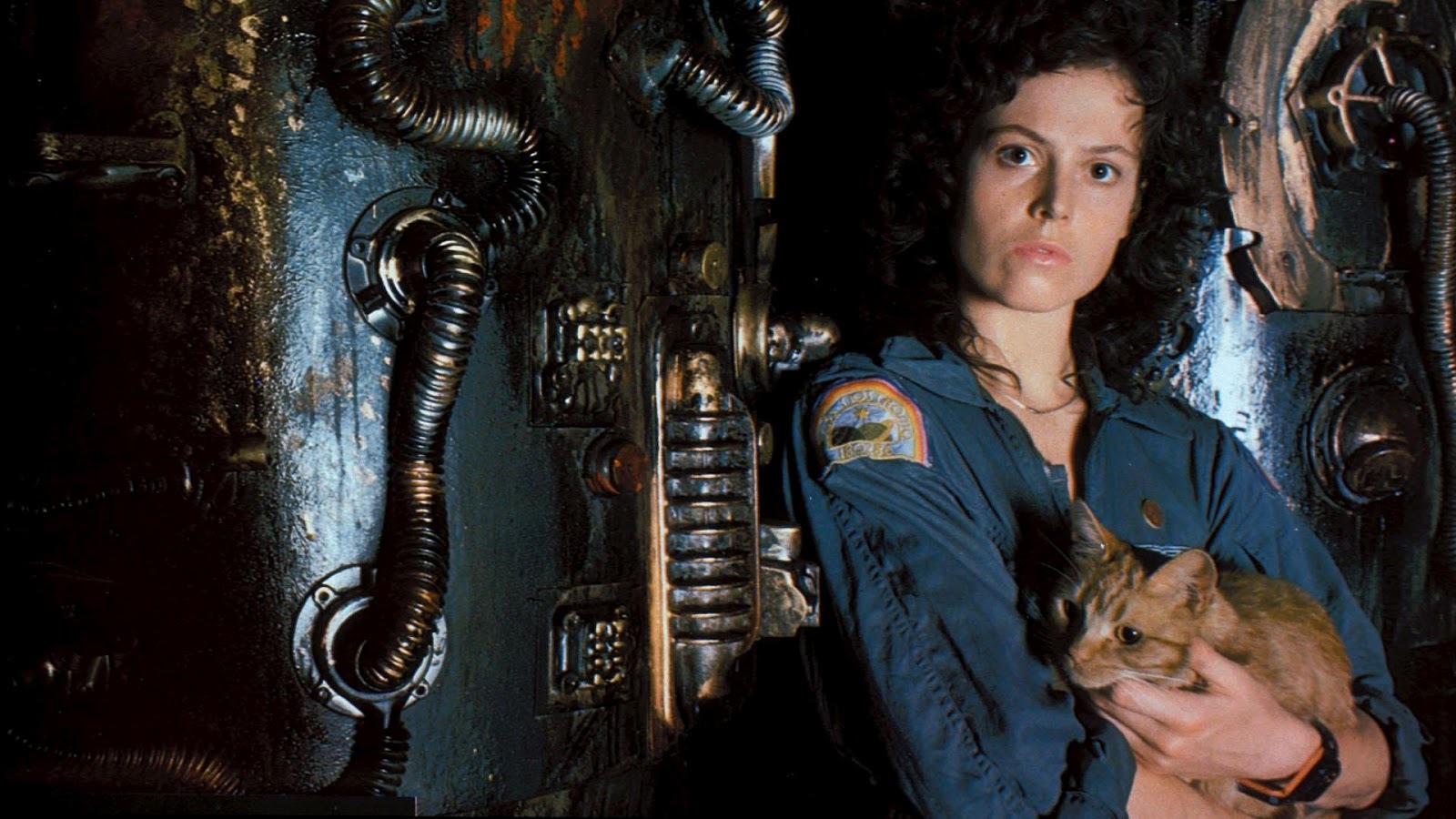
A masterclass in sci-fi horror, Alien is cold, quiet, and terrifying — in space, no one can hear you scream.
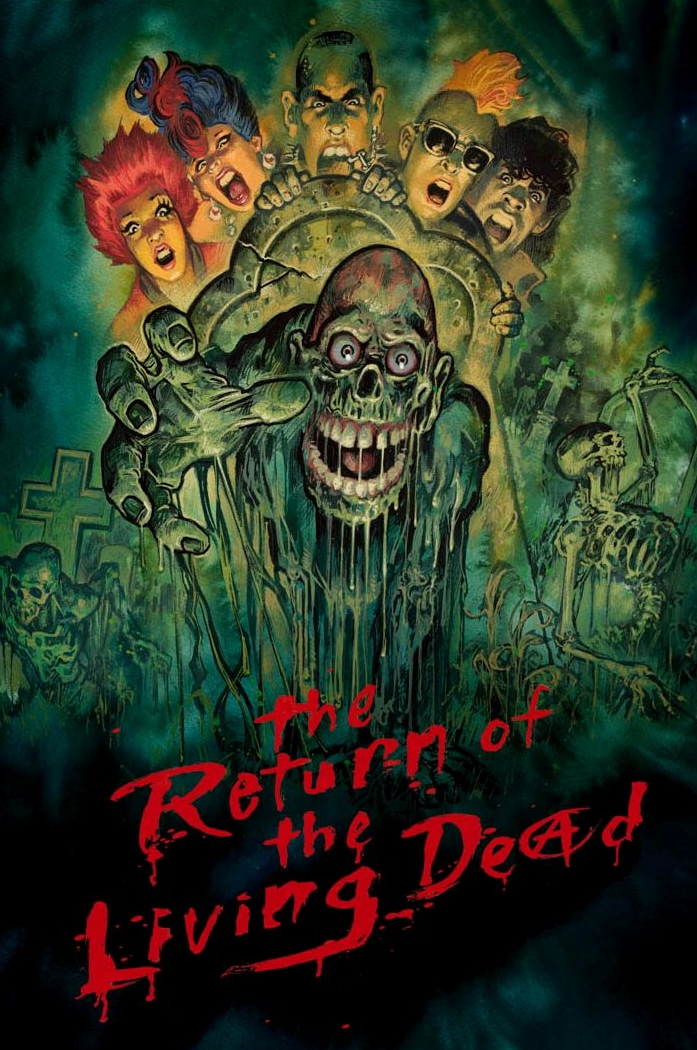
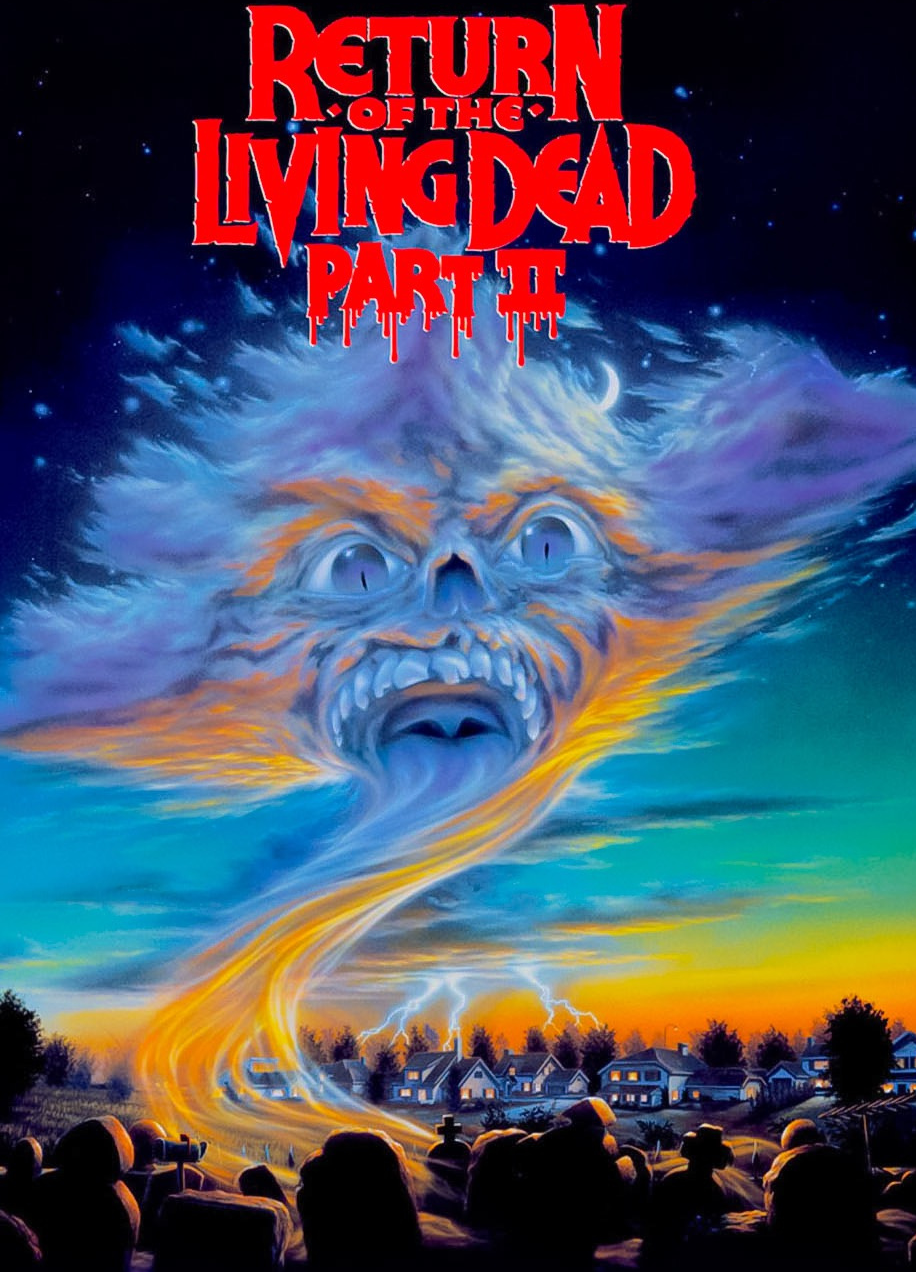
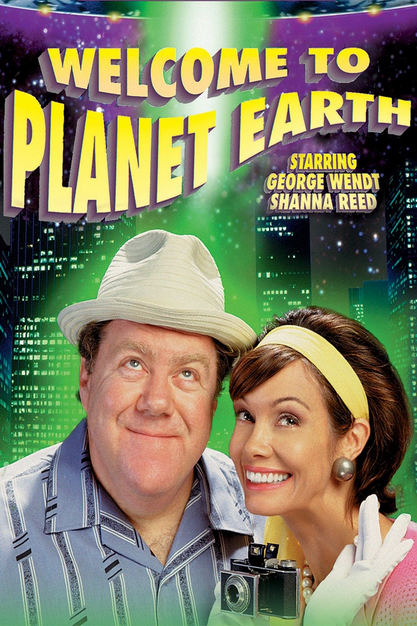
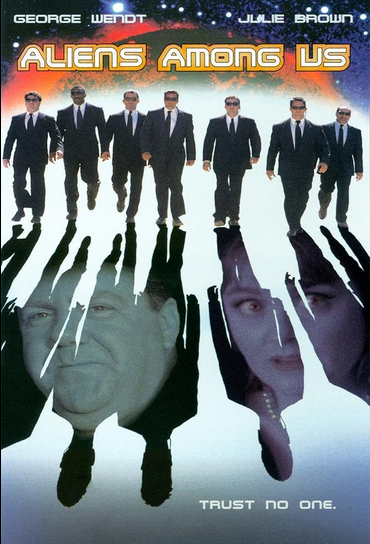
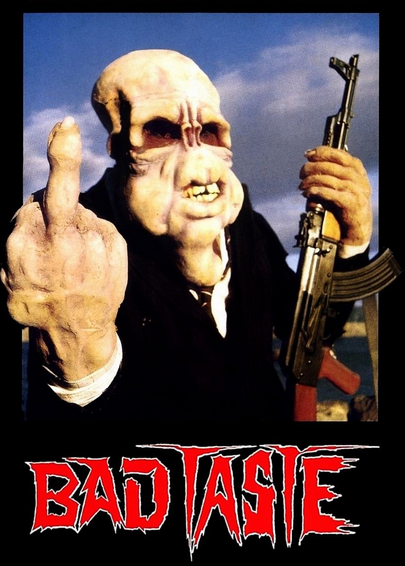
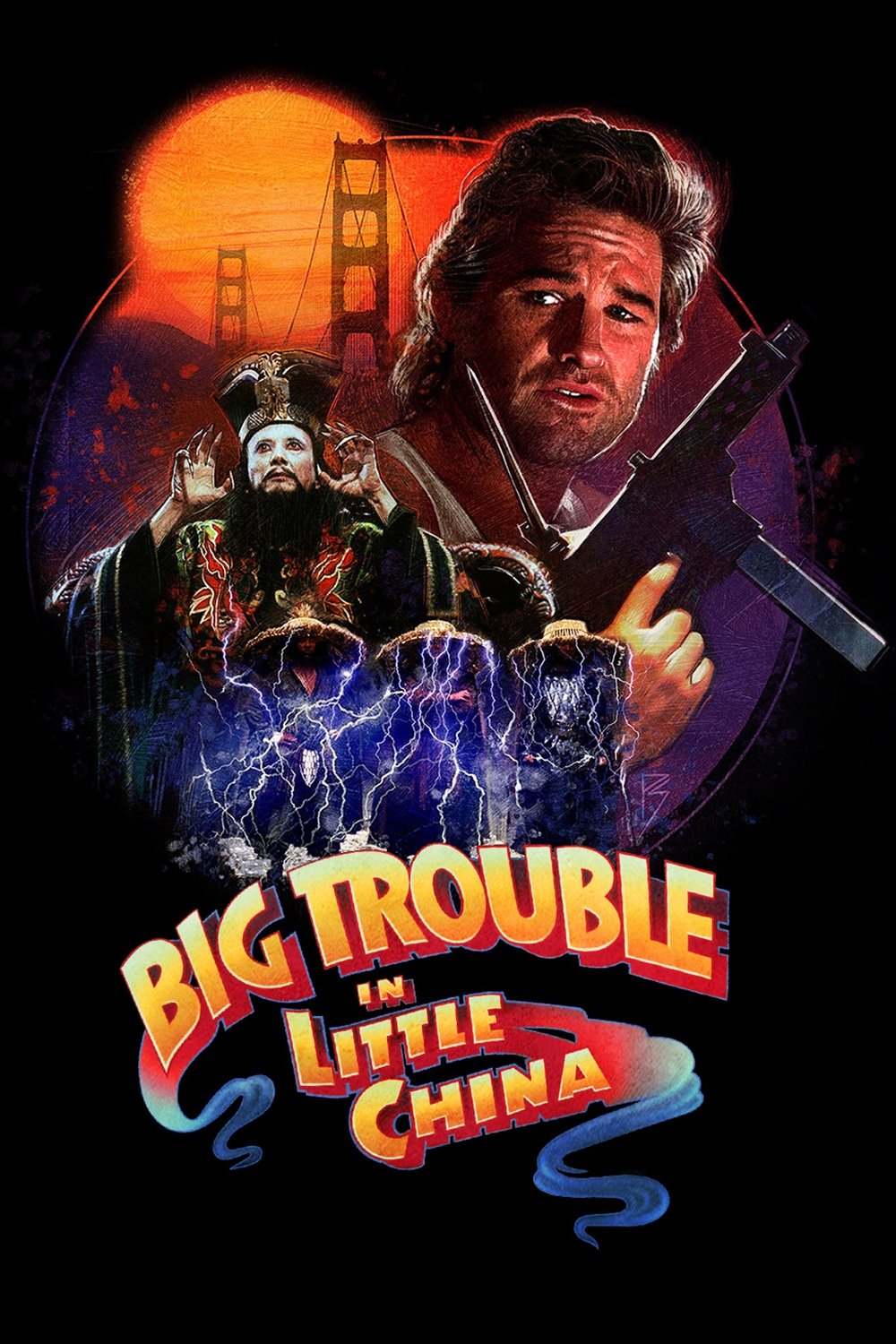
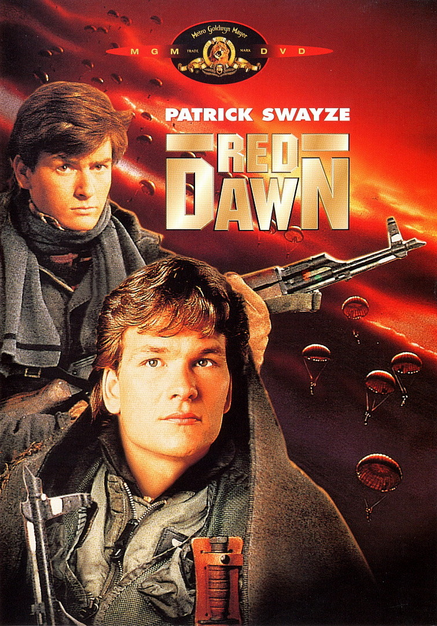
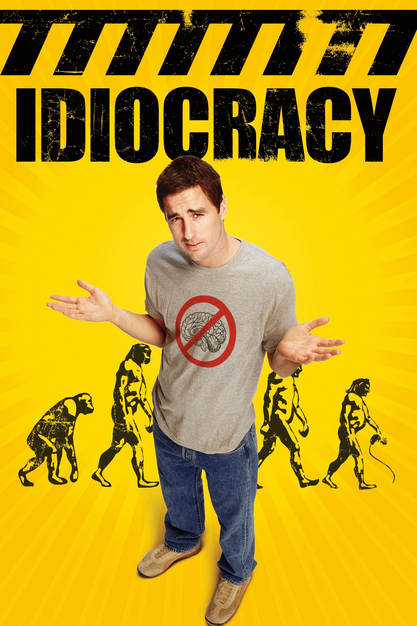
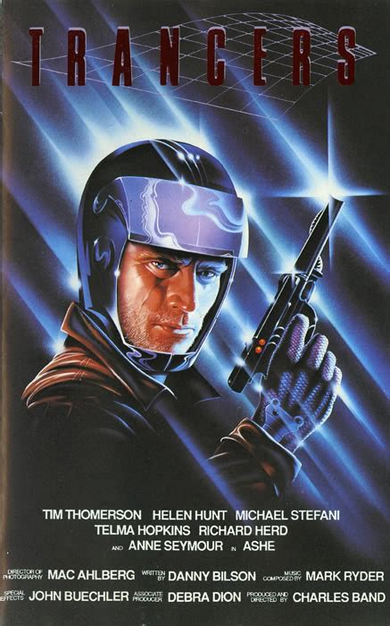
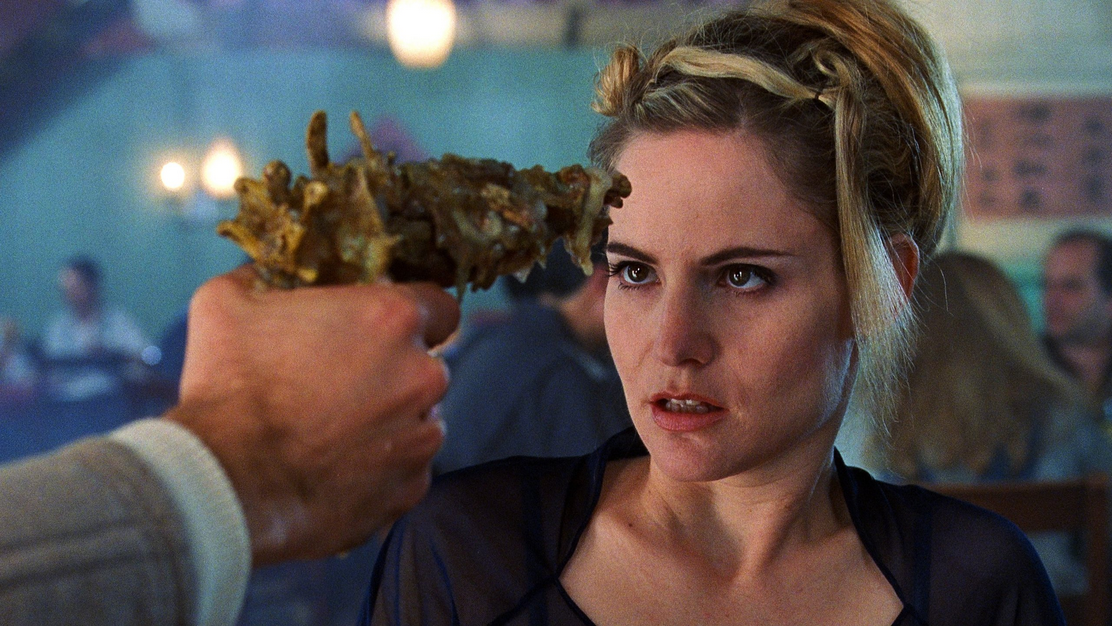
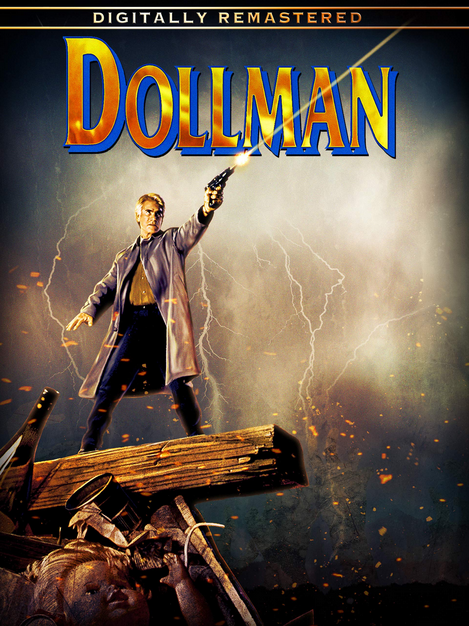
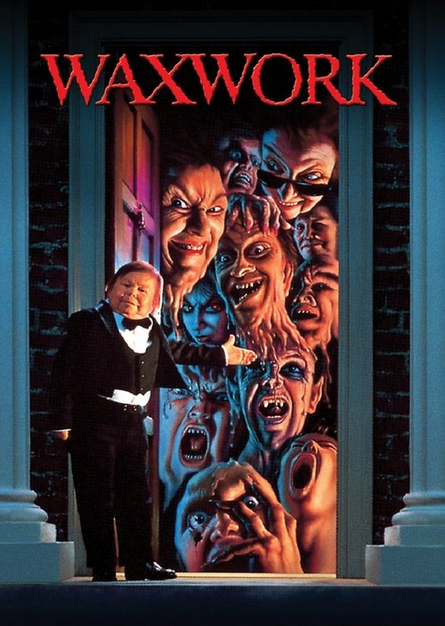
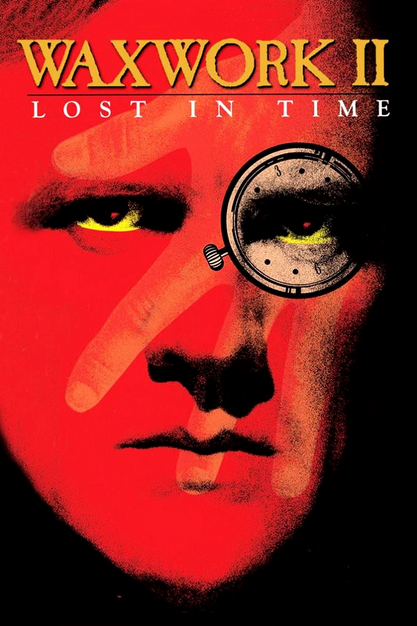
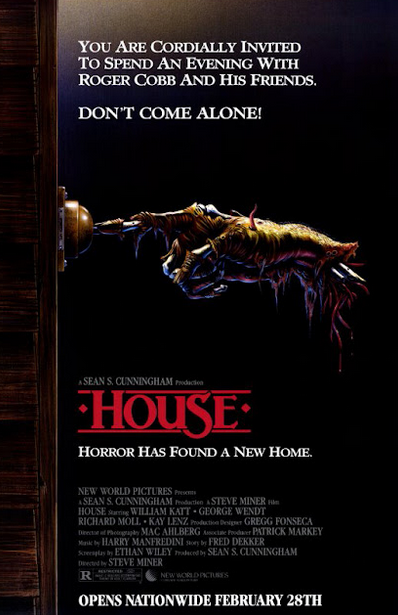
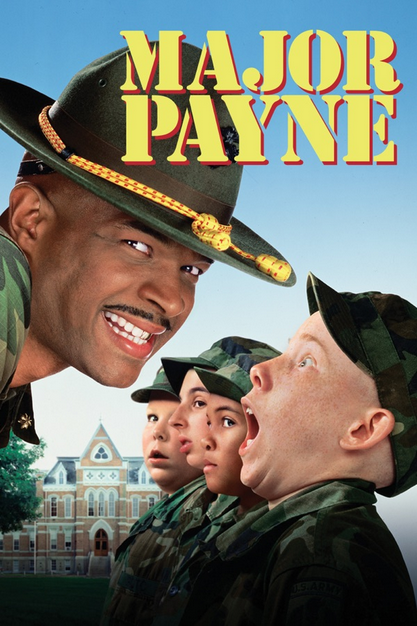
Now look—this really isn’t the kind of movie I’d normally give a second glance. Back in high school, this guy would not shut up about it. Every week it was, “You gotta watch Major Payne!” until one day he literally shoved his copy into my hands like it was the Holy Grail. I figured it was gonna be some painfully cliché kids’ flick—full of cheap gags, lame military cliches, and maybe one too many fart jokes.
But… I'll admit it. I was kinda shocked. It was actually decent. Damon Wayans somehow turns this barking caricature of a man into a weirdly likable character, and the movie manages to walk a fine line between goofy and genuinely entertaining. It’s not high art, but it’s got heart, and that’s more than I expected.
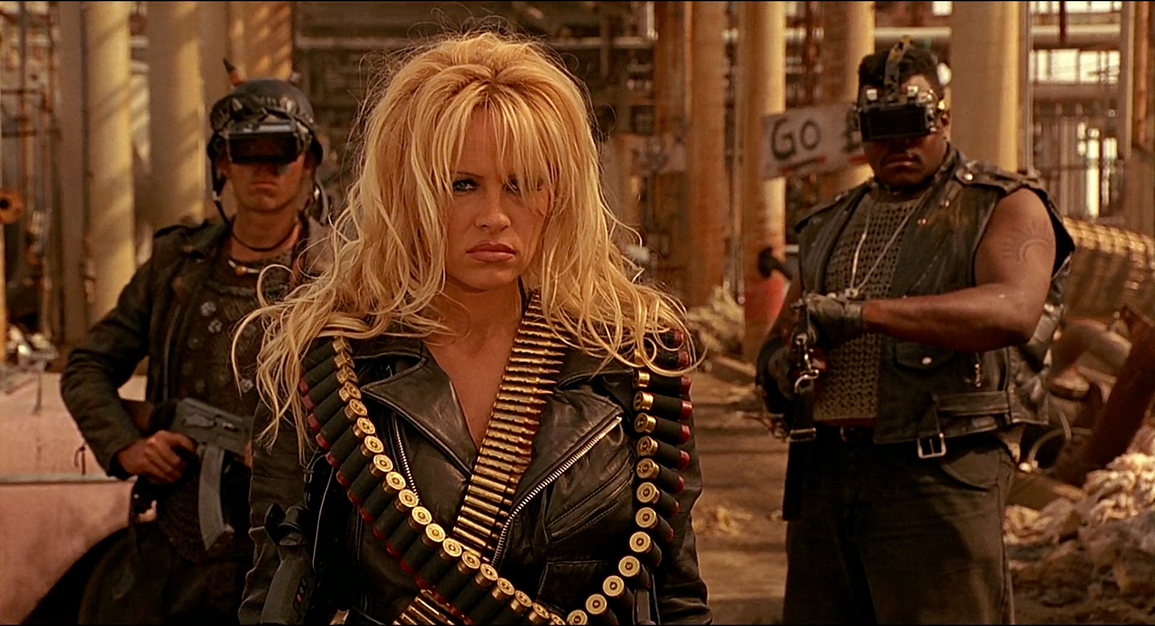

It’s weird, it’s wild, and it’s got that same mix of dystopian grit and offbeat charm. Like Barb Wire, it blends action, a touch of romance, and a whole lot of attitude. I ended up really enjoying it. The world feels lived-in and strange in all the right ways, and Melanie Griffith carries it with confidence and a smirk. Definitely worth checking out if you like your apocalypses with a little style and a lot of oddball energy.
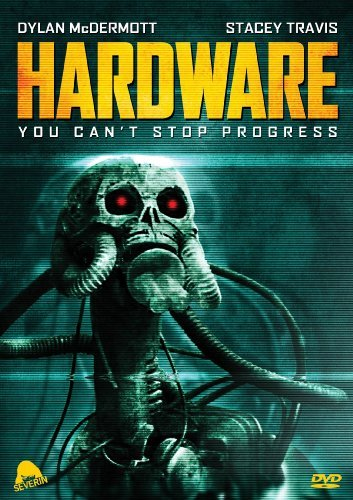
But surprise! The robot skull turns out to be part of a deadly M.A.R.K. 13 combat droid, a self-repairing, AI-driven killing machine that reactivates and rebuilds itself using whatever parts it can find. Once it's up and running, it starts butchering everyone in her apartment.
It’s tense, brutal, and drenched in that grimy industrial cyberpunk aesthetic—lots of red lighting, rusty metal, and synth music. It’s got themes of overreliance on tech, population control, and post-nuke dystopia, all wrapped up in a killer-robot slasher vibe. Very cult classic, very "what if Terminator had a fever dream in a Nine Inch Nails video."
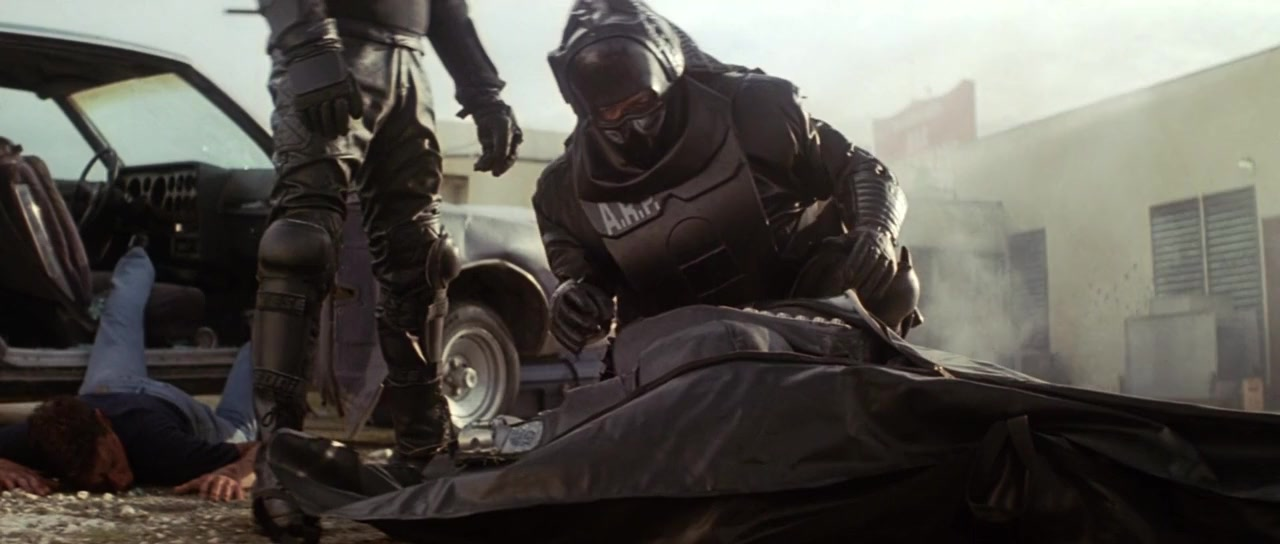
Set in a grim, high-tech future, the story follows a new CEO trying to clean up the company's shady defense contracts… only to discover they’ve already created a top-secret biomechanical killing machine controlled by a totally unhinged programmer. The robot—massive, fast, and terrifying—gets loose, and what follows is a claustrophobic, metal-crunching bloodbath through dark hallways and neon-lit labs.
It’s pure cyberpunk mayhem, with corrupt corporations, rogue AI, and a big dose of anti-authority attitude. Also one of the rare times you'll ever see a FAMAS in a movie.
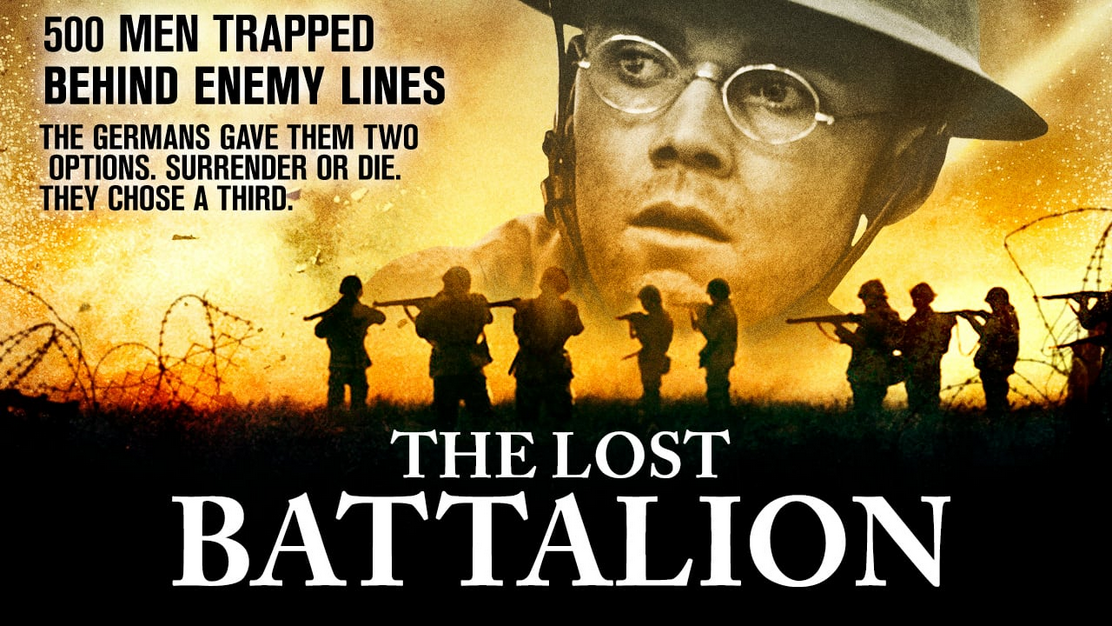
It’s intense, emotional, and unapologetically raw. Basically the Saving Private Ryan of World War I films—grimy, violent, and focused on brotherhood, sacrifice, and survival against impossible odds.
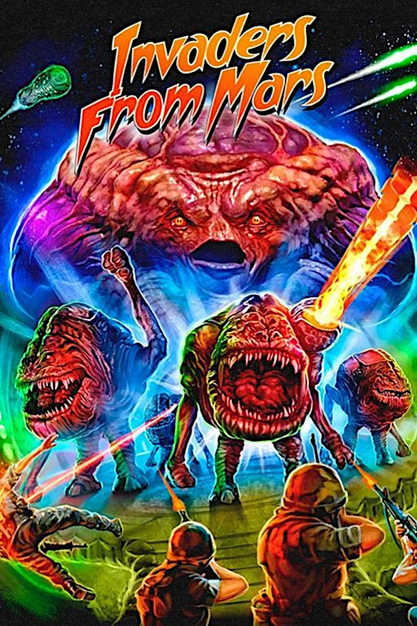
The story follows a young boy who sees a UFO land behind his house—and soon realizes the adults around him, including his own parents, are acting strangely. (IE: talking like robots and eating raw meat.) Turns out, aliens are taking over people’s minds, and it’s up to the kid (with help from a school nurse and the military) to stop the invasion.
It’s campy, colorful, and absolutely drenched in that nostalgic, practical-effects-heavy sci-fi horror feel. A little goofy? Sure. But also a loving homage to classic sci-fi with Hooper’s signature weirdness stamped all over it.
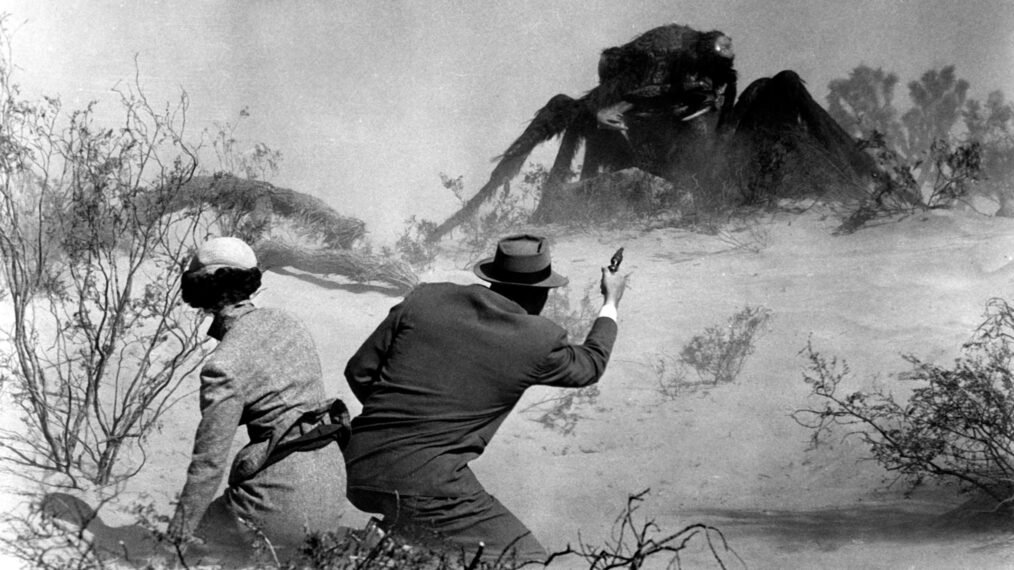
What sounds like B-movie cheese is actually a surprisingly dark and eerie film that holds up to modern standards, with a slow-burn mystery, stark black-and-white visuals, and a real sense of dread as the ants spread across the country. The early scenes, especially, play more like a dark horror-thriller than a typical creature feature.
Despite the giant insect premise, Them! keeps things grounded and serious, with a constant sense of urgency, and that’s what makes it stand out. The atmosphere is creepy, the acting is solid, and the tension still works even today. It’s not just “good for the '50s”—it’s just plain good.
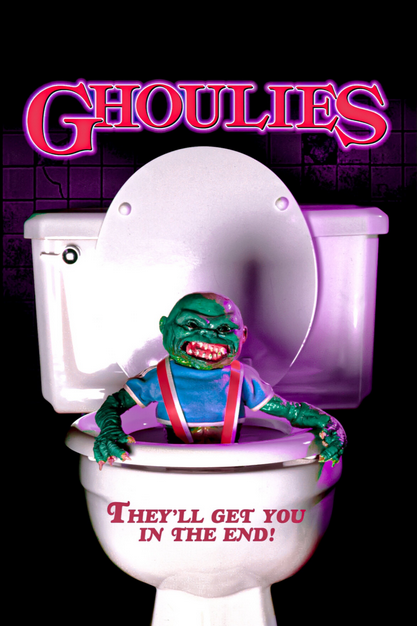
It’s got puppets, pentagrams, glowing eyes, and one of the most memorable VHS covers of the era—yep, the infamous toilet-dwelling ghoulie. It’s not exactly high cinema, but it leans hard into its goofy charm and practical effects, with just enough gore and demonic-shlock to make it a cult classic.
Is it dumb? Yes. Is it fun? Also yes. But like the sequel its also kinda fucked up. Perfect for late-night horror marathons when you want something trashy, creepy, and kinda 80s in a messed-up way.
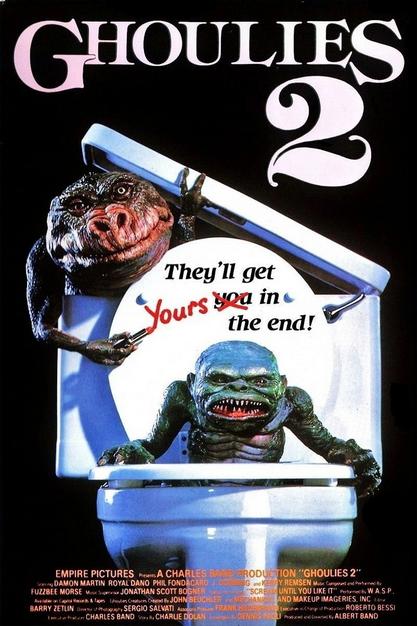
Unlike the goofier tone of the first film, Ghoulies II veers into much more twisted territory. The humor gets uncomfortable at times—like the scene where the ghoulies literally stab a teenager to death, wrap him like a mummy, and prop him up in the haunted house. The guests? They think it's part of the show and start cheering and clapping. Kinda fucked up. There's also a scene where a ghoulie pops up from a toilet a guys sitting on and bites his ballsack.
It’s gorier, meaner, and still full of creature-feature charm, but this one definitely has an edge that makes it feel way more messed-up. If the first movie was mischievous and campy, this sequel is full-on dark sadism with a carnival backdrop—and somehow that makes it even more memorable in a totally deranged, messed-up kinda way.
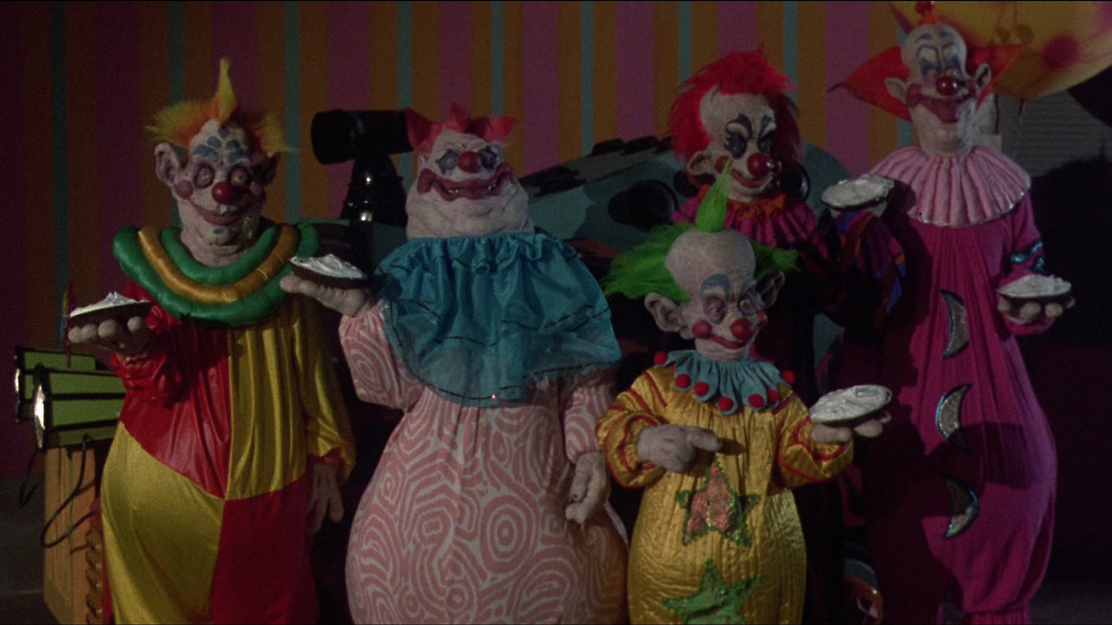
What’s bizarre is that there’s still no sequel, even though the Chiodo Brothers (the original creators) have been talking about one for over a decade. Especially since there’s clearly renewed interest—theme parks have built Killer Klowns haunted attractions for Halloween, the merch shows up in costume shops every year, and now there’s even a multiplayer video game keeping the legacy alive. Not to mention official-licensed releases of covers of the main movie's main theme song.
Also, fair warning: if you’ve got coulrophobia (fear of clowns), this movie might seriously mess you up. These aren’t your average clowns—they’re towering, monstrous, sharp-toothed nightmare fuel wrapped in circus colors. Silly on the surface, terrifying underneath. Good thing I don't; though I have to say the acid-pies in the face scene was kinda uncomfortable as someone with a love of pie-in-the-face humor as a goofy eccentricity.
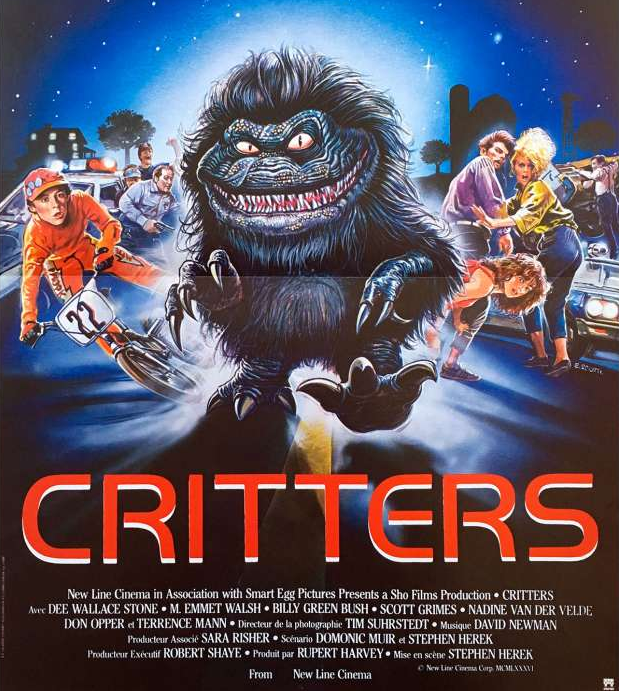
The first four flicks take the basic premise—tiny alien creatures with endless teeth and bottomless stomachs—run wild with it, going from small-town chaos to space-alien bounty hunter showdowns and even in-space shenanigans. They're fun, creepy, and just the right kind of weird.
And yeah, despite scaring the hell out of me, this series was somehow my absolute favorite as a kid when it came to monster movies—or at least one of them. Something about those nasty little fuzzballs just stuck with me. Maybe it was the mix of practical effects, goofy humor, and genuine horror. Either way, Critters 1–4 hold up as a cult classic creature-feature binge... and the rest can rot in a space dumpster.
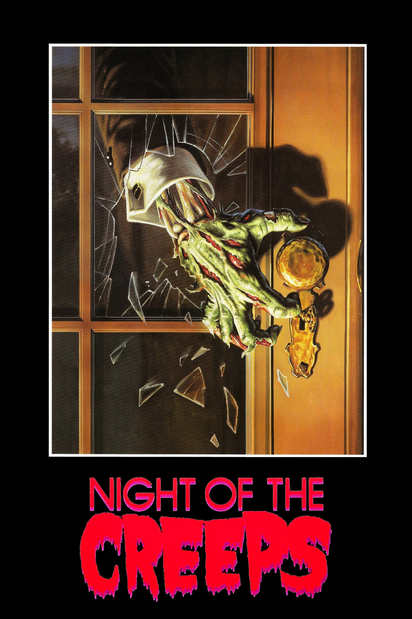
It’s packed with B-movie goodness, practical gore, and some truly ridiculous one-liners and other memorable lines. "I got good news and bad news, girls. The good news is your dates are here." "What's the bad news?" "They're dead." You’ve got brain slug zombies, axe murderers, frat boys, flamethrowers, and a grizzled detective who seems like he walked in from a completely different, darker movie—and somehow it all works.
It’s funny, gross, and weirdly heartfelt. A love letter to ‘50s creature features and Romero zombie flicks with an ‘80s party movie attitude. If you haven’t seen it, prepare for alien slug-infested chaos.
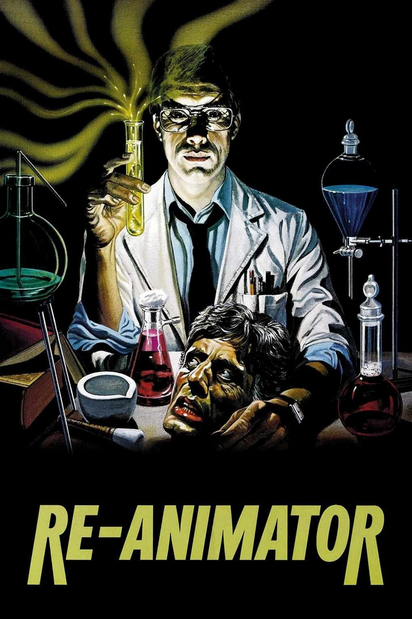
Jeffrey Combs is phenomenal as Herbert West, the twitchy, obsessive medical student who invents a glowing green serum that can bring the dead back to life… badly. What follows is a nonstop parade of exploding guts, reanimated corpses, severed head shenanigans, and pitch-black humor.
It may not be faithful Lovecraft, but it absolutely nails that mad science gone too far energy and delivers one of the most memorable horror films of the ’80s. It’s gory, outrageous, and completely unhinged—in all the right ways.
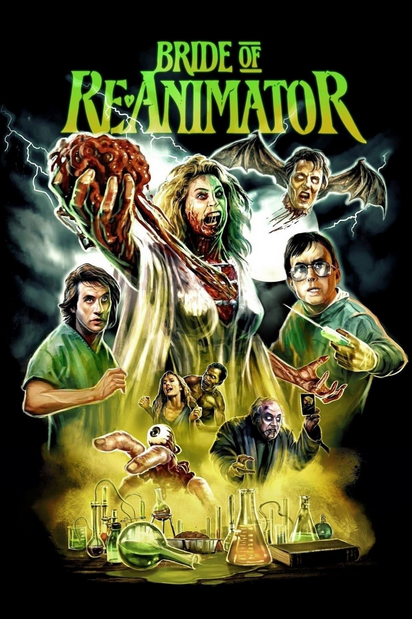
Jeffrey Combs returns in full unhinged form as Herbert West, still experimenting with his glowing green serum and dragging his increasingly horrified colleague Dan Cain along for the ride. It’s gorier, weirder, and somehow even campier than the first, with re-animated eyeballs on fingers, mutant monstrosities, and a corpse bride that looks like she crawled out of a fever dream.
Like its predecessor, it’s only barely based on Lovecraft—and only in the sense that a cheeseburger is technically a sandwich. But even if it strays far from the source, it’s a gross, gory, and gloriously bizarre sequel that leans hard into the mad science and over-the-top practical effects. Not as tight as the first film, but definitely a bloody good time.
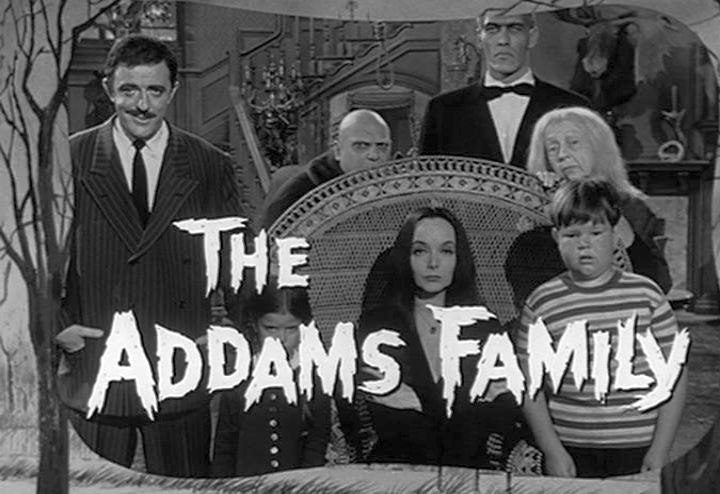
What made it shine was the charm: the lovable John Astin’s delightfully manic Gomez, Carolyn Jones’ elegant and deadpan Morticia, and the whole creepy crew—from hulking butler Lurch to the disembodied hand Thing—living their best gothic lives while confusing the "normal" folks around them.
It’s a sitcom, sure—but with a twist of morbid humor, genuine heart, and an eccentric humor well ahead-of-its-time. The Addams weren’t scary—they were loving, supportive, and way more wholesome than the “normal” people trying to figure them out. It’s not just a classic—it’s a cultural institution that proved being weird is wonderful.
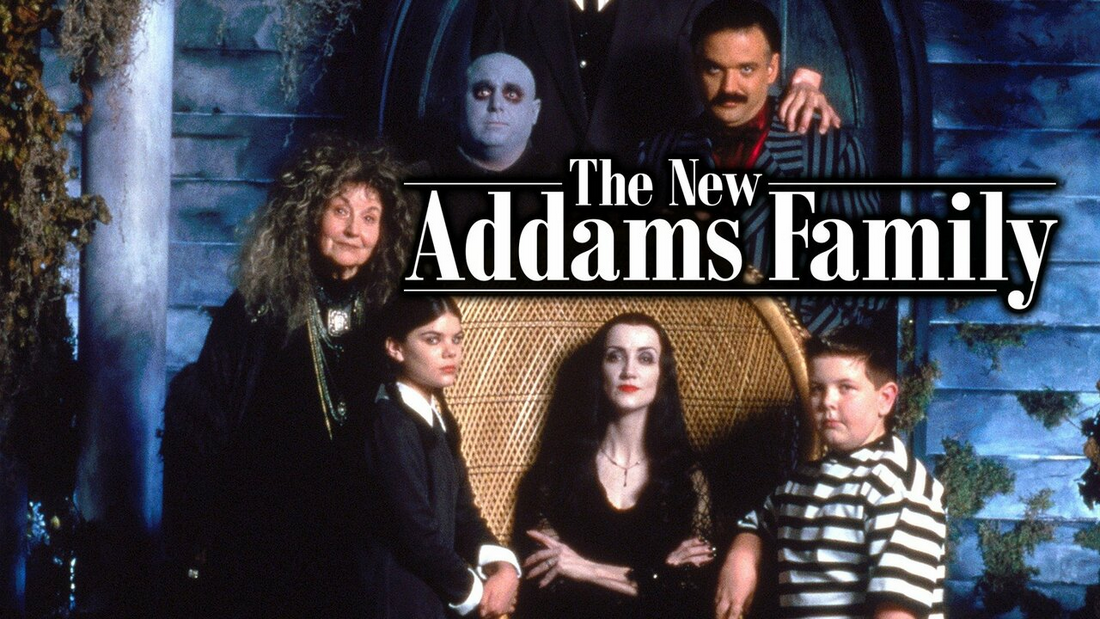
But despite its effort, it just didn’t quite capture the same gothic charm or crackling chemistry of the original. The humor was a little broader, the tone a little more cartoonish, and the overall vibe leaned more toward kid-friendly slapstick than the sly, morbid wit fans remembered. Think a ghost hunter getting pied in the face by a ghost.
In the end, it quietly vanished into the shadows, like a forgotten cobwebbed relic in the Addams' attic. It’s now surprisingly hard to find, with little fanfare or re-releases—an odd little footnote in the family’s long, undead legacy.
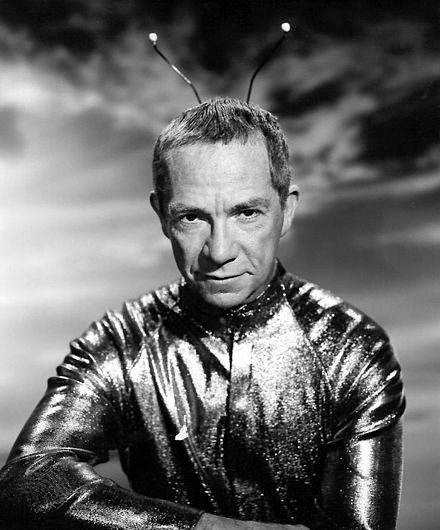
The show follows Tim O’Hara, a newspaper reporter who discovers a stranded Martian—played with impeccable dry wit by Ray Walston—and decides to hide him as his eccentric “Uncle Martin.” What follows is a steady stream of invisibility, levitation, mind-reading hijinks, and Martin trying to blend into human society while staying one step ahead of nosy neighbors.
Despite the goofy premise, the show has real heart. The chemistry between Martin and Tim (played by Bill Bixby) is what sells it—a buddy comedy disguised as a space-age sitcom. The sci-fi gadgets were fun, the moral lessons subtle, and the writing never talked down to its audience.
Even decades later, it holds up remarkably well, thanks to its clever scripts, likable leads, and a tone that’s silly without being stupid. It’s still a blast to watch, and honestly? More shows could stand to be this weird and warm.
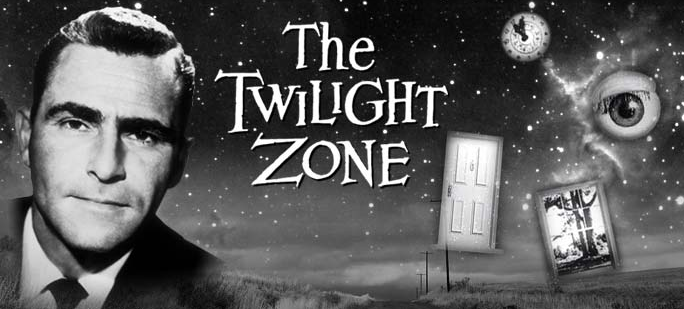
What made the original Twilight Zone so powerful wasn’t just its twist endings or spooky setups—it was how cleverly it held up a mirror to society, sneaking in critiques of war, conformity, paranoia, and human nature under the guise of aliens, time travel, and haunted ventriloquist dummies. Serling, a brilliant writer and staunch advocate for creative freedom, made sure the show stood out—smart, subtle, and with real emotional weight.
Episodes like “Time Enough at Last,” “The Monsters Are Due on Maple Street,” and “Nightmare at 20,000 Feet” are still referenced today for good reason: they’re chilling, relatable, and often uncomfortably relevant even decades later.
It’s more than just an old black-and-white show. It’s a masterclass in storytelling, proving that with a tight script and a clever idea, you don’t need big effects to leave a big impact. Every episode was a door to another dimension—and we’re still walking through them.
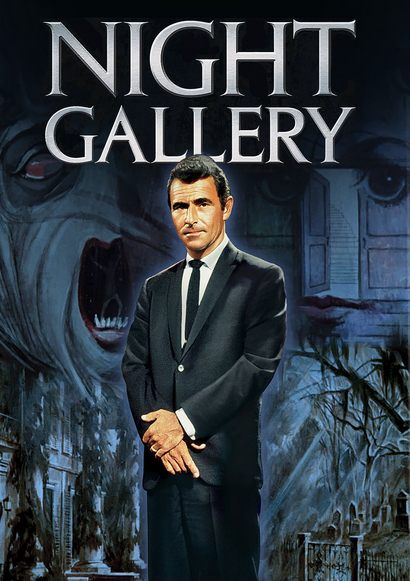
Where Twilight Zone leaned more into sci-fi and morality plays, Night Gallery fully embraced the gothic, the supernatural, and the psychologically disturbing. Each episode was introduced by Serling himself standing in a gallery of eerie paintings—each one depicting the twisted story to come.
It didn’t always hit the same highs as its predecessor, but when it worked, it really worked. One shining example is the adaptation of H.P. Lovecraft’s “Pickman’s Model”—a creepy, atmospheric tale about a painter whose monstrous inspiration turns out to be horrifyingly real. It’s one of the rare times early TV dipped directly into Lovecraftian horror—and actually nailed the tone.
If you're a fan of vintage horror with a touch of class and dread, Night Gallery is absolutely worth dusting off. It may lurk in the shadow of Twilight Zone, but it casts a haunting presence all its own.
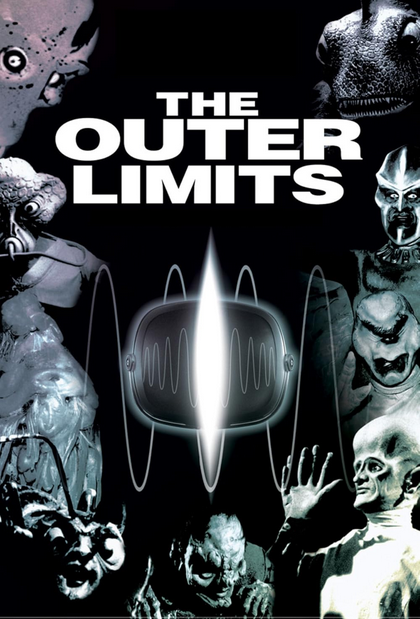
“There is nothing wrong with your television set. Do not attempt to adjust the picture...”
Unlike Twilight Zone, which often dealt with personal morality and irony, The Outer Limits was pure speculative sci-fi horror, often featuring grotesque creatures, alien invasions, government conspiracies, and twisted experiments gone wrong. It pushed boundaries for its time, both visually and thematically, and had a real knack for making you feel uneasy—not just creeped out, but unnerved in a cosmic, "you’re not in control" kind of way.
Episodes like “The Architects of Fear” and “Demon with a Glass Hand” (written by Harlan Ellison) showed off just how smart, haunting, and ahead of its time the show could be. The effects may be vintage, but the ideas still hit hard.
It’s not as widely remembered as Twilight Zone (or even the remake of the series itself,) but if you like your science fiction with a healthy dose of paranoia, the original Outer Limits is a must-watch—creepy, thoughtful, and totally unforgettable.
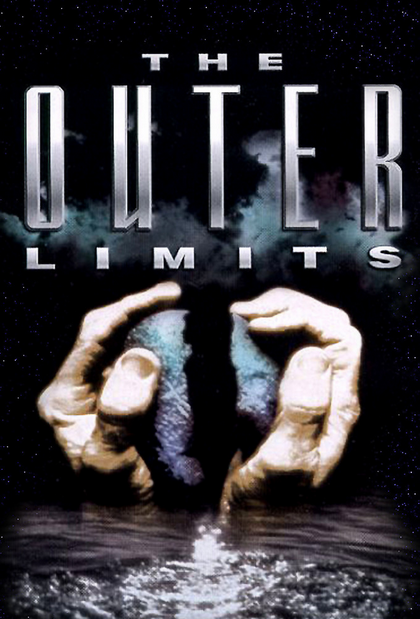
It definitely wasn’t bad, and when it worked, it delivered solid twists, ethical dilemmas, and that unnerving sense of cosmic horror the franchise is known for. But it wasn’t always consistent—some episodes leaned too far into melodrama, others too far into edgy-for-the-sake-of-it territory or just plain preachy and pretentious. Still, the production values were decent, and it found a loyal audience during its run.
Oddly enough, this remake is now more well-known than the original 1963 series, especially among younger audiences who caught it on late-night cable reruns. It may not have always been on top, but it helped keep the anthology sci-fi format alive in the '90s and early 2000s—and for that, it earns its place in the genre’s weird, glowing hall of fame.
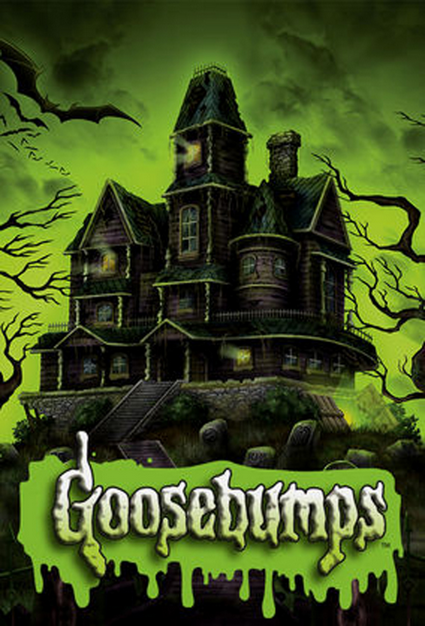
Each episode tackled a different creepy tale: haunted masks, evil ventriloquist dummies, werewolves, cursed cameras—you name it. The effects were cheesy, the acting was hit-or-miss, and the scares were PG at best… but it didn’t matter. When you were a kid, Goosebumps felt creepy in just the right way.
And even now? It’s still a fun rewatch. Sure, it’s tame, but anthology horror is still anthology horror, and there's something comforting about revisiting those spooky, fog-machine-filled childhood memories. It’s campy, it’s nostalgic, and sometimes that’s exactly what you need.
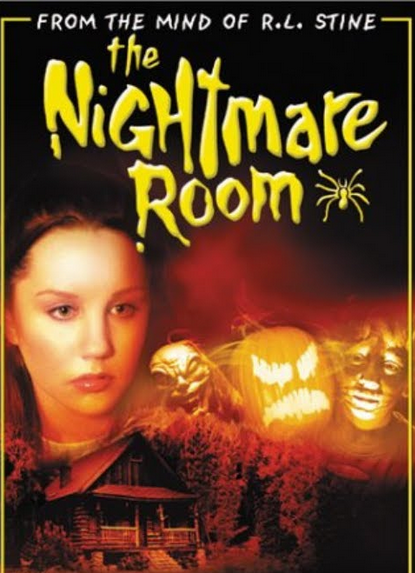
Each episode featured a different tale of terror: haunted lockers, cursed mirrors, ghostly warnings, and even sci-fi body horror. It had a spooky intro narrated by James Avery (yep, Uncle Phil from Fresh Prince of Bel-Air), and even featured young guest stars who would go on to be big names—including Amanda Bynes in the very first episode.
While it never reached the popularity of Goosebumps or The Haunting Hour, The Nightmare Room still holds up as a fun, eerie slice of early 2000s kid horror. It had a more serious tone, a bit more bite, and a nice mix of moral lessons and Twilight Zone-style twists. It may be lesser-known, but for fans of creepy anthology shows, it’s absolutely worth digging up from the vault.
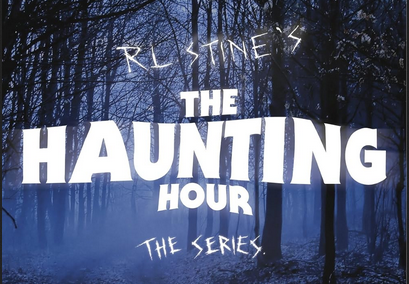
One standout episode involves a group of kids who breathe in strange spores that slowly turn them into fungus-controlled zombies, eventually becoming part mushroom themselves. It’s disturbingly well-done, like a mashup of Matango and The Last of Us, complete with body horror, paranoia, and a dark, lingering tone that’s way beyond what you’d expect from a “kids’ show.”
The series didn’t talk down to its audience—it explored fear, death, loss, identity, and all kinds of disturbing "what-ifs" with real atmosphere and style. It’s smarter, darker, and way more intense than Goosebumps was, and it holds up shockingly well for older viewers who appreciate good anthology horror with a twisted edge.
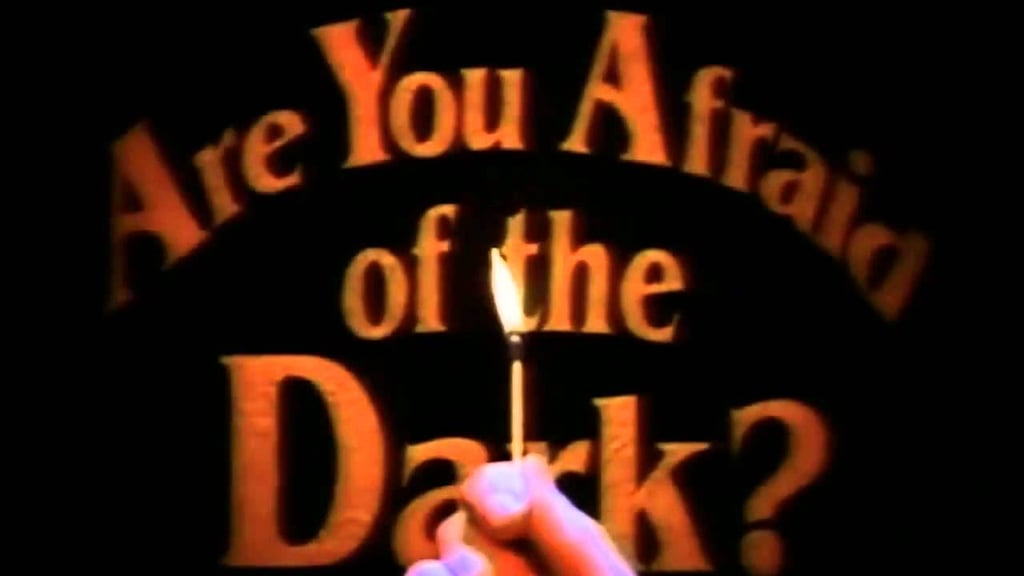
“Submitted for the approval of the Midnight Society…”
Each episode was a standalone horror tale—ghosts, demons, haunted objects, evil clowns, cursed video games—you name it. It was just the right mix of eerie and fun, and as a kid in the early ‘90s, some of those episodes were legit nightmare fuel.
There were reboots: One in 1999–2000, which I might have seen—the details are fuzzy but vaguely familiar. Another in 2019, a more modern mini-series style revival I definitely haven't seen... and apparently there’s a third reboot in 2021, but I haven’t seen that one at all either. Still, the original holds up thanks to its creepy atmosphere, solid storytelling, and that iconic opening theme that let you know it was about to get weird. It may have been for kids, but it didn’t always pull its punches—and that’s why we remember it.
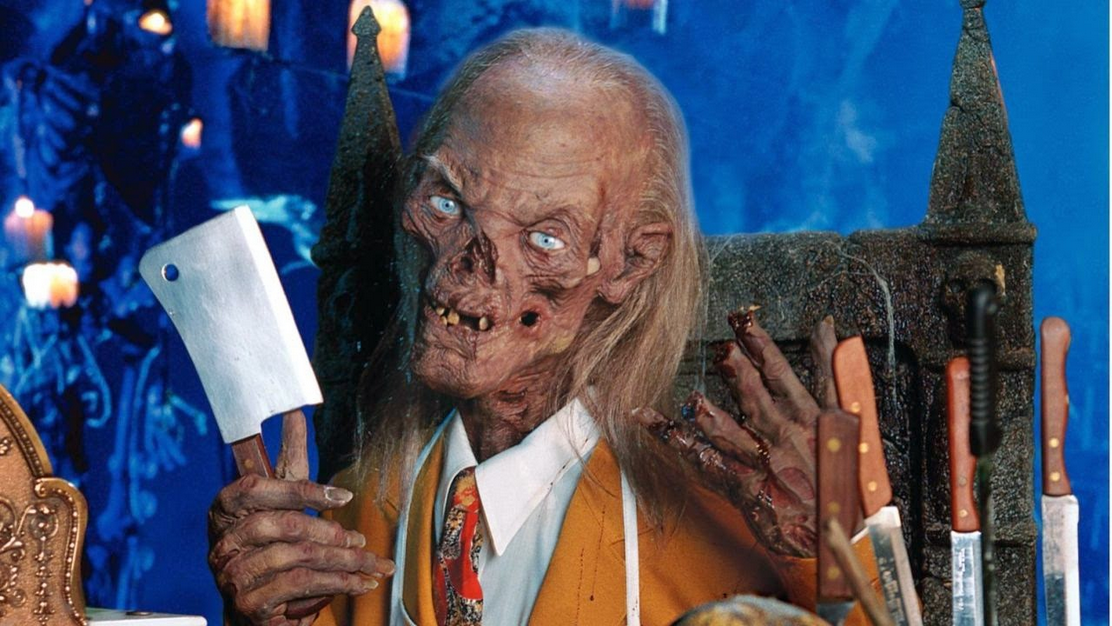
Adapted from the classic EC horror comics of the 1950s, the show featured big-name directors, top-tier guest stars, and a perfect blend of black comedy, gruesome deaths, and ironic twist endings. It aired on HBO, which meant it could go full tilt on gore, sex, and violence—and it did. A lot. It was campy, stylish, and beautifully over-the-top.
But… let’s be real. When production moved to England in the final season, things kinda went to hell. The budget dropped, the cast and tone felt off, and the whole show lost most of that gritty, American grindhouse vibe that made the earlier seasons pop. Stories were kinda lame, the charm definitely faded, and the quality dipped hard.
Still, the early seasons are pure horror anthology gold, and the Crypt Keeper remains an absolute legend. If you’ve never watched it—or only remember it from reruns—it’s well worth digging up again. Just maybe… stop before the final season.
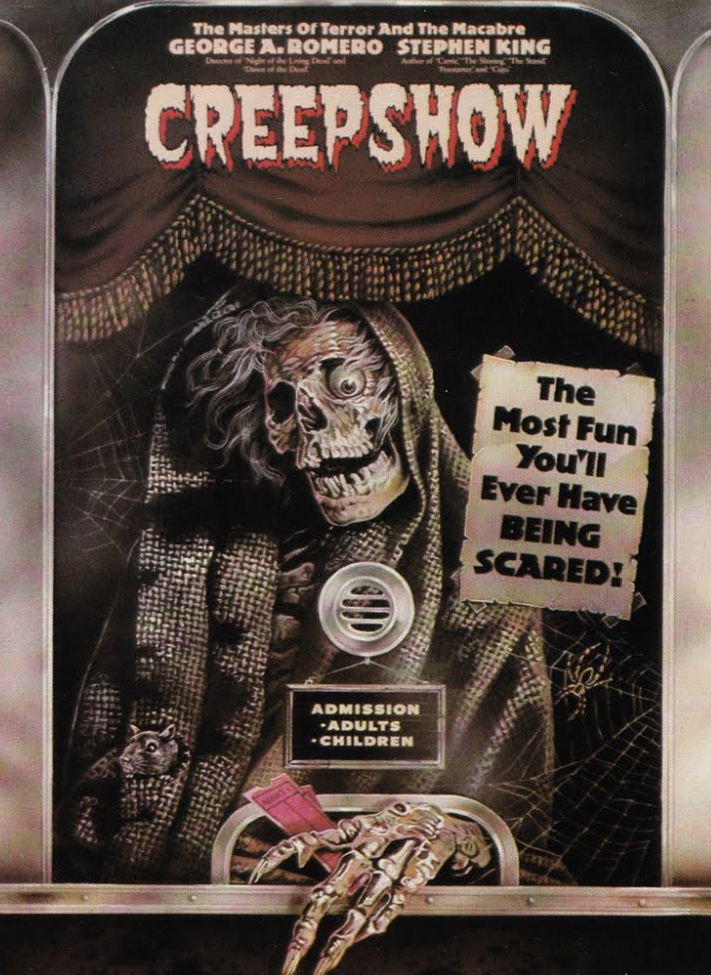
The film is broken into five segments, all framed by a kid reading a banned horror comic, and it leans hard into comic-book aesthetics with colorful lighting, dramatic panel-style transitions, and over-the-top gore that feels both theatrical and pulpy.
Creepshow oozes style and nostalgia, and even today, it holds up as one of the best horror anthologies ever made. It’s campy, spooky, and just plain fun—a comic book brought to gruesome life with flair.
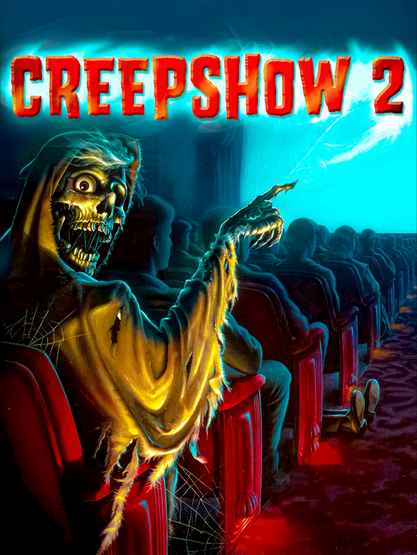
Directed by Michael Gornick and written by George A. Romero (based on Stephen King’s stories), the sequel feels a bit cheaper and smaller in scope, but it still delivers on the dark humor and creepy comeuppance.
Creepshow 2 may feel scaled-down, but it still has that pulpy heart and twisted spirit that made the first one a cult classic. It’s not as polished, but it’s got just enough slime, vengeance, and EC Comics energy to earn its place.
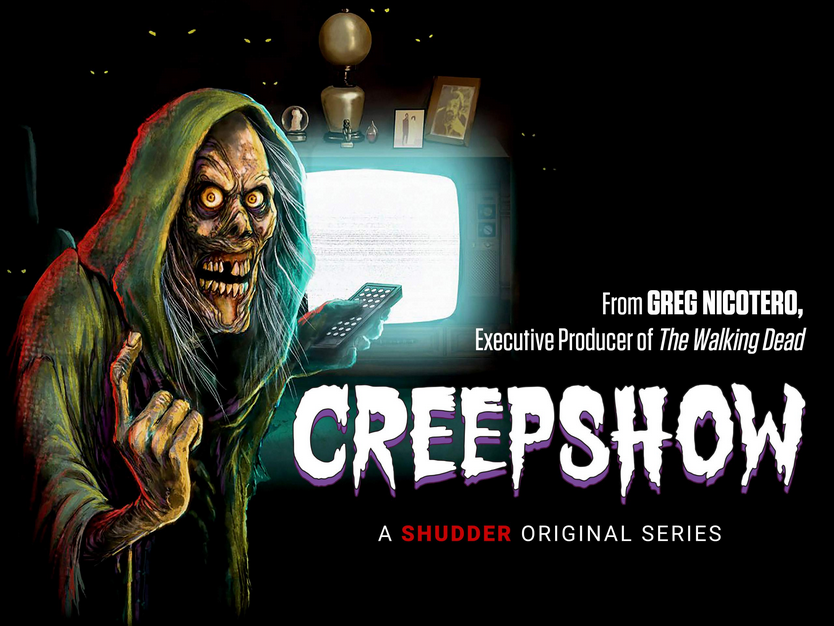
But after a while, things took a sharp dive. The later seasons often swapped creepy storytelling for heavy-handed, preachy themes that felt more like lectures from the Reddit-type SJWs than horror tales. Instead of spine-tingling twists or clever irony, episodes started focusing more on forced social commentary and politics, and not in a subtle, Twilight Zone-style way—we’re talking full-on "message first, story second."
The charm and balance that made early episodes fun just got buried under cringey, overly woke scripts that forgot what Creepshow was supposed to be: pulp horror with a wicked sense of fun.
It’s no surprise the series eventually got the axe. What began as a nostalgic return to form ended up feeling more like a Twitter soapbox, and horror fans noticed. You can have themes—but you also need the monsters, the scares, and the bite. Sadly, the show lost that balance along the way.
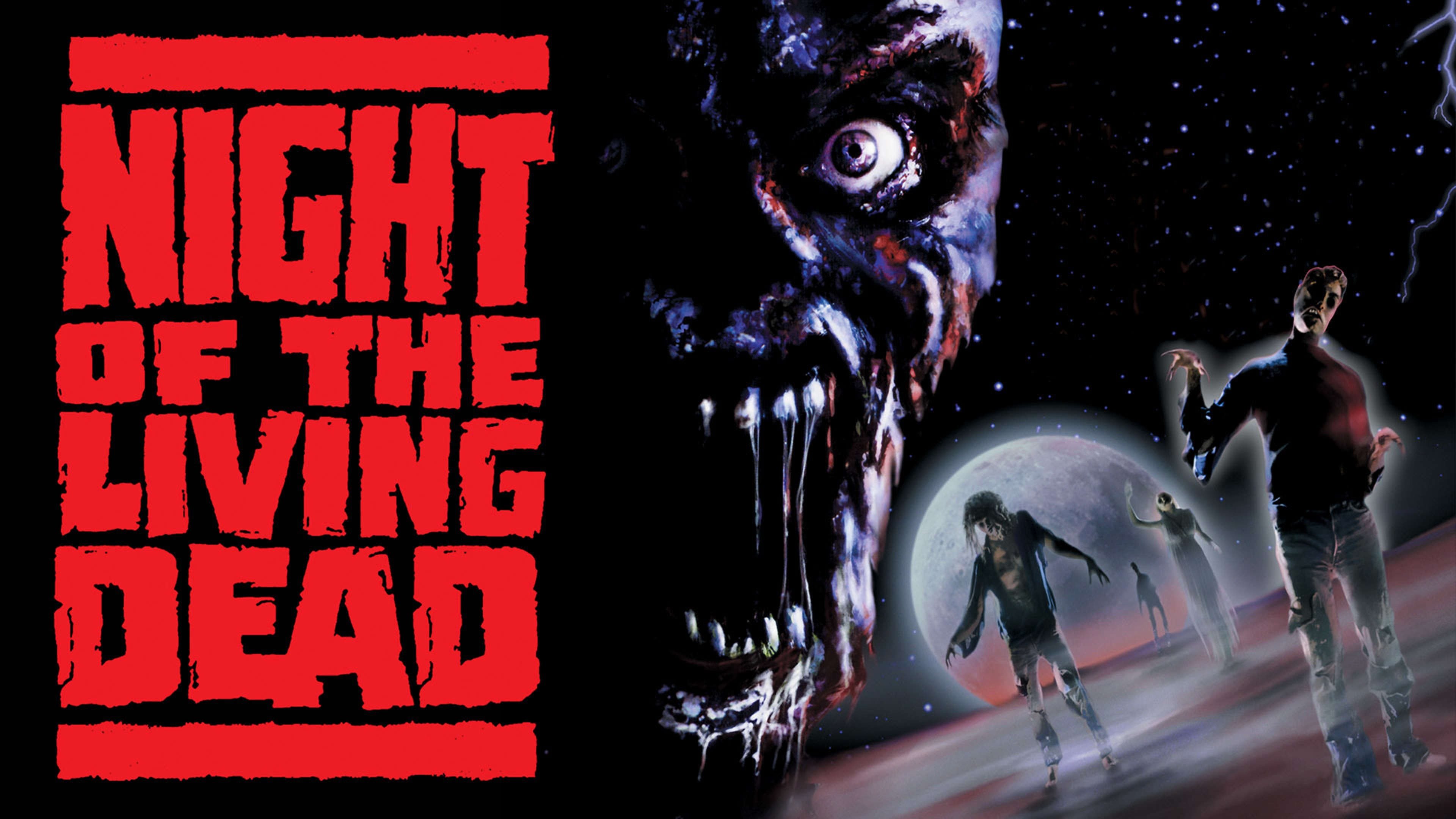
Now, don’t get me wrong—the 1968 film is a landmark in horror history. But let’s be honest: this remake is tighter, more intense, and better paced, with stronger performances and updated effects that still hold up. Tony Todd as Ben is phenomenal—cool-headed, commanding, and tragic—and Patricia Tallman’s Barbara isn’t the helpless wreck from the original. She’s a full-blown badass by the end, and her arc gives the story a more satisfying, modern edge.
What really sets it apart is that it doesn’t try to outshine the original with flash—it sharpens it. It’s meaner, smarter, and just plain more compelling. And let’s face it: it’s the only Romero remake that’s not just good—it’s arguably better.
Underrated? Absolutely. Forgotten by casual fans? Sadly, yes. But if you love zombie movies and haven’t seen this one, you’re missing out on one of the best do-overs horror’s ever produced.
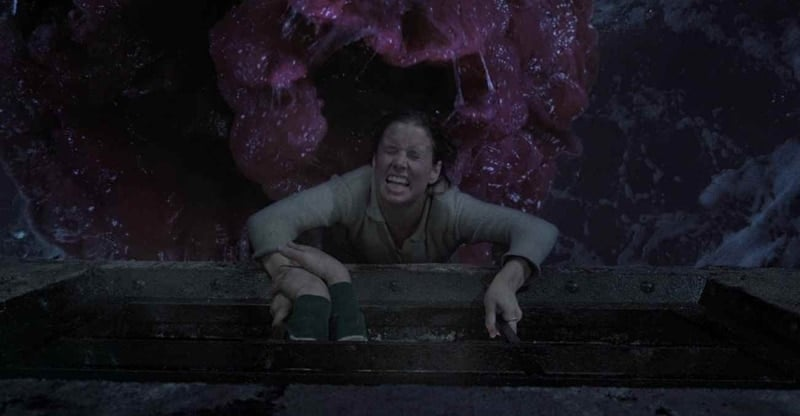
This time, the blob isn’t just a mysterious alien—it’s part of a government experiment gone wrong. It devours everything in its path, melting flesh and oozing through vents with some of the nastiest practical effects of the decade. The cast includes a young Kevin Dillon as the unlikely bad-boy hero and Shawnee Smith as a tough, take-charge girl.
It’s fast-paced, mean, and way bloodier than you'd expect, with a sharp anti-authority streak and surprisingly strong horror chops. A cult favorite, and honestly? One of the best horror remakes ever made.
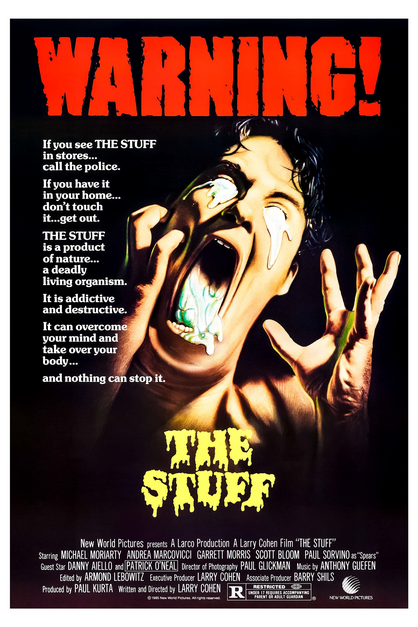
"What if the next big snack food was actually a sentient, flesh-eating parasite?"
Marketed like ice cream and loved by the masses, The Stuff is a mysterious white goo that people can’t stop eating—literally. It’s delicious, addictive, and just so happens to take over your brain and hollow out your body from the inside. Yum!
The film follows a corporate saboteur, a kid who knows something’s wrong, and a handful of other oddball characters trying to uncover the truth behind the snack sensation. It’s part body horror, part corporate satire, and part B-movie madness, with some wonderfully gooey practical effects and a big helping of what-the-hell energy.
Weird, clever, and totally one of a kind, The Stuff blends horror and social commentary in a way that’s still relevant—and unsettling—today. Just remember: “Enough is never enough.”
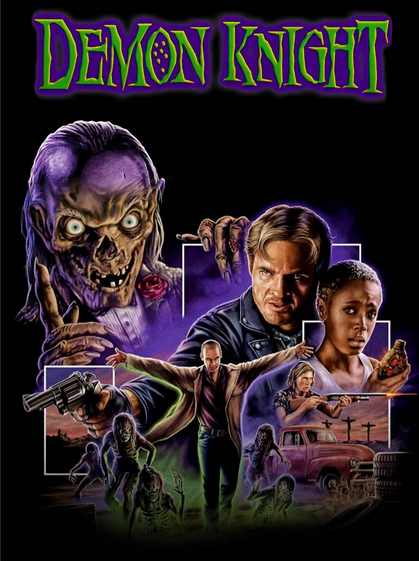
The story takes place almost entirely in a rundown church-turned-motel, where a drifter named Brayker turns out to be the key to protecting an ancient relic that holds the last bit of holy blood keeping demons at bay.
What follows is a siege-style standoff between a group of misfits and a horde of shape-shifting demons, complete with awesome practical effects, brutal kills, and that signature Crypt blend of gore and gallows humor. Plus, the Crypt Keeper opens and closes the film, reminding you it’s all in good horrifying fun.
Demon Knight is grimy, energetic, and pure ‘90s horror gold—arguably one of the best things the Tales from the Crypt brand ever produced.
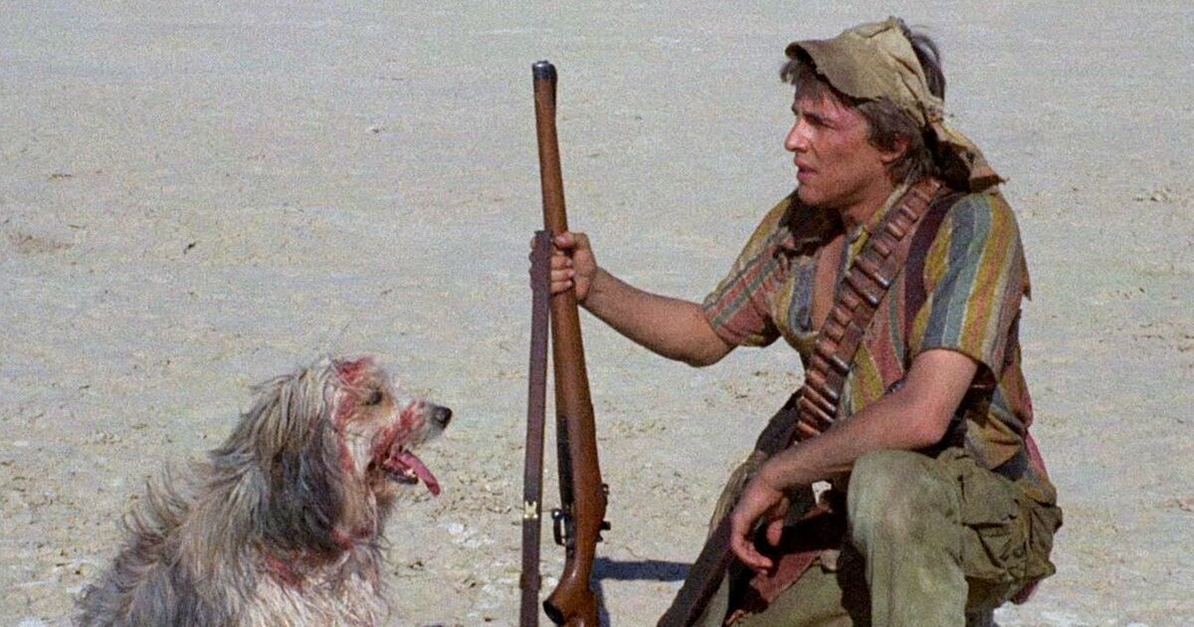
While it's often remembered for its grim humor and bizarre world, some parts are genuinely unsettling, especially the scenes in the underground society. There, Vic is lured into a creepy, sterile dystopia of pale-faced, emotionless people wearing painted-on smiles, where he’s expected to, uh… perform reproductive duties for the “good of the community.” It’s cult-ish, claustrophobic, and deeply unnerving.
It’s not for everyone, but the film has a biting, nihilistic tone and a unique voice that sticks with you. Funny, ugly, and disturbing in all the right ways, it’s a one-of-a-kind post-apocalypse film with a very twisted leash.
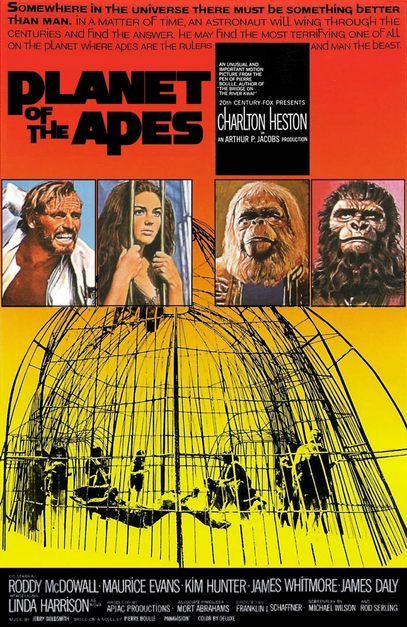
Planet of the Apes (1968) – The classic. A haunting, twist-ending masterpiece where Charlton Heston crashes on a strange planet ruled by intelligent apes. Heavy on allegory, and still one of the best endings in movie history.
Beneath the Planet of the Apes (1970) – Things get weirder and darker fast. Psychic mutant humans worshiping a nuclear bomb underground? Yes please. It's bleaker, more violent, and finishes with a world-altering ending.
Escape from the Planet of the Apes (1971) – Total shift. Now it’s apes in modern-day Earth trying to blend in and explain the coming downfall of humanity. Surprisingly emotional, and sadder than you'd expect.
Conquest of the Planet of the Apes (1972) – Revolution time. Caesar leads the apes in an uprising against an oppressive, human regime. Brutal, powerful, and one of the most politically charged in the series. Not my favorite one.
Battle for the Planet of the Apes (1973) – My personal favorite. It’s smaller in scale but full of heart. Set in the aftermath of the revolution, it shows Caesar trying to create peace between apes and humans in a fragile new society. It’s about hope, struggle, and the idea that the future isn’t set in stone. It may not be the biggest or flashiest, but it hits different—it’s the emotional core of the whole saga.
Each film adds something to the story, and together they form this weird, tragic, strangely beautiful sci-fi loop. An unforgettable series I’ll always love.
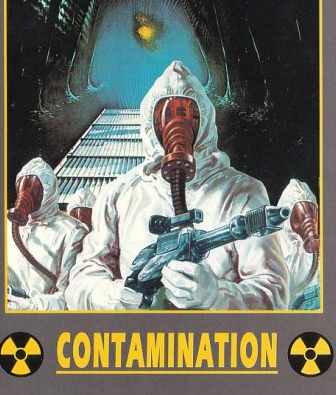
The story involves mysterious green alien eggs smuggled to Earth via a derelict ship. These pulsating, radioactive suckers explode on contact, melting people from the inside out in gloriously gory fashion. A trio of investigators (including a washed-up astronaut and a hard-nosed colonel) try to unravel the conspiracy, which leads to a tropical hideout, brainwashed humans, and a giant alien cyclops queen just chillin’ underground.
It feels like Fulci by way of a VHS fever dream—grimy visuals, bizarre dialogue, choppy editing, and synth-heavy music by Goblin. Is the plot coherent? Absolutely not. Is it a trashy, oozing good time? You bet your exploding intestines it is.
If you're into Euro-horror, alien guts, and ‘80s sci-fi that gives zero damn about logic, Contamination is a glorious mess that belongs in your cult movie night lineup.
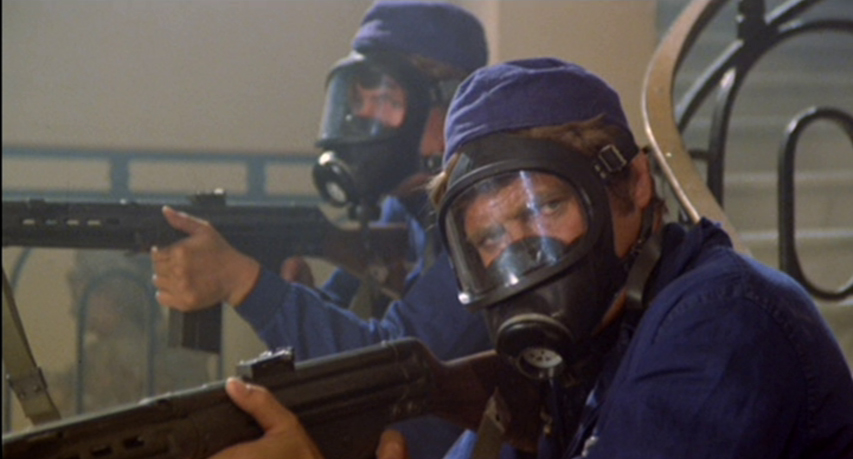
The basic plot? Some kind of chemical leak at a shady research facility causes a zombie outbreak. A squad of commandos gets sent in, meets a reporter and her crew, and they all head into the African jungle to investigate—cue tons of zombies, recycled stock footage of animals, and action scenes that look like they were filmed during lunch breaks.
It plays like a poorly edited together fever dream, with no restraint on meaningless random scenes like topless dancing or crossdressing for some reason. The gore is plentiful, the dubbing is ridiculous, and the logic? Gone, like the flesh on a zombie bite. Characters teleport across locations, plot threads vanish, and the “science” behind the zombie outbreak is hilarious nonsense—but it doesn’t matter. You’re here for exploding heads, grimy atmosphere, and synth stings, not Oscar-worthy storytelling.
Like most Italian horror of the era, it’s a glorious, sleazy, blood-soaked mess—and that’s what makes it unforgettable. Grab some popcorn, turn off your brain, and let the zombie madness wash over you.
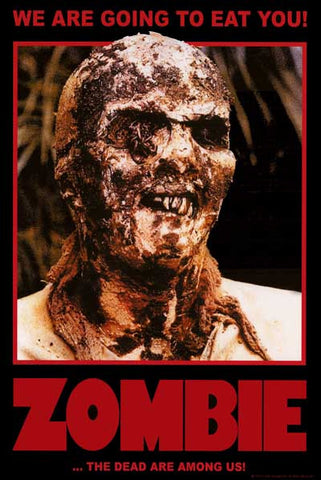
The plot? Technically, it's about a group of people traveling to a cursed island to investigate a mysterious virus. What it's actually about is zombies rising from tropical graves, maggot-covered corpses, voodoo curses, eye-gouging, and that one scene where a zombie fights a shark underwater—yes, really. It’s gloriously deranged.
As with many of Fulci’s works, the story barely holds together, but the mood, music, and set pieces are so striking it doesn’t matter. The undead here are grotesque, slow, and decaying to the bone—some of the creepiest zombies ever put to screen. And the gore? Top-tier Fulci: squishy, excessive, and unforgettable.
Zombi 2 isn’t just a knockoff—it’s a genre-defining classic of Euro horror. Unapologetically gross, beautifully shot, and soaked in dread, it’s an absolute must-watch for zombie fans and gorehounds alike.
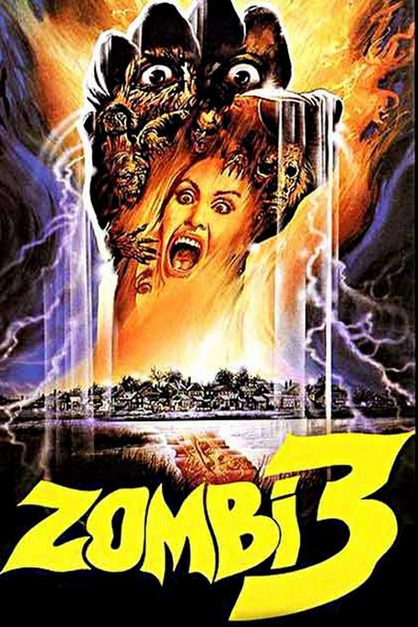
The plot Sort of exists... A military experiment unleashes a virus called Death One, which turns people into fast-moving, screaming zombies—because why not? After an infected corpse gets cremated, the virus spreads through the air, and soon soldiers, civilians, and random people who wandered into the script are all fighting for survival.
What Zombi 3 lacks in coherence or logic, it makes up for with:
Ridiculous pacing (zombies appear instantly, vanish just as fast)
Exploding heads and machete mayhem
A completely bonkers synth soundtrack
Zombies using weapons (yes, one throws a grenade)
It’s a glorious mess of Italian splatter, ‘80s action, and horrendous dubbing, stitched together with about as much grace as a heavily-used gas station restroom. It doesn’t follow Zombi 2, or even really make sense, but it’s wildly entertaining in that “so bad it’s amazing” way.
If you're in it for logic, look elsewhere. But if you want a sleazy, blood-soaked ride through Italian zombie madness, Zombi 3 is trash cinema at its finest.
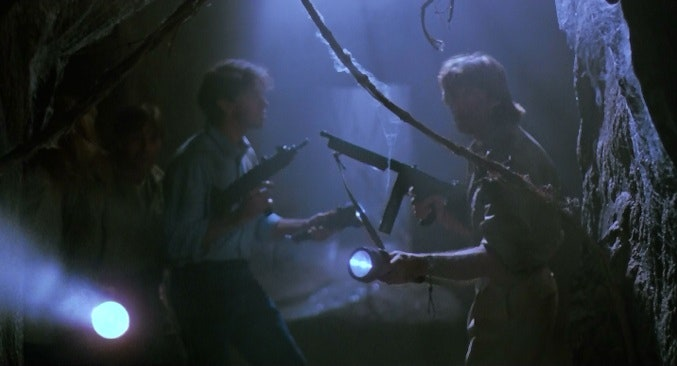
The “plot” (and we’re being generous here) involves a voodoo ritual gone wrong on a remote island, unleashing a plague that turns people into glowing-eyed, fast-moving zombies. Years later, a group of mercenaries and scientists return to the island—because reasons—and pretty soon, it’s machine guns vs. undead in the jungle, with lots of sweat, fog, screaming, and wonderfully bad dubbing. If I'm not mistaken this is the one where out of the blue a mercenary randomly says "THIS MUSIC IS MAKING ME HORNY!"
The tone is all over the place: part military action movie, part supernatural horror, part heavy metal music video. There’s no logic, the acting is delightfully wooden, and the pacing is about as stable as a drunk zombie on roller skates—but it’s packed with cheesy fun and low-budget enthusiasm.
If you like your zombie movies loud, dumb, and dripping with late-’80s Italian sleaze, Zombi 4: After Death is pure B-movie gold. Just turn off your brain and let the undead madness wash over you.
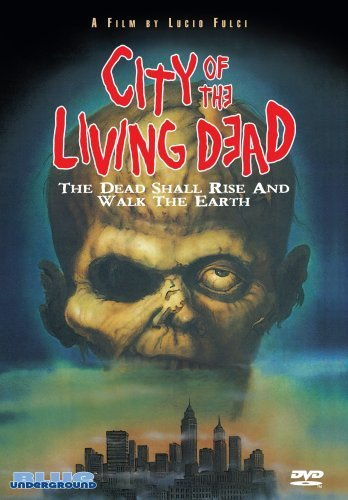
The story (kind of) follows a priest who hangs himself in a cemetery, which somehow opens one of the seven gates to hell, causing the dead to rise in a small New England town. A reporter and a psychic team up to investigate and stop the apocalypse, but plot logic quickly takes a backseat to vomiting guts, bleeding eyes, brain-grabbing zombies, and fog machines cranked to 11.
This movie doesn’t play by normal horror rules. It’s like a fever dream soaked in entrails and existential dread—the kind of film where you ask, “Wait, what just happened?” but you’re too mesmerized (or horrified) to care. The gore is some of Fulci’s most iconic, and the eerie score by Fabio Frizzi helps tie it all together into one haunting experience.
City of the Living Dead isn’t here to make sense—it’s here to crawl under your skin and stay there. If you love Italian horror that feels like a waking nightmare, this one’s essential viewing.
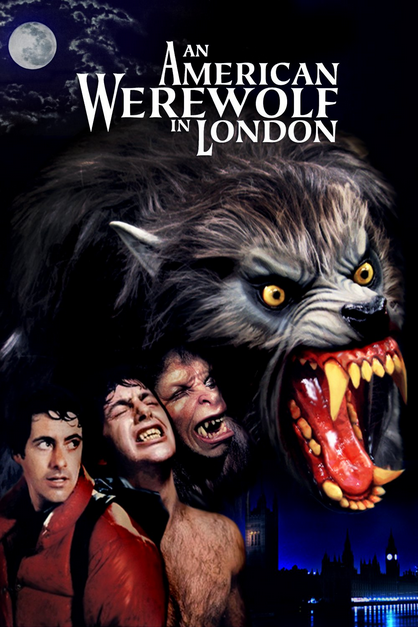
After surviving the attack, David recuperates in London, only to be haunted (literally) by his undead friend Jack, who warns him that he’s going to turn into a werewolf at the next full moon and start killing people. David’s descent is both tragic and darkly funny, leading to one of the most iconic transformation scenes in cinema history—Rick Baker’s Oscar-winning makeup effects still hold up today.
The tone is wonderfully offbeat—funny one moment, horrifying the next—with ghostly hallucinations, brutal werewolf attacks, and that surreal dream sequence with MAC-10 wielding Nazi werewolves (you read that right). The ending? Brutal and abrupt in the best possible way.
An American Werewolf in London is a cult classic for a reason: it’s smart, stylish, scary, and doesn’t shy away from the gore or the absurd. If you like your horror with a sly grin and a lot of blood, this one’s essential.
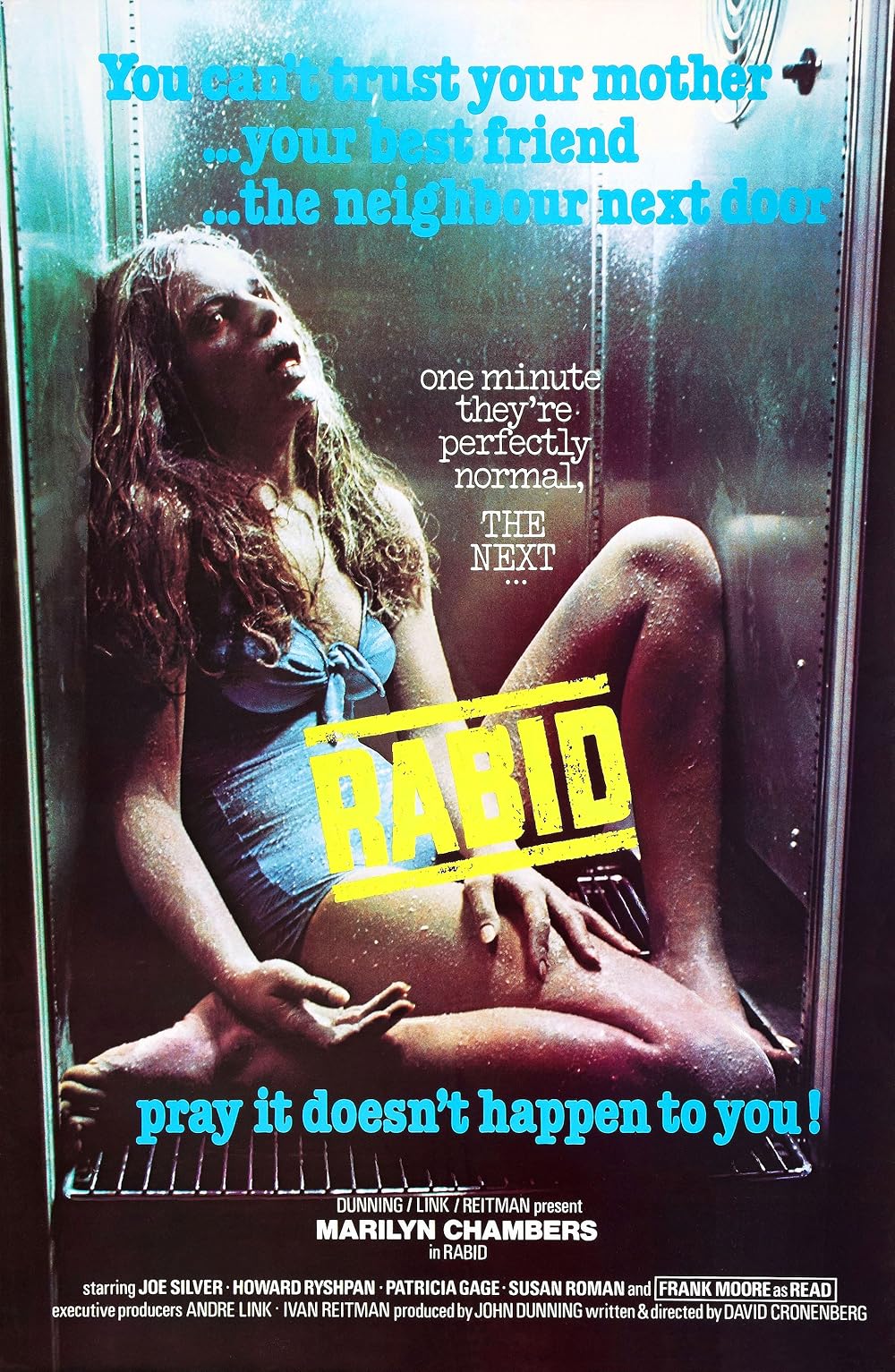
But her bite doesn’t just drain people—it infects them with a zombie-like virus, turning them into deranged, violent maniacs who attack others and rapidly spread the disease. The infection spreads like wildfire through Montreal, leading to martial law, mass panic, and some truly freaky scenes of blood-soaked chaos.
And yes—the infamous “Santa Claus getting shot” scene is unforgettable. In it, a mall Santa is gunned down in front of screaming children because he was in the crossfire of an infected and the authorities are shooting on sight. It’s jarring, absurd, and darkly ironic in the way only Cronenberg can pull off.
Rabid isn’t your typical zombie movie, but it hits all the same buttons: infection, transformation, breakdown of society, and a chilling sense of inevitability. It’s raw, cold, and clinical—but also uniquely tragic. Classic Canadian horror, and peak Cronenberg.
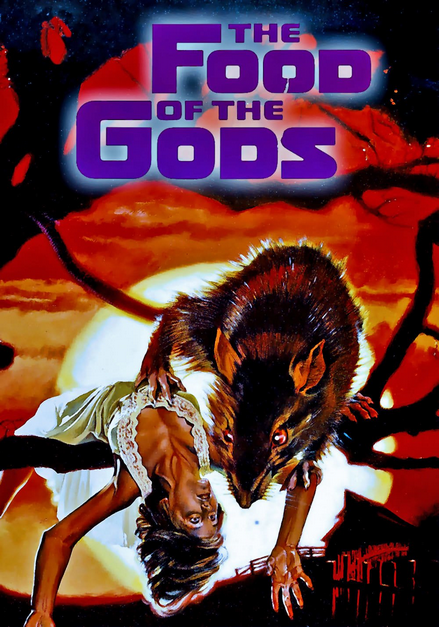
The plot? A strange, goo-like substance starts bubbling out of the ground on a remote Canadian island. Locals start feeding it to their livestock, and suddenly—rats, chickens, worms, and wasps grow to monstrous size and go on a rampage. A group of unfortunate visitors, including a football player and a pregnant woman, get trapped and have to fight off the oversized menace.
The effects are a charming mix of actual animals on miniature sets, rubber puppets, and plenty of ketchup-like gore. It’s schlocky as hell, and the pacing drags in spots, but there’s something endearingly bonkers about watching giant chickens pecking people to death or rats trying to chew through a cabin wall like a zombie siege.
It’s not great in a traditional sense—but it’s a blast if you love 70s creature features, angry nature revenge movies, and practical effects that go way too hard for what they’re working with. Pure movie madness.
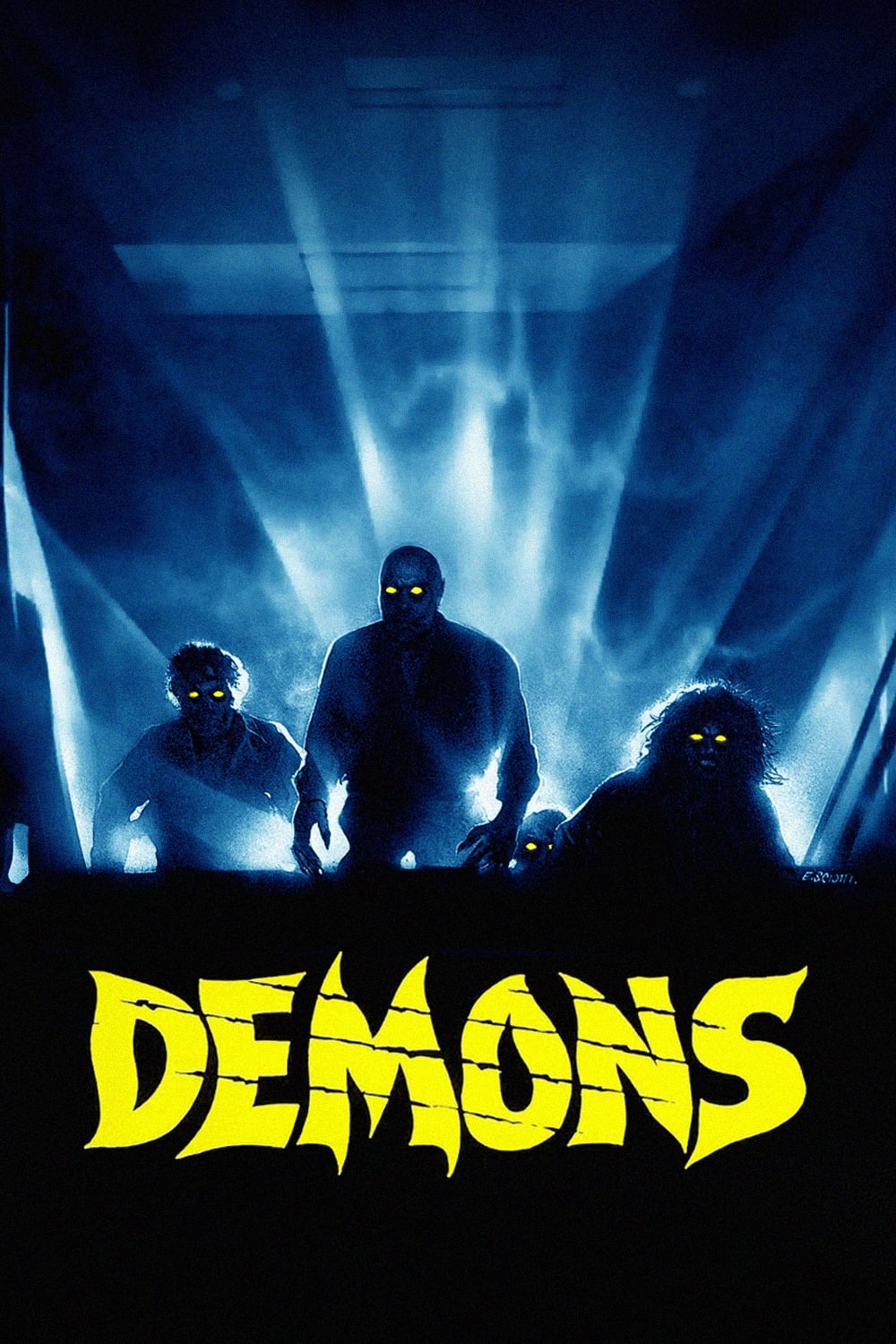
The setup is simple: a group of strangers attend a mysterious movie screening in a creepy Berlin theater. The film they’re watching? A horror flick about demons. But before long, the horror bleeds into reality—literally—and one by one, the audience begins to transform into flesh-ripping, bile-spewing demons, turning the theater into a sealed-off bloodbath.
It’s got everything: practical effects galore, metal music blaring, people turning into monsters mid-scream, and a dirt bike + katana rampage through the aisles. The plot is thin, the logic is nonsense—and it totally doesn’t matter.
Demons is pure Italian horror chaos: loud, fast, gory, and stylish. If you want a movie that feels like a nightmare set to heavy metal and neon lights, this is it.
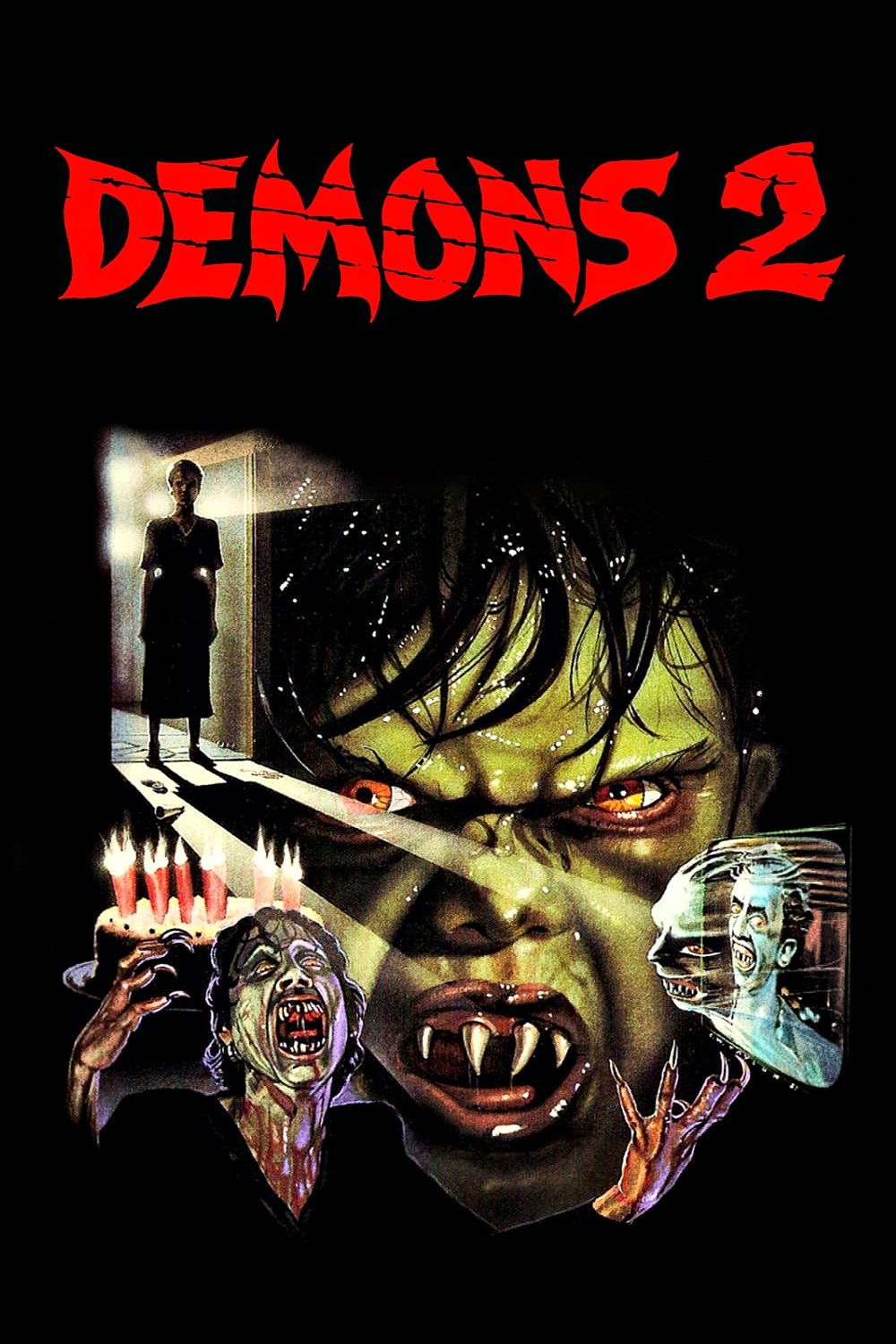
This time, instead of a movie theater, the demon outbreak happens inside a high-rise apartment building, where a group of tenants are watching a horror broadcast about—you guessed it—demons. One literally bursts through the TV (a la Freddy Krueger meets MTV), infecting a birthday girl and kicking off another round of blood-splattered carnage.
Much like the first film, it’s short on logic but packed with gore, synth, and pure Italian horror energy. Demons climb the walls, tear through concrete, and even pop out of children—because of course they do. There’s even a tiny demon puppet monster for good measure.
Demons 2 is louder, slicker, and more claustrophobic than the first, with a slightly more polished look and a full-on 1980s vibe. It may not be as iconic, but it still rips hard in all the right places. Just don’t expect a plot—expect blood, noise, and madness.
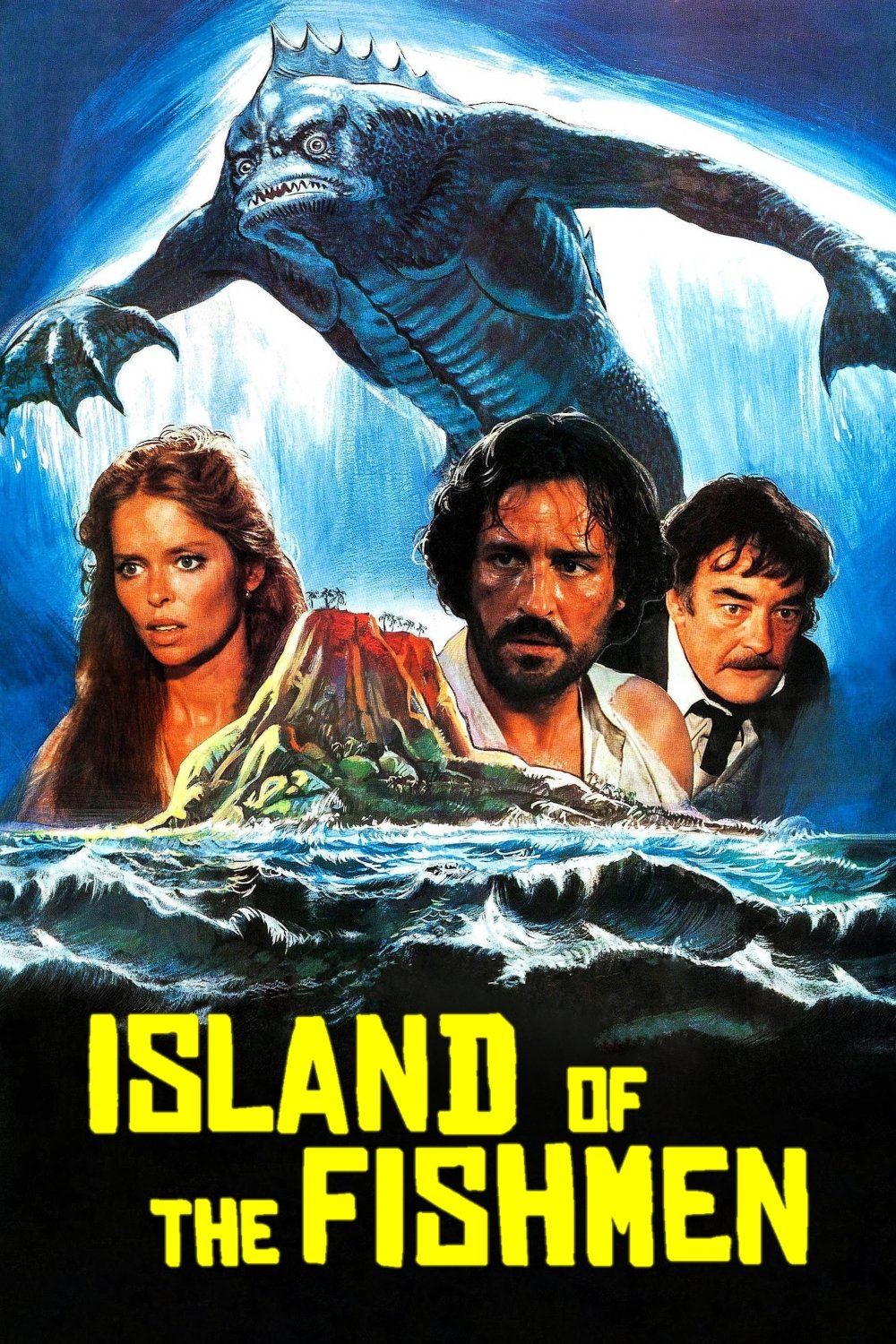
The story follows a group of shipwrecked survivors who end up on a mysterious, fog-shrouded island ruled by a mad scientist and a power-hungry colonialist. The island just happens to be crawling with amphibious fish-people, who serve their human masters by diving into underwater ruins and retrieving ancient gold. There's also a voodoo priestess, tribal henchmen, and a heavy dose of gothic jungle weirdness.
While it's never explicitly stated, the entire setup feels extremely Lovecraftian—especially if you’re familiar with The Shadow Over Innsmouth. These creatures are practically Deep Ones, and the timeline even matches up: the film takes place in the late 19th century, right around the time Lovecraft's infamous Marsh family was supposedly interbreeding with Deep Ones in Innsmouth. Is it a direct reference? Probably not—but the parallels are hard to miss.
You've got:
A remote island with sunken ruins
A madman using fish-men as treasure hunters
Human-fish hybrids rising from the depths
A growing sense of ancient, aquatic dread
Island of the Fishmen is a bizarre but fun mix of adventure serial, creature feature, and accidental cosmic horror, wrapped in rubber suits and fog machines. It’s pulpy, trashy, and full of atmosphere—and if you're a Lovecraft fan, it’s impossible not to squint and say:
"Wait a minute… Deep Ones, anyone?"
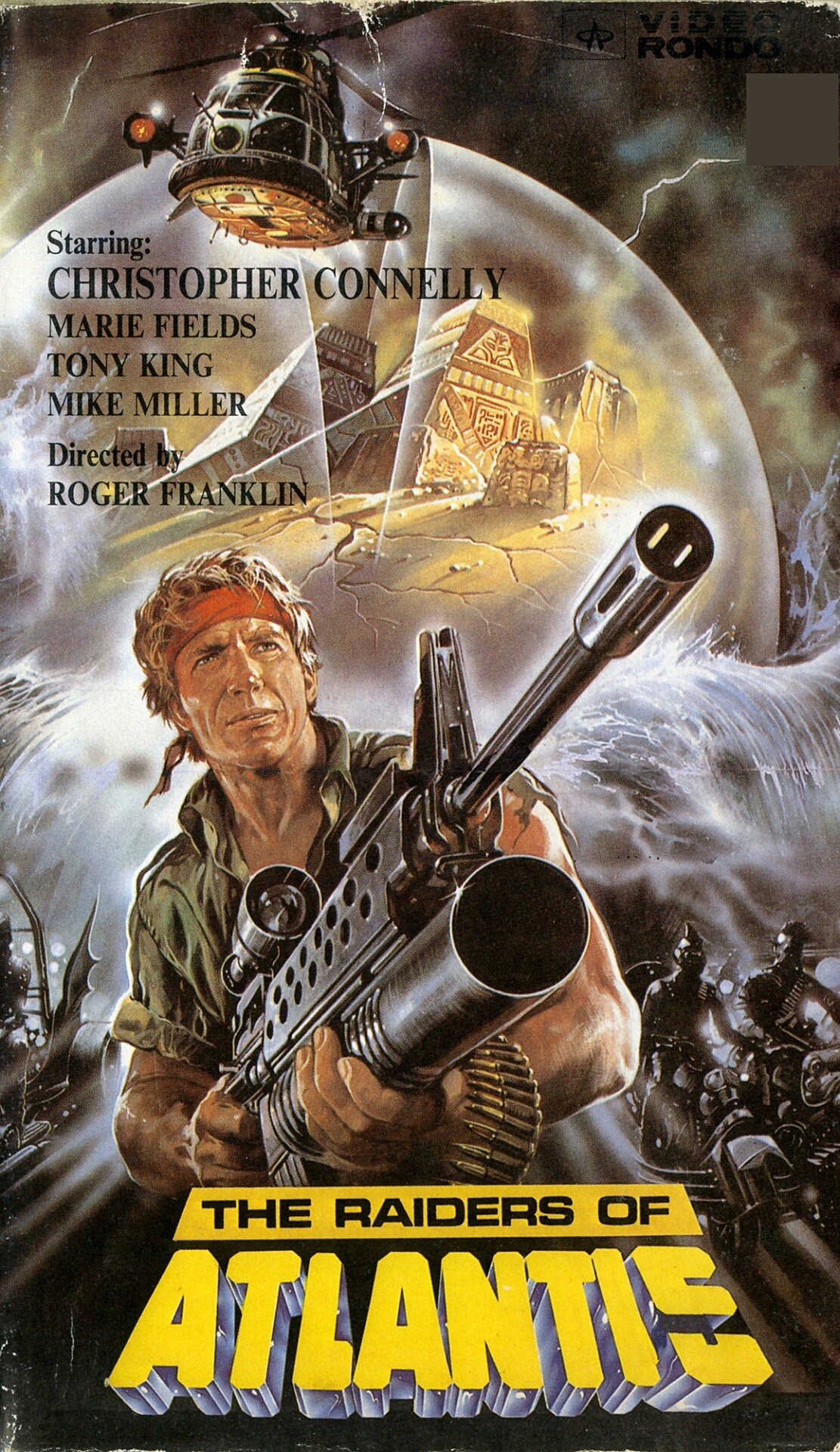
I’m honestly not sure what the hell the plot is, but it starts off with some underwater expedition that accidentally causes Atlantis to rise from the sea, and from there, it goes completely off the rails. Suddenly there are Mad Max-looking raiders in football pads and helmets, gunning people down while screaming about the apocalypse. Then there’s a team of mercenaries and random civilians who band together and start fighting back on motorcycles with machine guns and rocket launchers.
There’s jungle warfare, ancient technology, exploding boats, synth music, and a villain who looks like he walked off a heavy metal album cover. Oh—and it was directed by Ruggero Deodato, the guy who made Cannibal Holocaust, so you know it’s going to be unhinged.
The Atlantis Interceptors makes no sense, doesn’t care that it makes no sense, and is all the better for it. If you want cheap explosions, weird dubbing, Mad Max meets Atlantis energy, and nonstop mayhem, this is pure ‘80s Eurotrash gold.
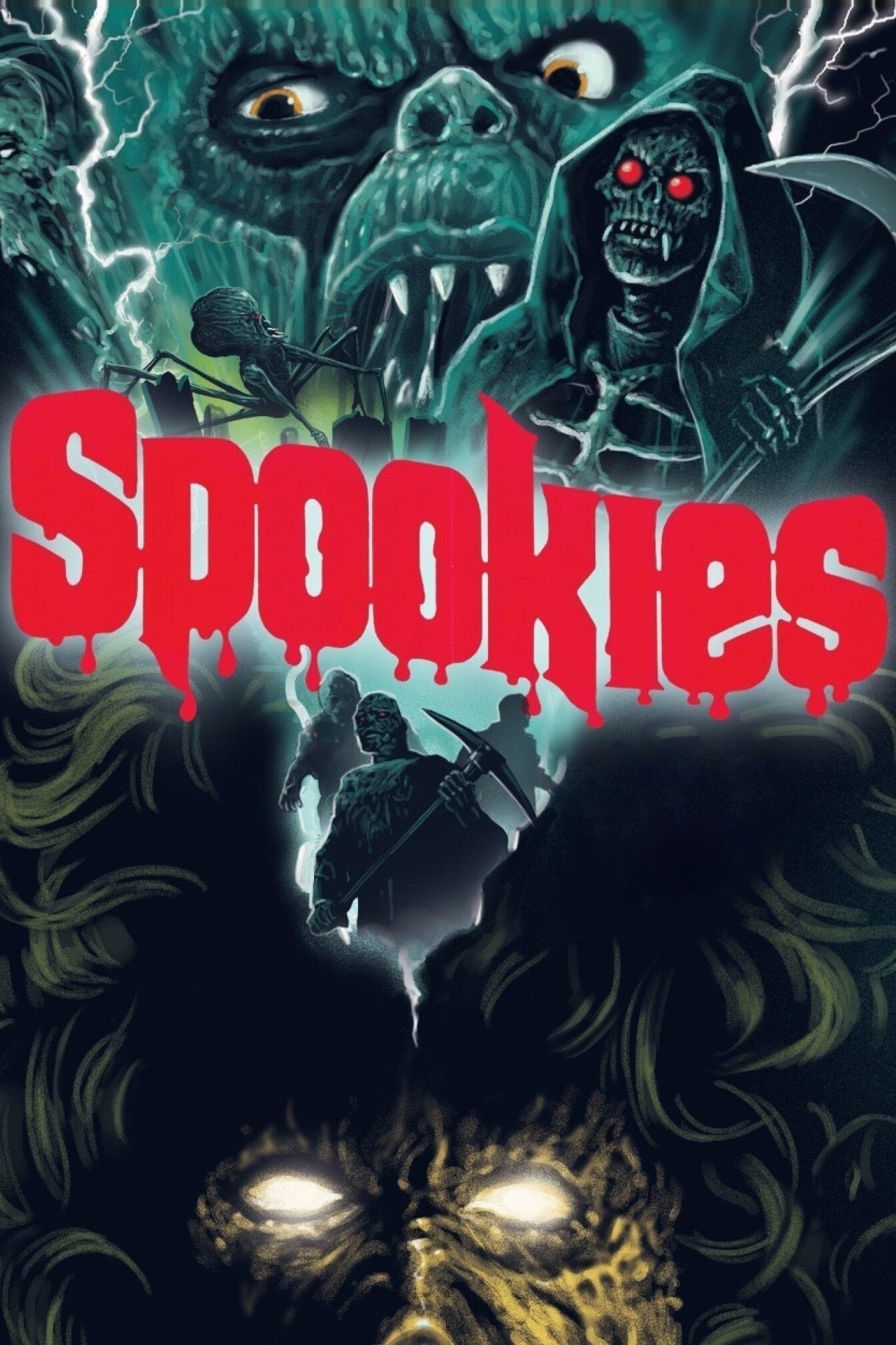
It doesn’t make a lot of sense—and that’s because it literally isn’t one movie. It was famously cobbled together from two unrelated film shoots, with new footage added to try and glue it all together. The result? A glorious patchwork of creature-feature chaos with barely any narrative glue holding it in place.
But who cares? Spookies is basically an excuse to showcase a ton of amazing practical effects and monster designs, and it absolutely delivers on that front. Nearly every scene introduces a new creature and a kill, from spider-ladies to zombies to things that defy description.
It’s messy, it’s nonsensical, but it’s packed with low-budget charm and practical monster madness. If you're a fan of bizarre ‘80s horror where every five minutes something insane happens, Spookies is essential late-night viewing.
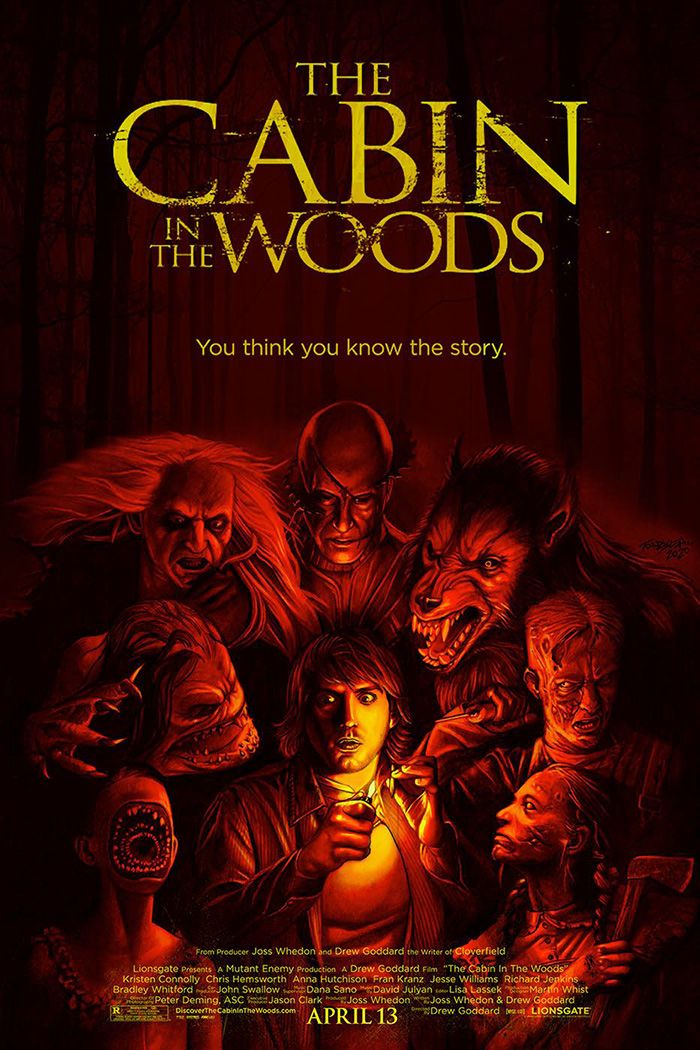
Behind the scenes, a mysterious high-tech facility is orchestrating everything, manipulating the teens’ choices to fulfill a twisted ritual involving ancient gods, archetypal horror tropes, and a whole catalog of nightmare fuel. What starts as a slasher quickly becomes a meta-horror rollercoaster that deconstructs the entire genre while still being a solid horror movie on its own.
It’s clever, gory, hilarious, and weirdly thought-provoking. By the time all hell literally breaks loose and every monster you’ve ever feared storms the screen, you realize this isn’t just a horror movie—it’s a love letter to horror itself… with a big middle finger to the clichés.
The Cabin in the Woods is smart, self-aware, and wildly entertaining. If you love horror, it’s a must-watch. If you think you’ve seen it all? This one still has surprises.
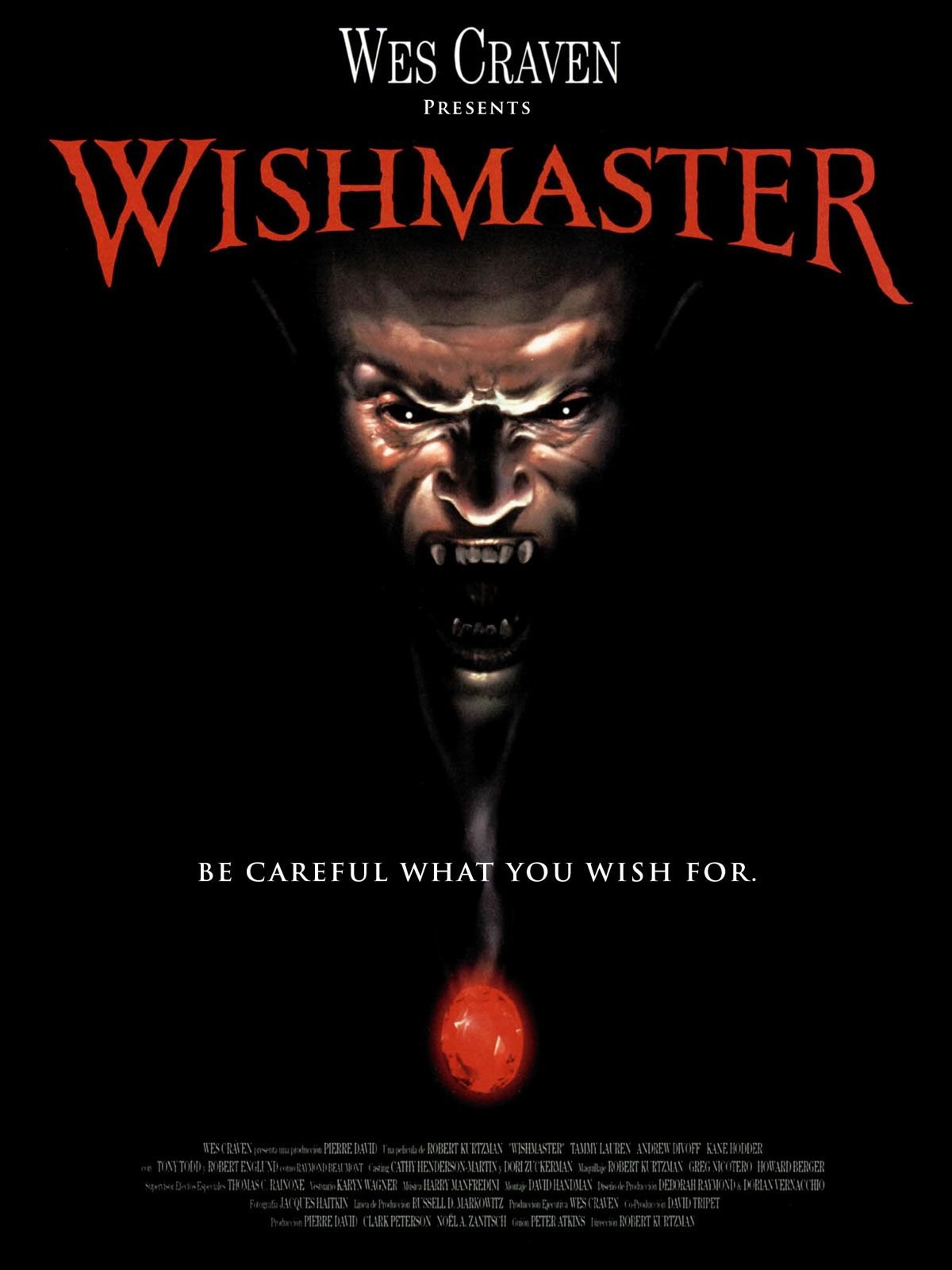
The star of the show, though, is the Djinn, an ancient evil genie who doesn’t grant wishes so much as twist them into grotesque monkey’s paw nightmares. When he's unleashed from a jewel prison, he starts collecting souls by granting people their heart's desire… in the most literal and horrific ways possible. Ask for eternal beauty? Get turned into a mannequin. Want to escape something? Now you're part of it. Be careful what you wish for has never been this gory.
Andrew Divoff absolutely steals the show as the Djinn with every menacing whisper and evil smirk. He’s one of the more unique villains of the era—charismatic, articulate, and utterly sadistic.
Wishmaster is pure ‘90s horror excess: cheesy one-liners, inventive kills, practical effects galore, and just enough lore to make it feel like a dark fantasy movie dipped in blood. It’s campy, it’s creative, and it knows exactly what kind of movie it is. If you love your horror with flair and flair with fangs, Wishmaster delivers.
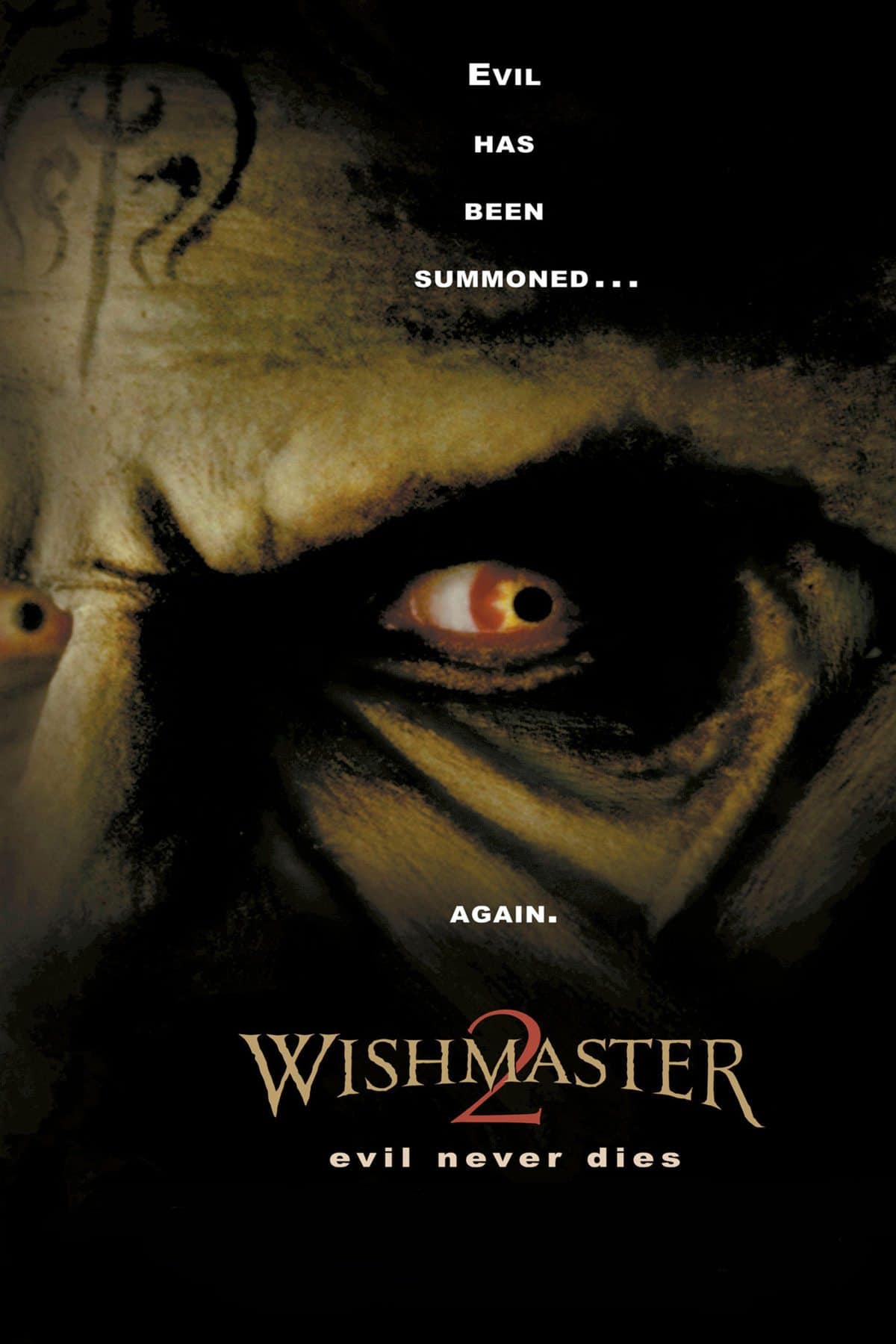
This time, the Djinn ends up in prison (yes, really), where he grants twisted wishes to inmates and guards alike—turning their desires into gruesome, ironic deaths. And let’s be real: that’s the fun of the Wishmaster series—watching people make dumb wishes and getting obliterated for it in the most cartoonishly evil ways possible. (Like an inmate saying he wished his lawyer would go fuck himself; only for the lawyer to arrive with news that he can get him out of prison... then mid telling him this the lawyers body starts to contort unnaturally and he literally fucks himself.)
The budget may be lower, and the story thinner, but Divoff carries the whole film on his back with his oily charm and that gravelly voice. The kills are inventive, the pacing is fast, and even though it’s not as polished as the first, it delivers exactly what a sequel like this should: more mayhem, more gore, and more deliciously bad decisions.
Wishmaster 2 is messy, campy, and dumb in the best possible way. If you’re here for Shakespearean drama, move along. If you’re here for “be careful what you wish for” mayhem with prison shivs and melting faces, welcome back.
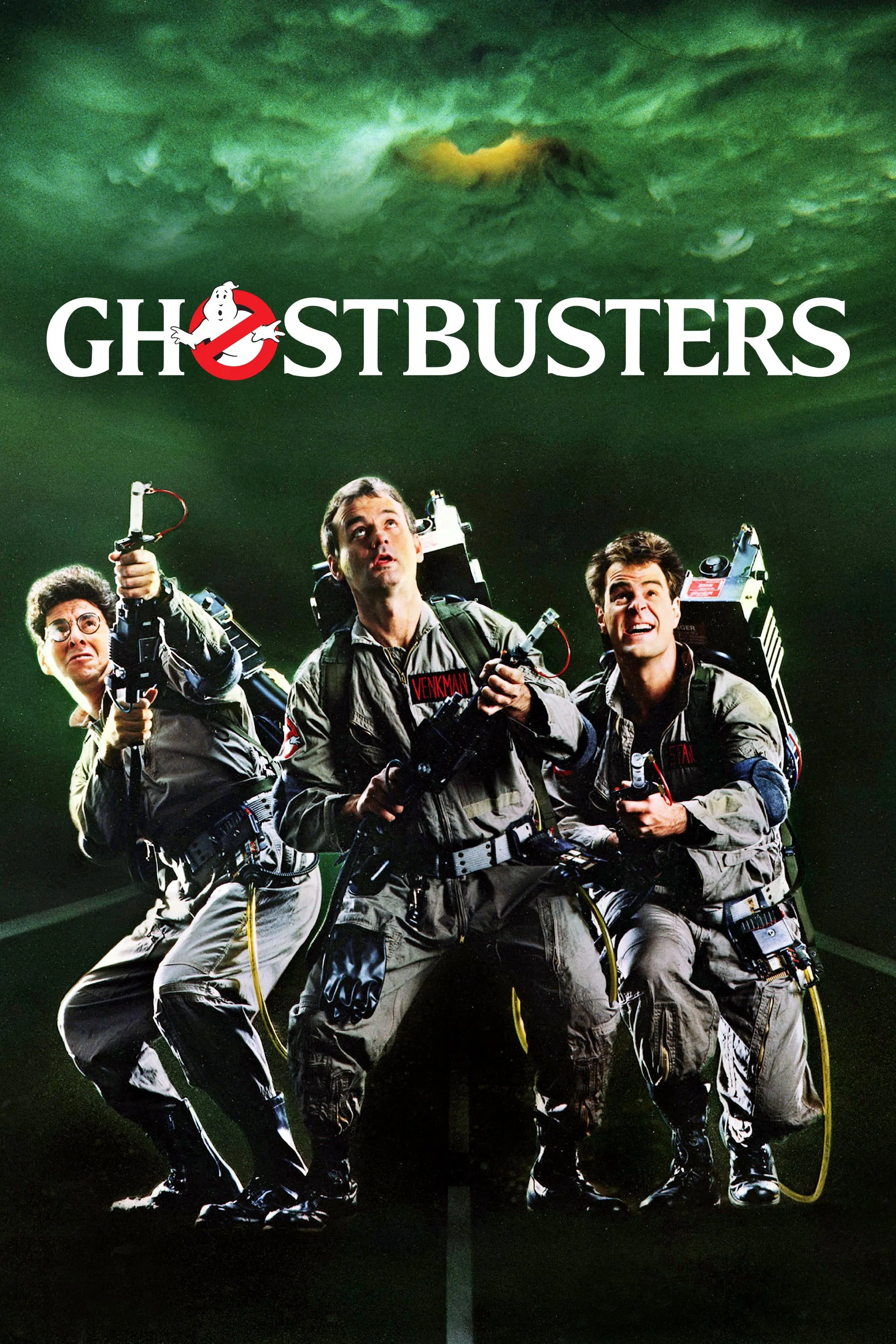
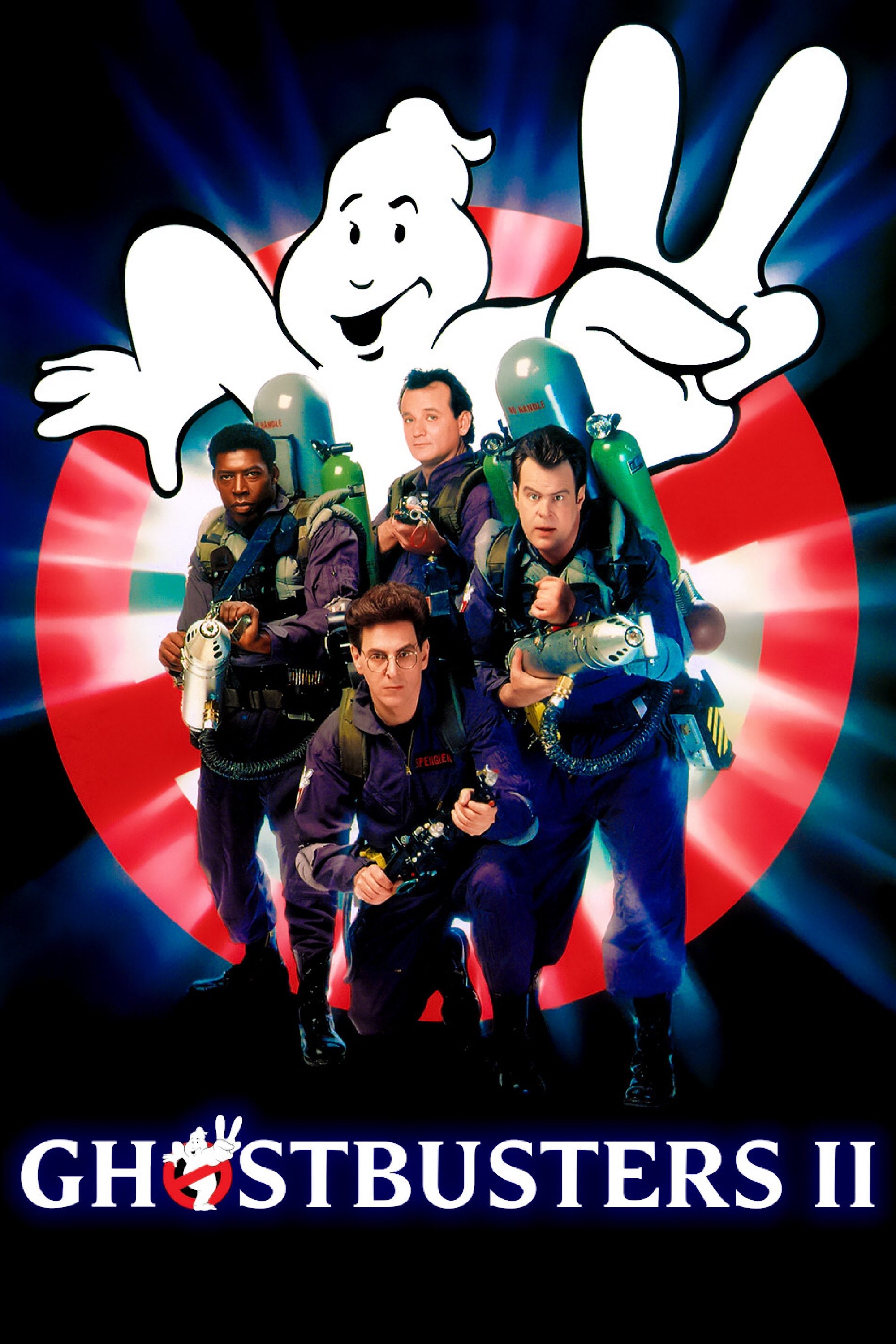
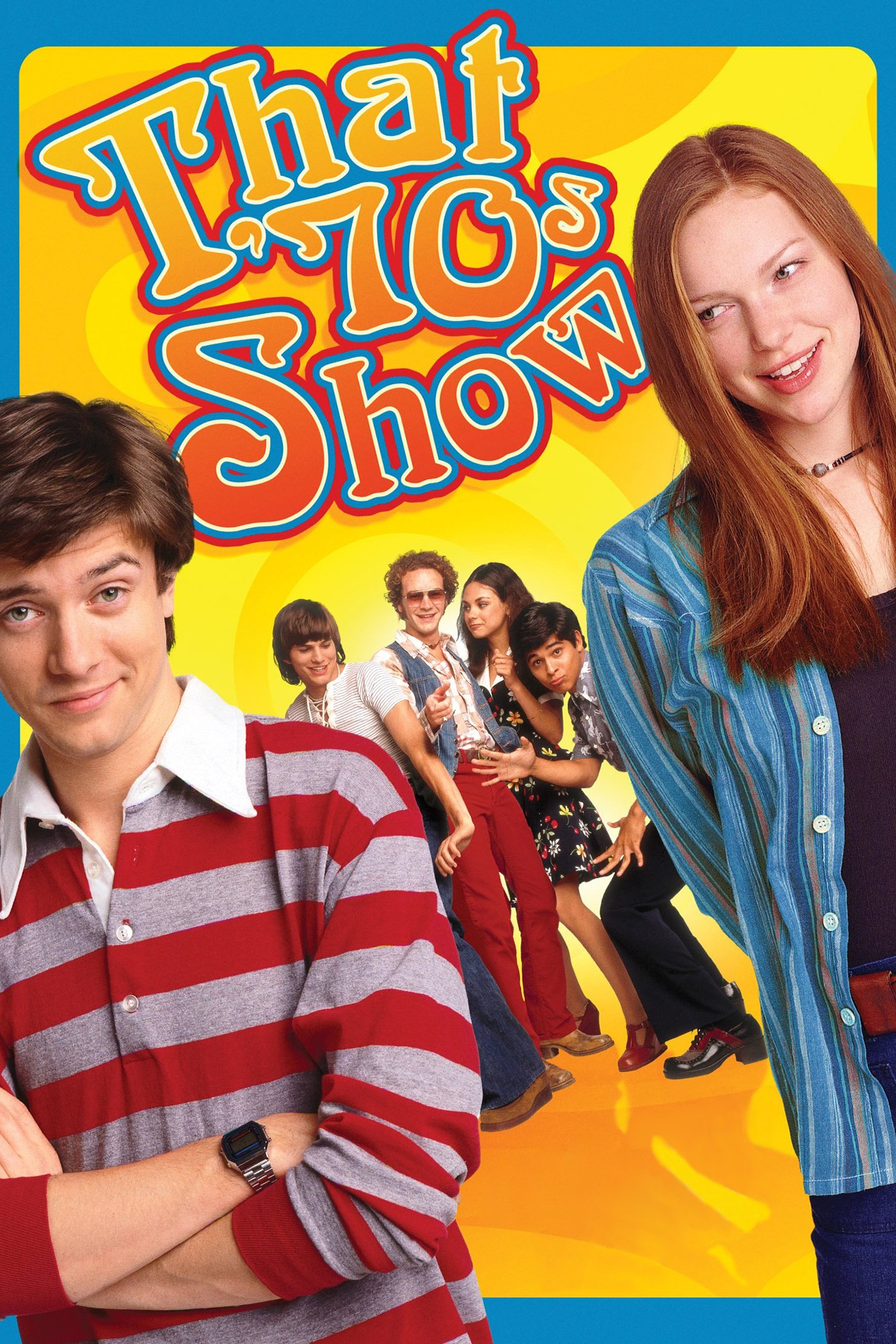
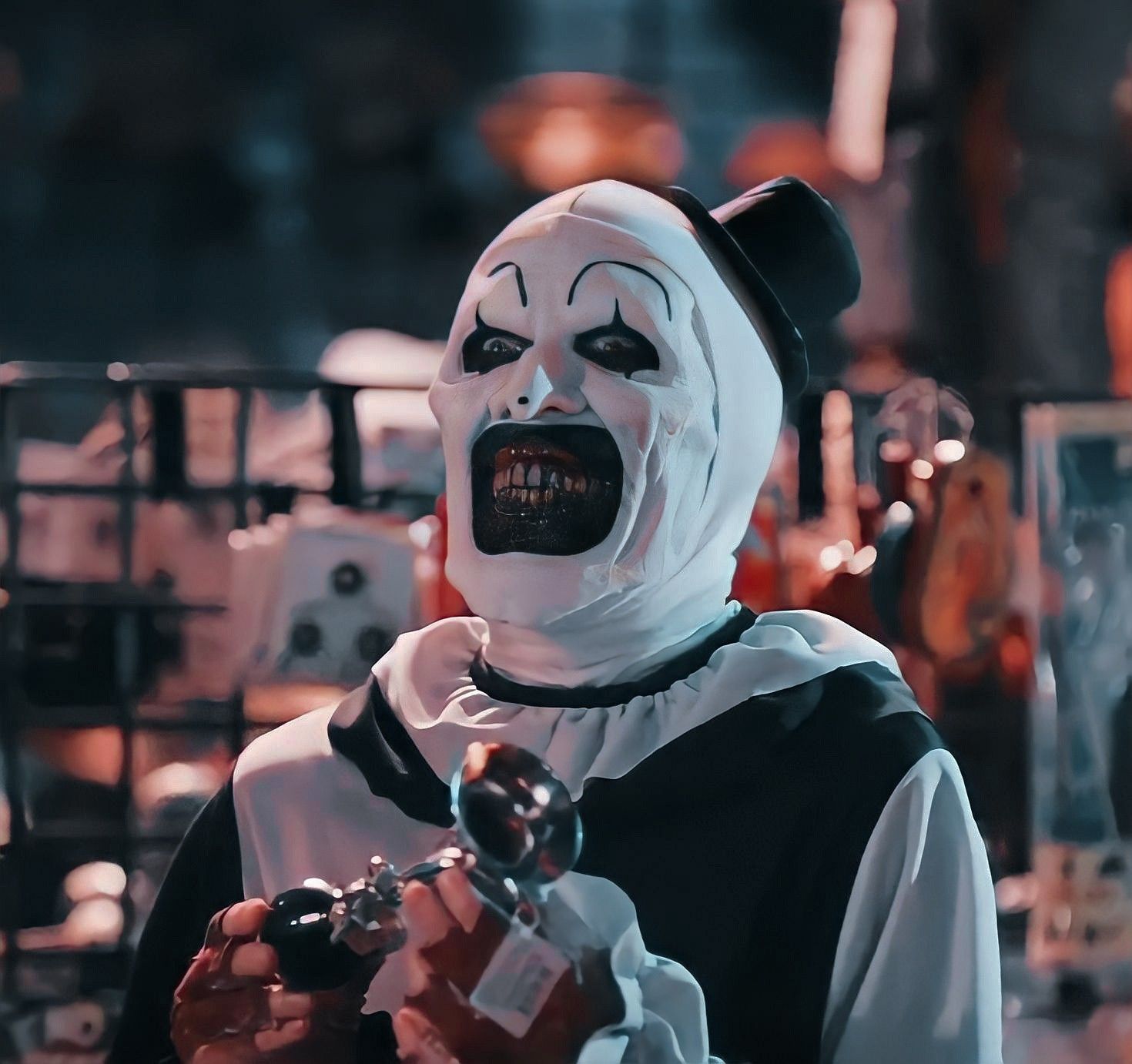
In Terrifier, Art stalks and slaughters two unsuspecting women on Halloween night, establishing his gleeful brutality and iconic mime-like presence. It's a lean, mean, splatter-filled thrill ride with an old-school grindhouse vibe.
Terrifier 2 cranks up the scale and weirdness, diving deeper into supernatural territory. Art returns from the dead with a creepy little sidekick and sets his sights on a teenage girl named Sienna, who has a mysterious connection to him. The kills are even more outrageous, but so are the stakes, visuals, and character arcs.
Terrifier 3 continues the story with a Christmas setting, expanding the lore while keeping the core ingredients: inventive gore, twisted humor, and Art’s eerily magnetic presence.
While some viewers dismiss the trilogy as “so bad it’s good,” I don’t get that vibe at all. I rarely like slasher films, but Terrifier has enough entertainment, character, originality, and charm that it doesn’t feel like one. Everything from the grainy aesthetic to the timing of kills, to Art’s cartoonish humorous yet terrifying antics, feels deliberately crafted. Art may be a deranged murder machine, but he’s also a showman, throwing in vaudeville flair between dismemberments. The supporting characters aren’t just body count fodder either—they feel like they belong in Art’s twisted little world, making the whole thing strangely cohesive and endlessly entertaining.
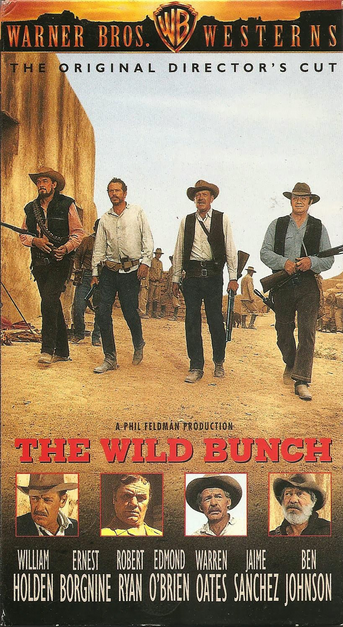
At times brutal and callous, the film captures the hardened indifference of violence—not glorifying it, but showing how transactional and cold it can be among criminals chasing their own goals. It was shocking for its time, and even today, moments like two gunmen casually comparing bullet holes in corpses to decide who made the kill still feel disturbingly raw and real.
Its slow-motion gunfights, bleak tone, and moral ambiguity were groundbreaking, and they continue to influence modern cinema. The Wild Bunch doesn’t just depict the end of the West—it bleeds it out in slow, dusty, tragic detail.
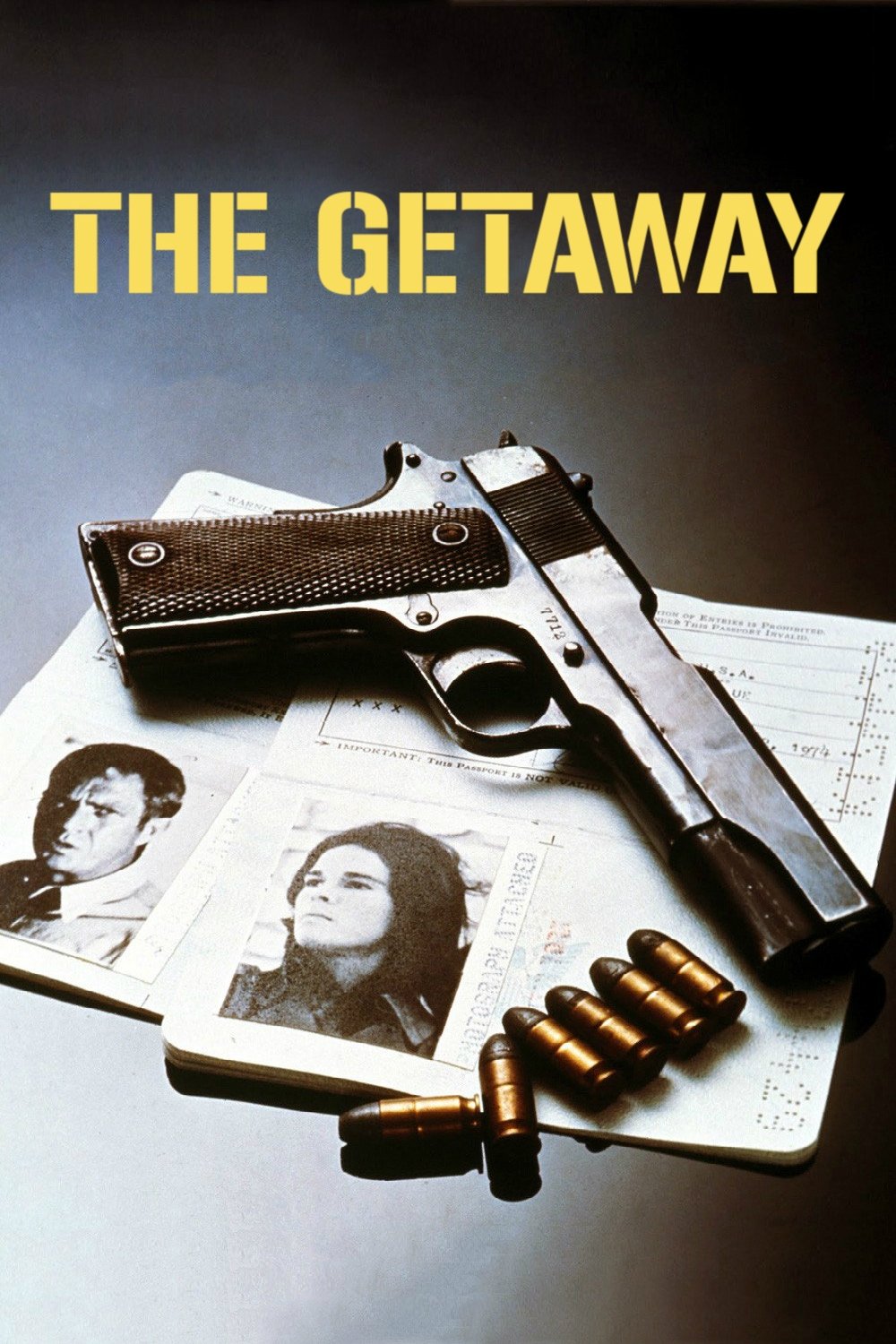
The film blends cool-headed suspense with bursts of raw, chaotic violence, anchored by McQueen’s stoic charisma and a palpable sense of mistrust between every character. Like much of Peckinpah’s work, it paints the criminal world as one where alliances are paper-thin and every deal comes with a knife in the back.
What makes The Getaway stand out isn’t just the shootouts or car chases—it’s the constant tension, the moral grayness, and the way it captures a world where survival often means getting your hands very, very dirty. It’s a heist movie with grit under the nails and sweat in every frame.
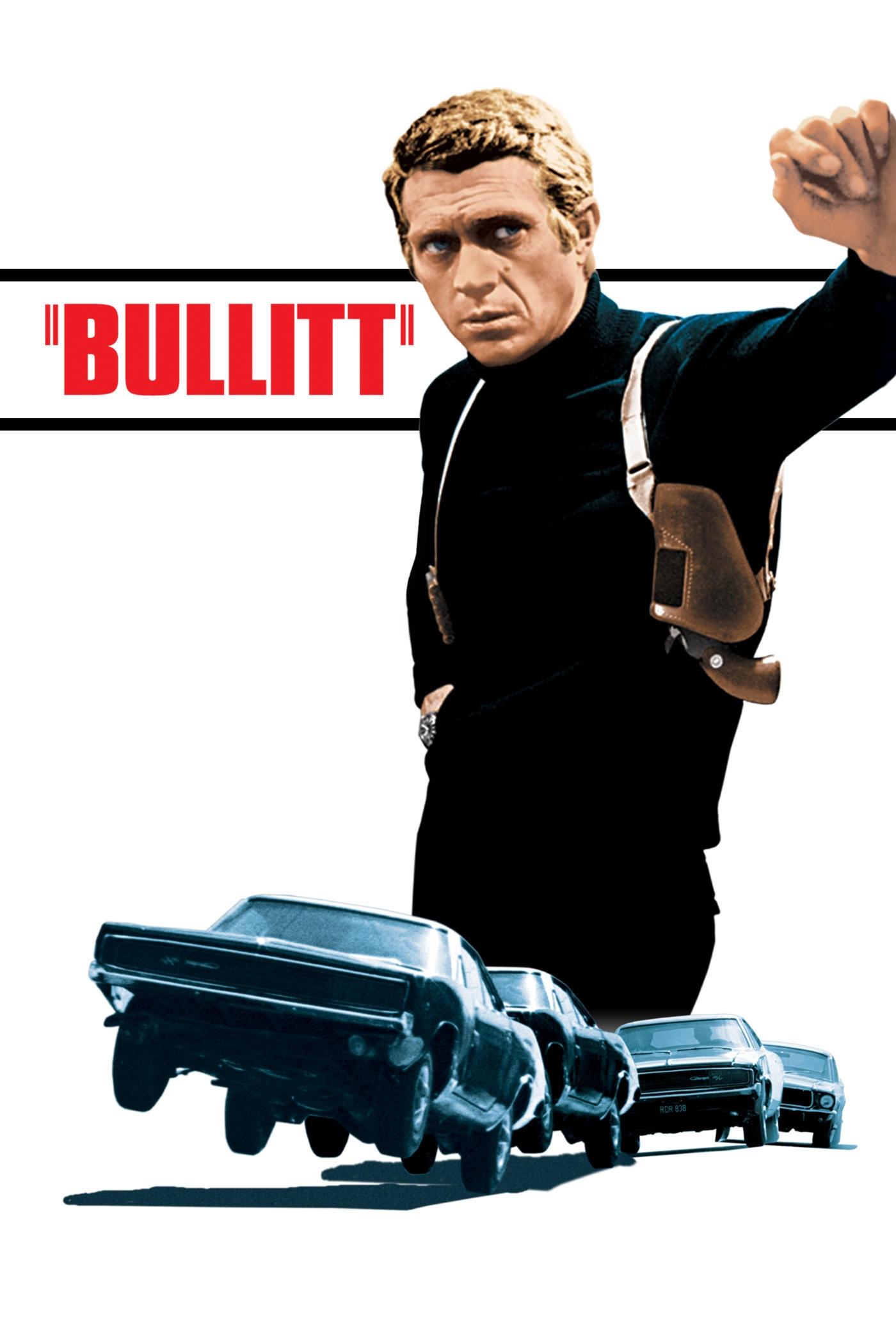
The film is most famous for its legendary car chase through the hilly streets of San Francisco—raw, unscripted, and still one of the most thrilling ever filmed—but it’s not just about horsepower. Bullitt is a mood: quiet tension, smart pacing, and a detective who doesn’t talk much but gets the job done.
Its stripped-down realism and grounded grit made it a game-changer for police procedurals, and McQueen’s performance turned Frank Bullitt into a cultural icon. The film isn’t flashy—it’s cool, methodical, and unshakably confident, just like the man behind the wheel.
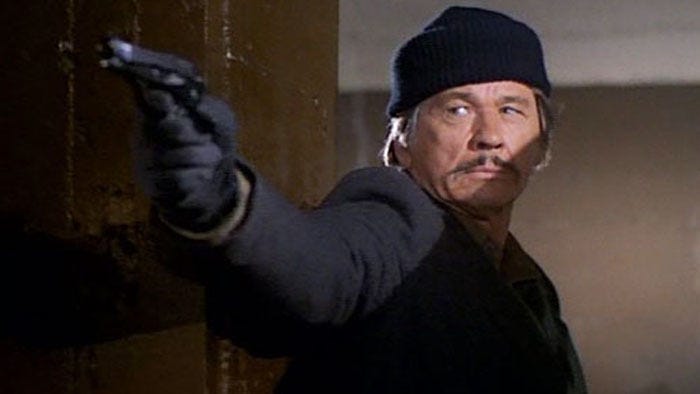
Death Wish II relocates Kersey to Los Angeles, but fate deals him another cruel hand when tragedy strikes again. This time, he doesn’t hesitate—he arms himself and brings down hell on a new wave of lowlifes. It's darker, more exploitative, and brutally personal, with Bronson even colder and more ruthless.
Death Wish 3 throws realism out the window and goes full action-movie mayhem. Kersey returns to New York to help an old friend but ends up leading a one-man war against a gang terrorizing a rundown neighborhood. It's loud, campy, and absurd in all the best ways—think Hollywood street thugs on motorcycles vs belt-fed machineguns and rocket launchers and a high body count.
After that? You can skip the rest. Parts 4 and 5 descend into bargain-bin territory, with recycled plots, cheap production, and none of the bite or charisma that made the first three films memorable. Not to mention its depressing watching an aged Charles Bronson barely hobble along in an action movie that struggles to realize he wasn't really fit for the role anymore... literally and figuratively. Death Wish 1–3 form the core of the series: revenge, escalation, and finally unhinged urban warfare. Beyond that, it’s just shooting blanks.
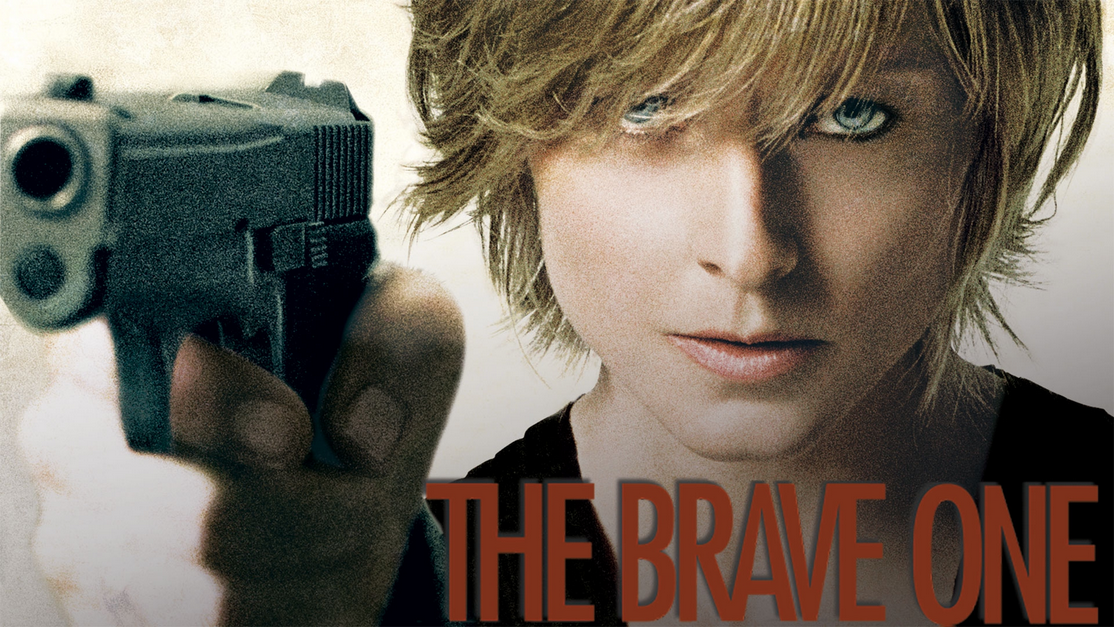
What sets The Brave One apart is its more introspective and emotional approach—Foster’s performance brings vulnerability and nuance to a character struggling with fear, rage, and guilt. It’s less grindhouse, more psychological, but still packs a punch when the trigger’s pulled. There’s tension not just in the action, but in the ethics: is she reclaiming power, or losing her soul?
The film wrestles with the same themes as Death Wish—justice, revenge, and personal loss—but through a more somber, meditative lens. It's a slower burn, not the same vibes, but not a bad film.
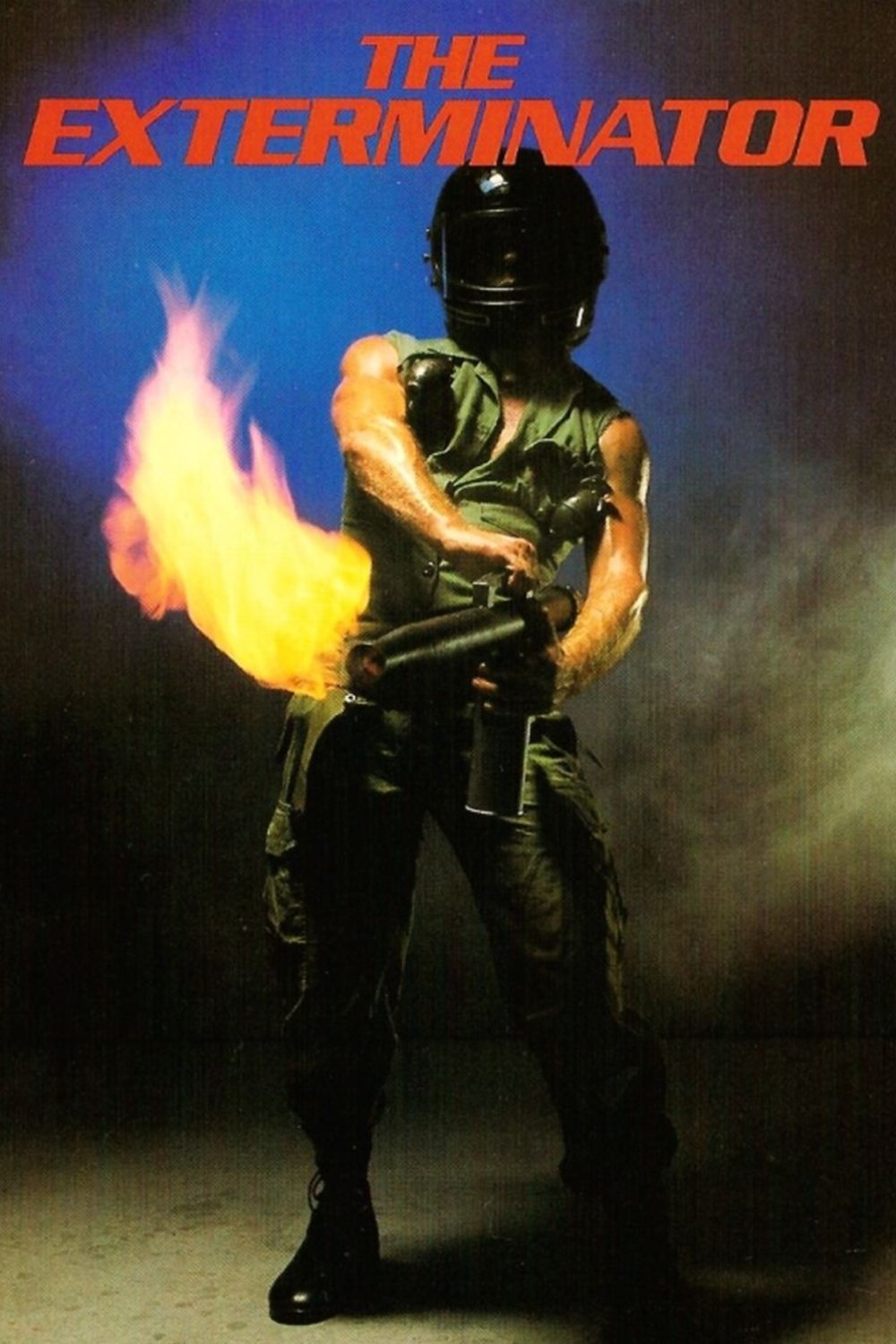
Exterminator 2 (1984) cranks up the absurdity, with Eastland now donning a welder’s mask and using a literal flamethrower to clean up New York’s crime-infested streets. It's more brainless action than character-driven story, with less emotional weight and far more neon-lit nonsense, but there's a certain trashy charm to the whole thing.
While it’s clearly a cheaper imitation of Death Wish with way less depth or moral complexity, it’s not bad if you’re in the mood for loud, dumb vigilante chaos. It lacks the feel and atmosphere of Bronson’s classics, but if you want something that blows up first and asks questions never, The Exterminator gets the job done—messily.
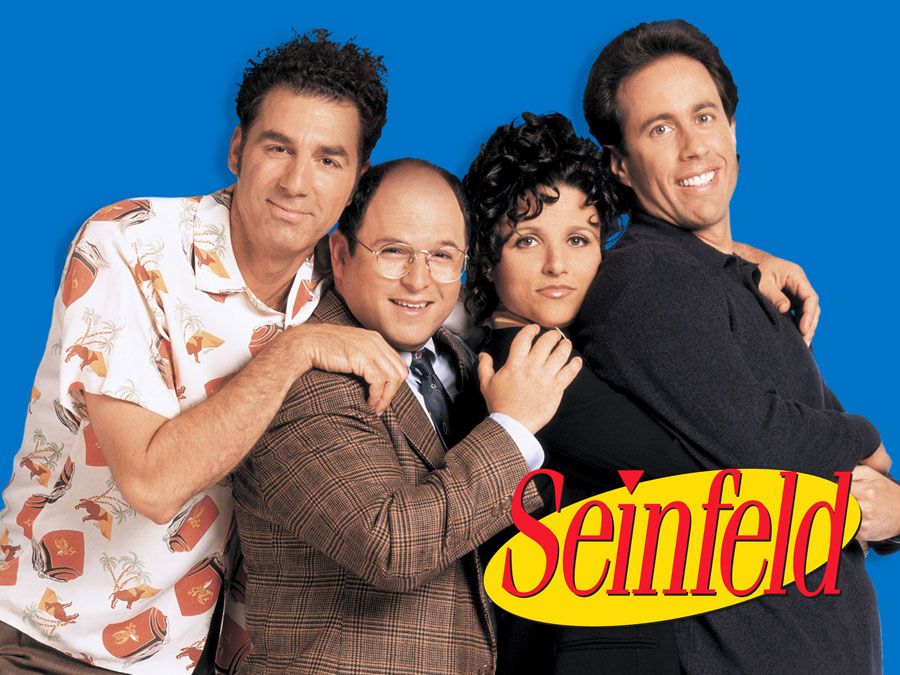
Centered around comedian Jerry Seinfeld and his quirky crew—neurotic George, eccentric Kramer, and sharp-tongued Elaine—the show follows their absurd day-to-day misadventures in New York City. There’s no big plot, no moral of the story—just razor-sharp dialogue, unforgettable moments ("No soup for you!", "Master of your domain" and let's not forget "these pretzels are making me thirsty,") and a relentless focus on the petty, awkward, and hilarious details of modern life.
It wasn’t about nothing—it was about everything that makes us weird humans. Still endlessly quotable, still funnier than most modern sitcoms, Seinfeld is the blueprint for smart, character-driven comedy that doesn't need sappy resolutions to land hard.
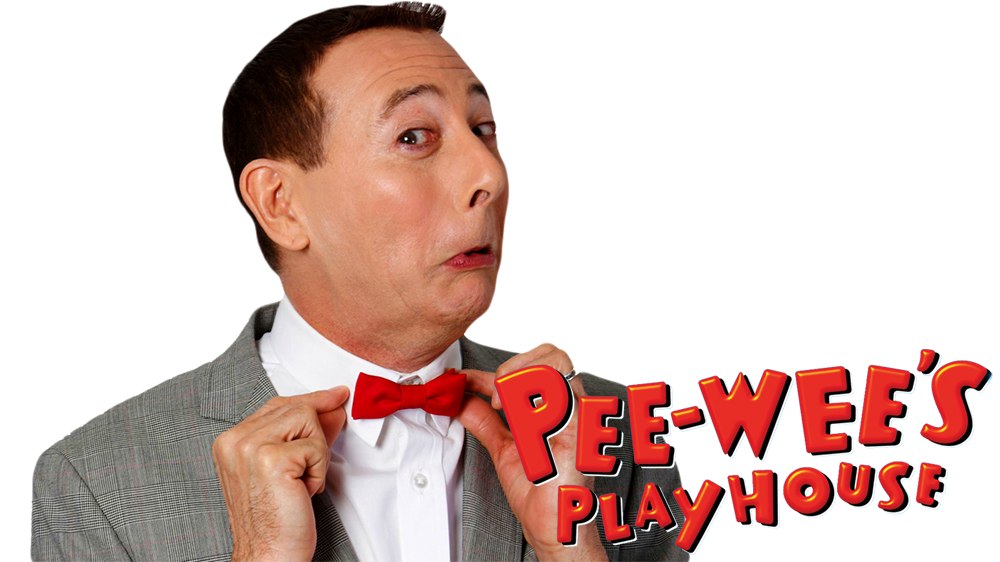
Hosted by the endlessly bizarre and lovable Pee-wee Herman (Paul Reubens), the show was a wild, colorful fever dream packed with talking furniture, stop-motion food, puppets, cowboys, and screaming the secret word of the day like our little sugar-fueled lives depended on it. It was part puppet show, part cartoon, part feverish performance art... wrapped in bubble wrap and neon.
Behind the silliness was genuinely brilliant design, creativity, and subversive humor—stuff that flew over kids’ heads but adults could grin at too. It was strange, it was loud, it was perfect. And if you grew up with it? It never quite left your brain.
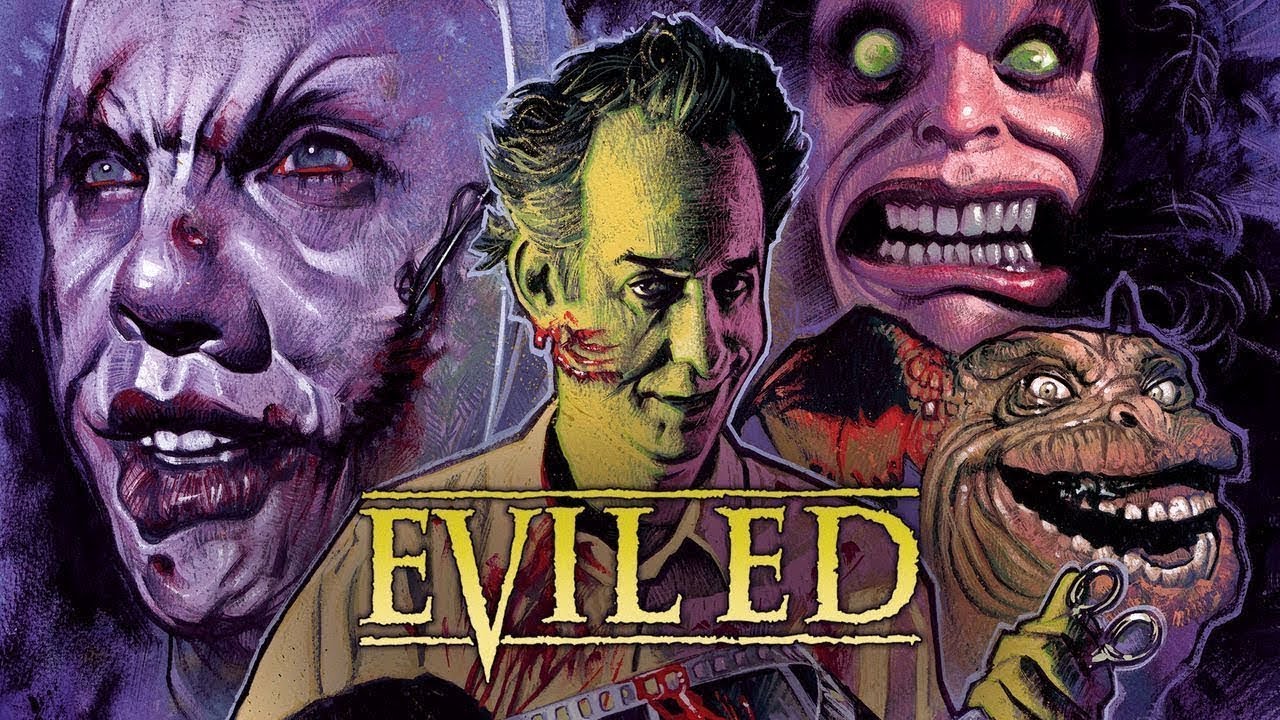
The film follows a mild-mannered film editor named Ed, who’s reassigned to cut a series of ultra-violent horror flicks called The Loose Limbs series. After hours of blood-soaked footage, Ed starts to lose his grip on reality, descending into full-blown madness and going on a murderous rampage.
It’s a parody of the old moral panic that violent movies turn people into psychos, and it runs with that idea to gloriously deranged extremes. Think chainsaws, exploding heads, and tongue-in-cheek jabs at censorship and media hysteria, all served with that gooey, cartoonishly gory flair that screams Dead Alive and Bad Taste.
It’s scrappy, weird, and proudly messy—Evil Ed is cult cinema through and through.
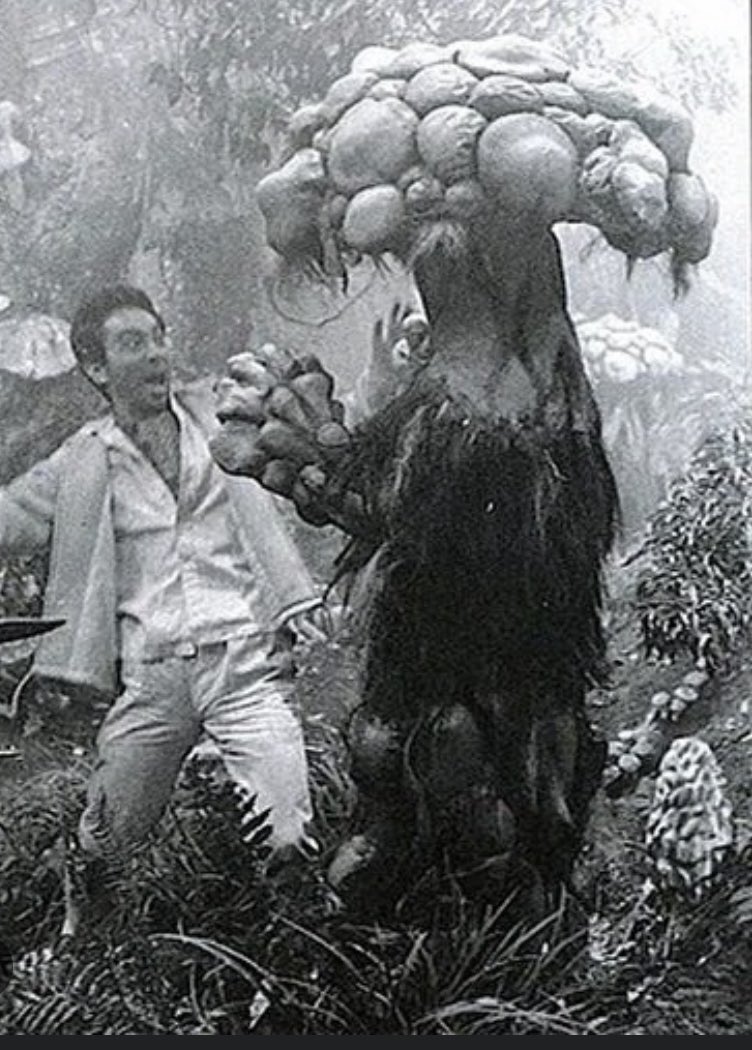
Directed by Ishirō Honda (of Godzilla fame), it follows a group of shipwrecked survivors stranded on a mysterious island where weird fungus grows everywhere. As supplies dwindle and tensions rise, some start eating the mushrooms—and that’s when things get genuinely freaky. Hallucinations, madness, and body horror creep in, and the whole thing turns into a slow, unnerving descent into psychological and physical transformation.
It’s got a cool, eerie plot, fantastic atmosphere, and moments of quiet dread that really stick with you. Despite the silly-sounding premise, Matango is legitimately unsettling and way better than its cheesy alternate title suggests. Think Gilligan’s Island meets Cronenberg, and you’re not far off.

It doesn’t just show the initial blast—it follows the slow, agonizing decay of society, infrastructure, and human dignity in the weeks, months, and even years after the bombs fall. The film explores real-world consequences in excruciating detail: fallout poisoning, food shortages, societal breakdown, psychological collapse, and the horrific toll on civilians.
Among the most haunting scenes:
A man is executed because he mentally breaks down and can’t continue burying hundreds of corpses as ordered by the government.
Desperate civilians are shot dead for taking canned goods from bombed-out grocery stores—because the state declares all food as government property.
A woman, having survived in the ruins, gives birth alone, biting the umbilical cord off with her bare teeth in horrifying detail; no medical care, no help, just raw human desperation.
Years later, under nuclear winter, the survivors live in a near dark-ages-like society, manually scraping barely sprouting wheat from the dead soil for a shred of sustenance.
Threads is not entertainment. It’s a warning, and it lands like a hammer. It’s arguably the most realistic depiction of nuclear war ever put to screen, and decades later, it’s still deeply disturbing—because it doesn’t just show the end. It shows what’s left after the end.
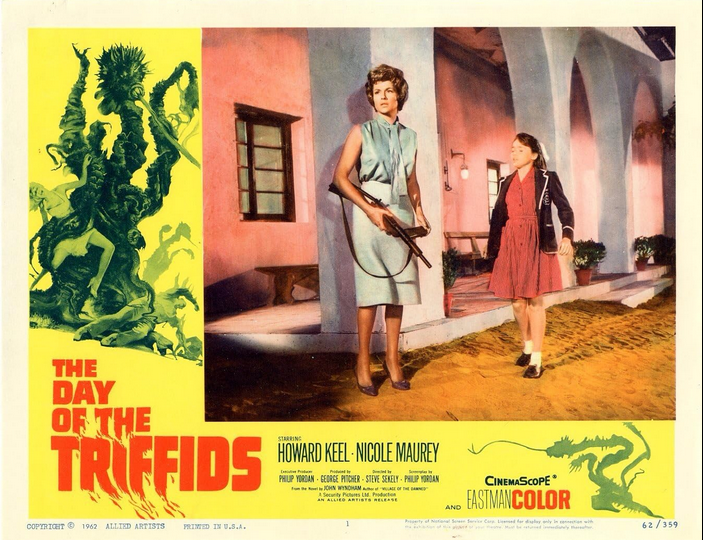
The story kicks off with a freak meteor shower that blinds most of the world’s population overnight. Amid the chaos, a man who missed the event due to eye surgery wakes up to find civilization collapsing—and worse, giant venomous plants called Triffids have begun to attack. Originally farmed for oil, the Triffids are mobile, deadly, and very opportunistic now that humanity can’t see them coming.
It’s a weird, eerie premise, combining the fear of isolation, blindness, and unstoppable nature run amok. While the effects are very much 1963-tier, the atmosphere is solid, and there are some genuinely unsettling moments—especially with the blind masses stumbling helplessly into danger.
It may not be action-packed, but Day of the Triffids is a slow-burn sci-fi disaster flick with a unique apocalyptic vibe that’s still effective. Think of it as a mix of Invasion of the Body Snatchers and Bird Box—with killer plants.
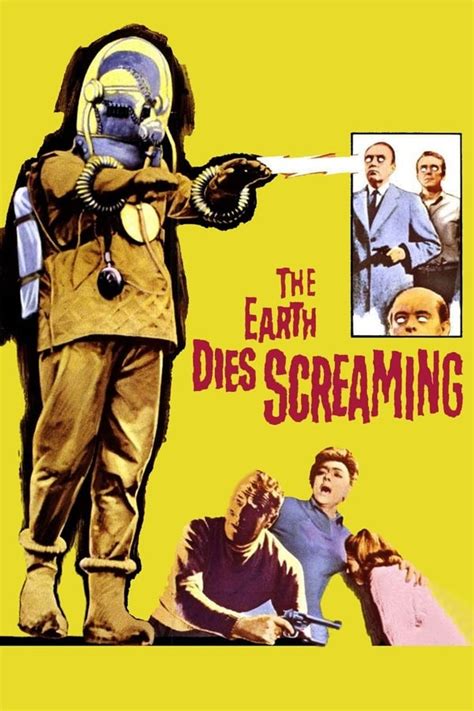
After an unexplained catastrophe wipes out much of the population, a small group of survivors gathers in a sleepy English village trying to piece together what happened. Soon, they discover the cause: an alien invasion that includes emotionless robot (or cyborg-like) enforcers stalking the streets... and worse, the dead are rising again—not as mindless zombies, but as alien-controlled puppets.
It’s got an eerie stillness, a creeping dread, and a stark black-and-white aesthetic that gives it a Twilight Zone vibe. The film is short and low-budget, but it uses its limitations well, building suspense and dread instead of flashy effects. The mix of alien tech, undead mind control, and survival paranoia makes it feel like a prototype for later invasion horror films.
In short: The Earth Dies Screaming is tight, spooky, and smartly simple—a hidden gem of mid-century sci-fi that’s worth checking out if you like quiet, creeping doom with a sci-fi twist.
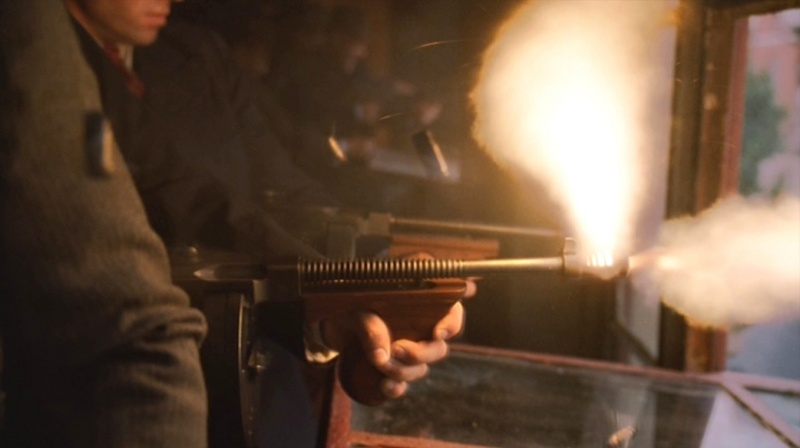
Created by Terence Winter and produced by Martin Scorsese (who directed the first episode), the series dives deep into organized crime, political power, and personal betrayal, blending historical figures like Al Capone, Lucky Luciano, and Arnold Rothstein into its bloody, booze-soaked tapestry.
With stunning set design, sharp writing, and unforgettable performances (especially from Steve Buscemi as Nucky), Boardwalk Empire delivers Shakespearean drama wrapped in vintage pinstripes and Tommy gun fire. It’s violent, emotional, beautifully tragic—and one of the best crime shows ever put to screen. If you like your gangsters with a side of melancholy and moral complexity, this one’s a masterpiece.
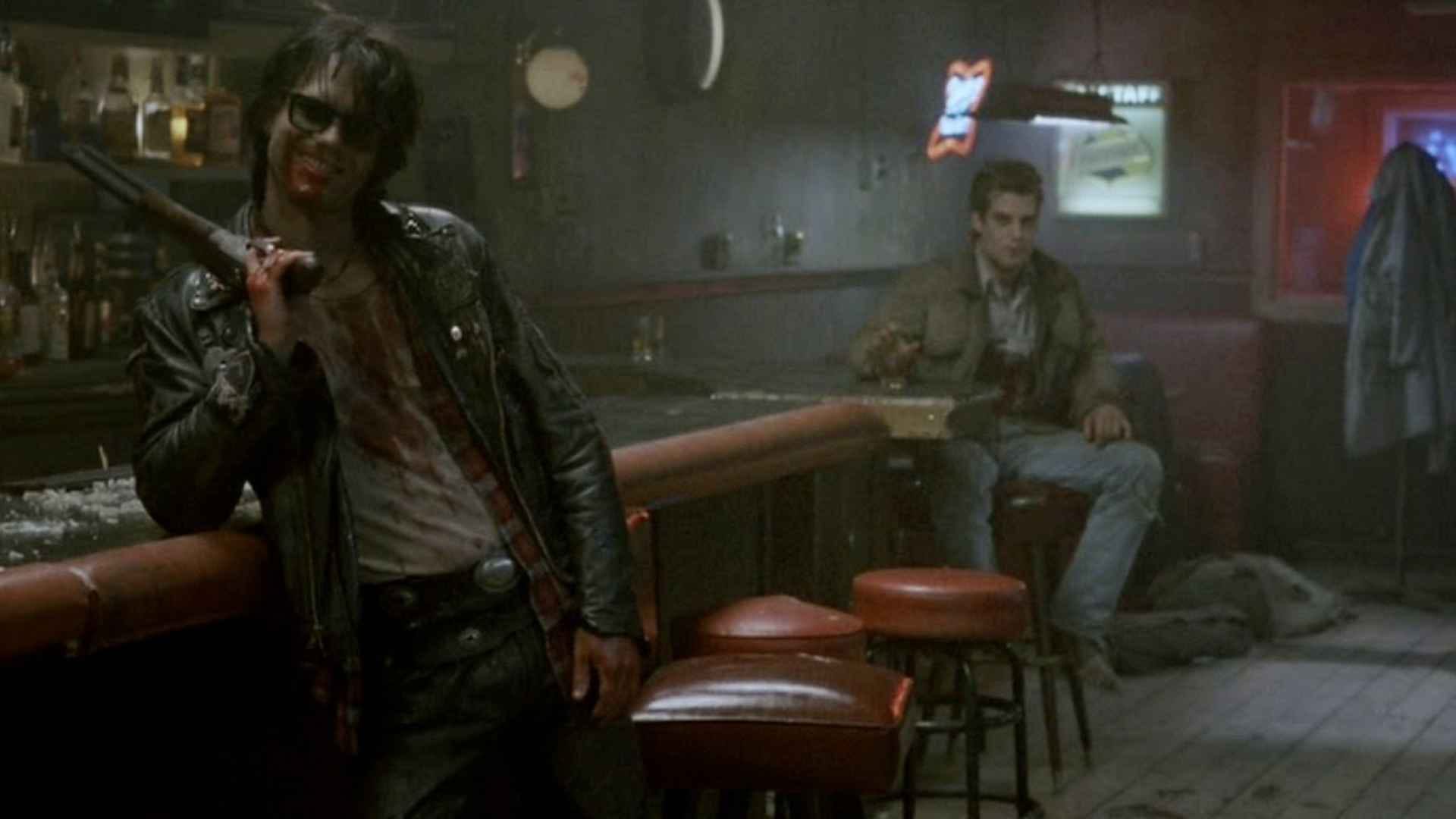
As Caleb struggles with his transformation, he’s torn between his humanity and the violent, blood-soaked lifestyle of his new “family.” Featuring moody cinematography, a haunting synth score by Tangerine Dream, and standout performances (especially from Bill Paxton as a gleefully unhinged vampire), Near Dark delivers a grimy, atmospheric, and refreshingly unconventional take on vampire lore.
It’s blood, dust, neon, and tragedy—a vampire movie that rides into town wearing spurs and fangs. Honestly its one of if not the best vampire movie I've ever seen.
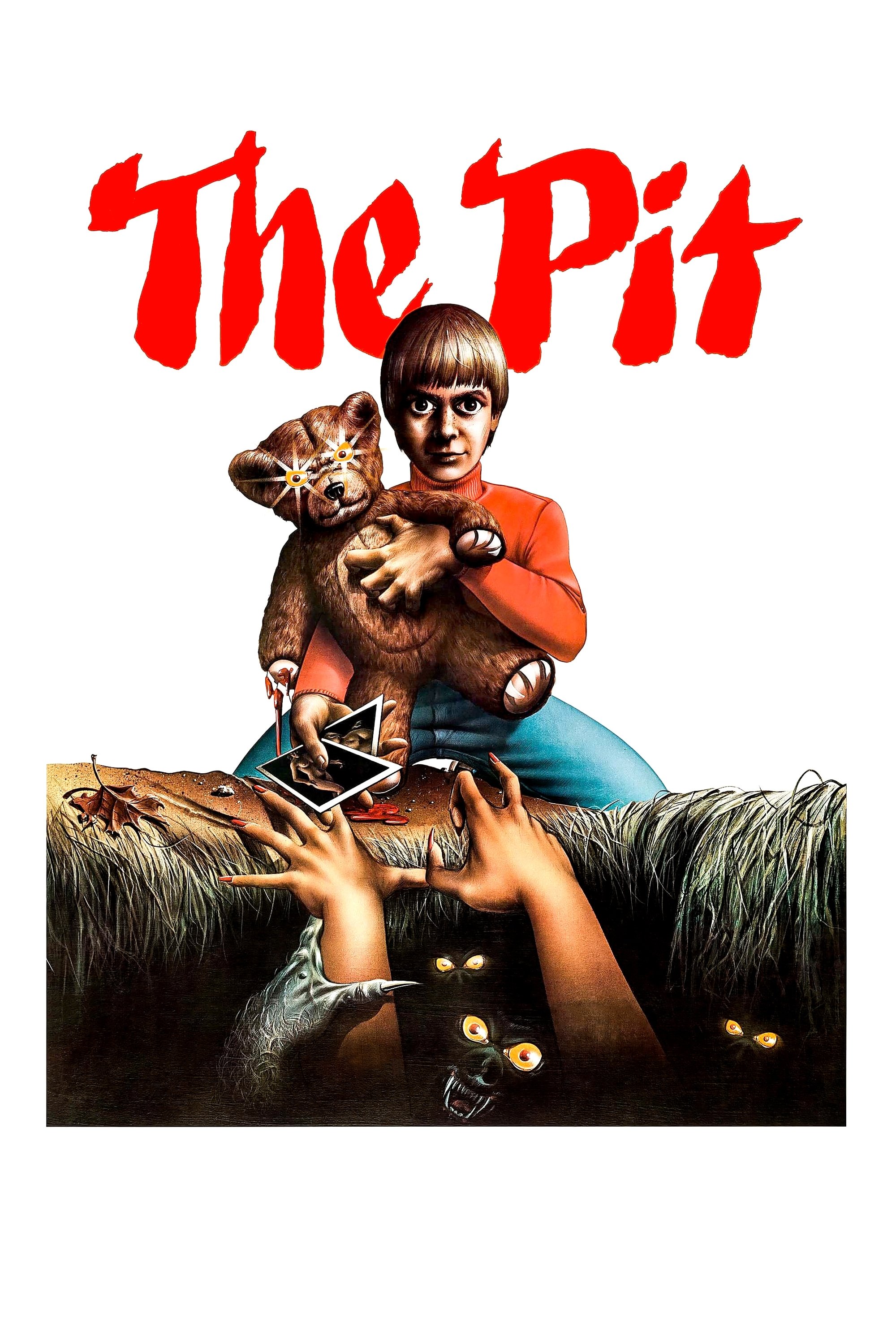
The plot centers on Jamie, a deeply awkward and possibly autistic 12-year-old loner who discovers a pit in the woods full of carnivorous troll-like creatures he calls “Tra-la-logs” (a mispronunciation of troglodytes). Egged on by his creepy, worn-out teddy bear (yes, he talks to it and hears voices), Jamie starts luring people who upset him to the pit… where the monsters happily snack on them.
It’s all presented in a surreal, disjointed way—like the infamous scene where the teddy bear suddenly moves on its own, and then that concept is never brought up again. No explanation. No logic. Just... moving bear. And that's the tone of the whole movie.
What makes The Pit oddly special is how much it resembles the nonsense fever-dream logic of an Italian horror film, despite being Canadian. It has that same off-kilter editing, awkward dubbing energy, wild tonal shifts, and a complete disregard for narrative cohesion. It feels like a Lucio Fulci movie got rewritten by a disturbed 10-year-old and shot in a sleepy suburb with a troll costume budget of $40.
In short: The Pit is a so-bad-it’s-entertaining oddity, not unlike watching a horror movie on mushrooms by accident. It’s dumb, it’s creepy, it’s messy—but somehow, you can’t look away.
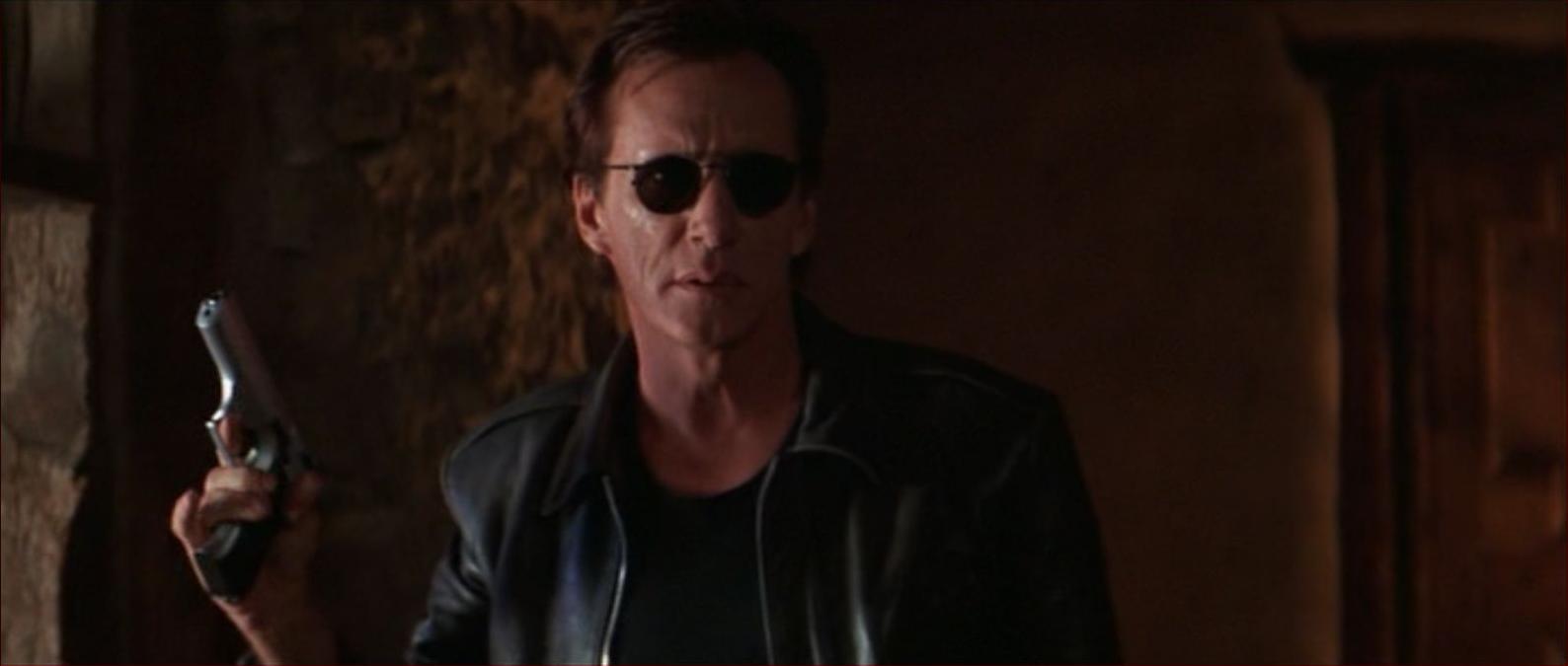
The film blends classic vampire mythology with Carpenter’s signature stripped-down action and dusty, sun-bleached style. It’s brutal, cynical, loud, and dirty—basically vampires by way of a biker bar shootout. The dialogue is sharp, the gore is heavy, and the tone is pure grimy late-‘90s grindhouse.
And if I’m not mistaken… this might’ve been the first DVD I ever bought—and honestly? Not a bad choice. It’s not Carpenter’s best, but it oozes that badass B-movie energy that’s hard not to enjoy.
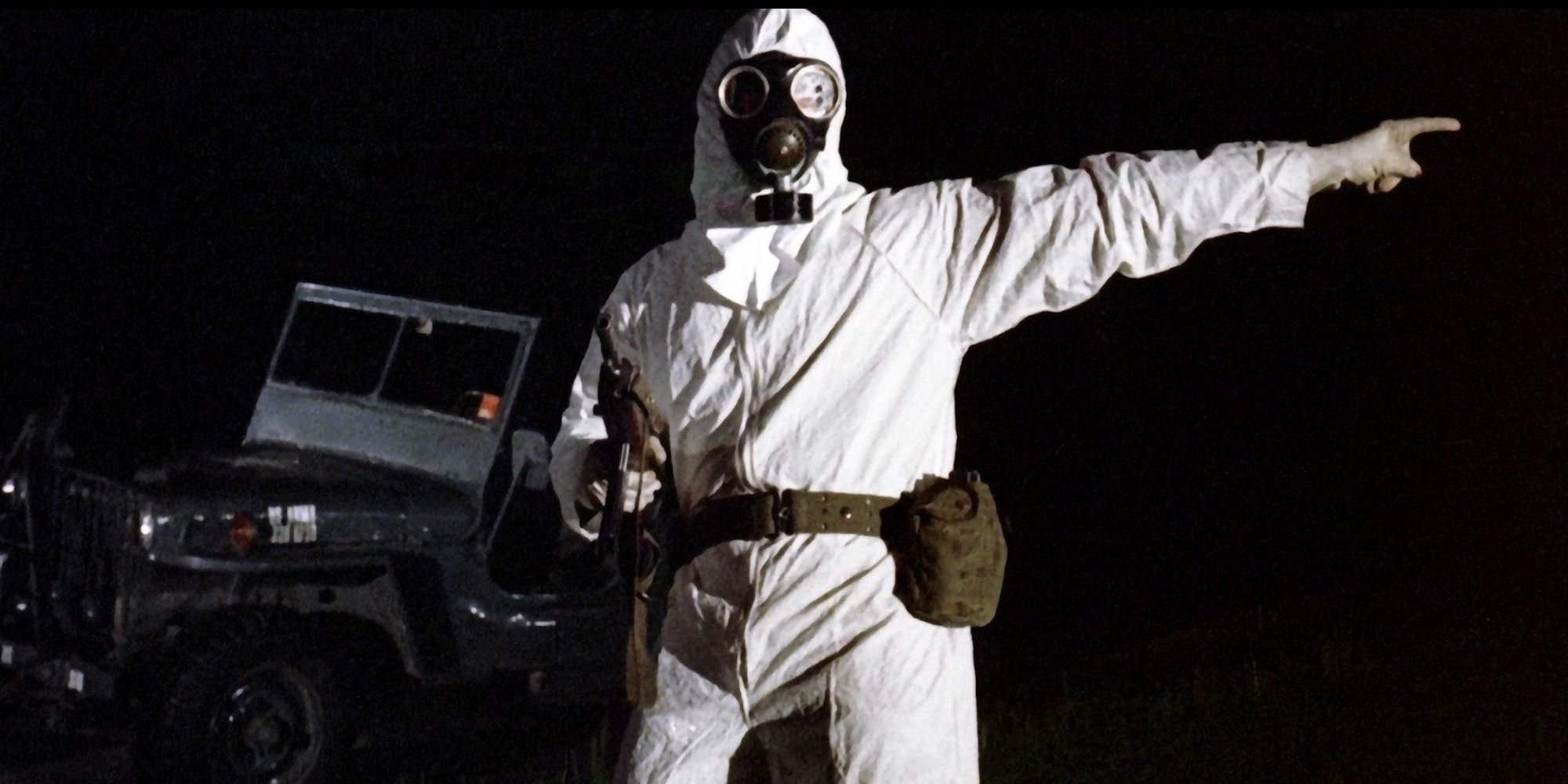
It’s not a bad movie—in fact, it’s got a pretty neat plot that mixes viral outbreak paranoia with commentary on government incompetence and overreach. There’s a sense of realism that makes the story hit harder, especially as you watch average people crumble under pressure, unsure who to trust.
That said, if you’re not in the right mood, it can drag a bit. It’s more procedural and chaotic than action-packed, and it leans into that 1970s bleakness with gusto. And the ending?
Let’s just say the ending pissed me off—in a way that’s thematically appropriate, sure, but still feels like a punch in the gut. Not soul-crushing like Threads, but definitely in the “oh come on!” tier.
Worth watching—just maybe don’t go in expecting closure or a high-five.
Also for a Romero film its actually light on gore by HIS standards; but it was one of his earlier films. Interestingly, the movie also has Richard France (eye-patch scientist guy) in a similar role as what he had in the later Romero film Dawn of the Dead (the original one.) I guess Romero just really liked him in the scientist role since the characters are virtually identical.
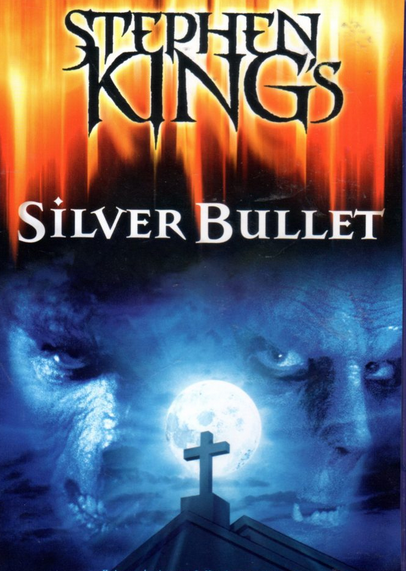
Silver Bullet is a small-town werewolf movie based on Stephen King’s novella Cycle of the Werewolf—and it’s got all the hallmarks of ‘80s horror: foggy woods, suspicious townsfolk, a killer on the loose, and yes, Gary Busey before the accident, back when he still had that charming chaotic-uncle energy without tipping into
full cosmic madness.
The story follows a young paraplegic boy named Marty (Corey Haim) who suspects a werewolf is behind a string of grisly murders. With the help of his skeptical but lovable Uncle Red (Busey), he sets out to uncover the truth and stop the beast.
The movie is predictable, sometimes hokey, and weirdly feels like it was geared toward kids—despite the gore and darker subject matter. It plays like a made-for-TV special where someone accidentally left in the werewolf maulings.
And yeah... Stephen King. Look, the guy’s well-known, but let’s be real—he has the literary stamina of a greyhound (even if he does steal plots and ideas a lot,) and the ending skills of a shopping cart with four janky wheels. Silver Bullet is no exception: serviceable plot, fun setup, and then—well, that’s it, I guess.
Still, for fans of cozy mid-tier horror with some unintentionally funny werewolf effects and early Busey charm, it has that small-town October night comfort vibe, even if it's not howlin’ at the top of the horror food chain.
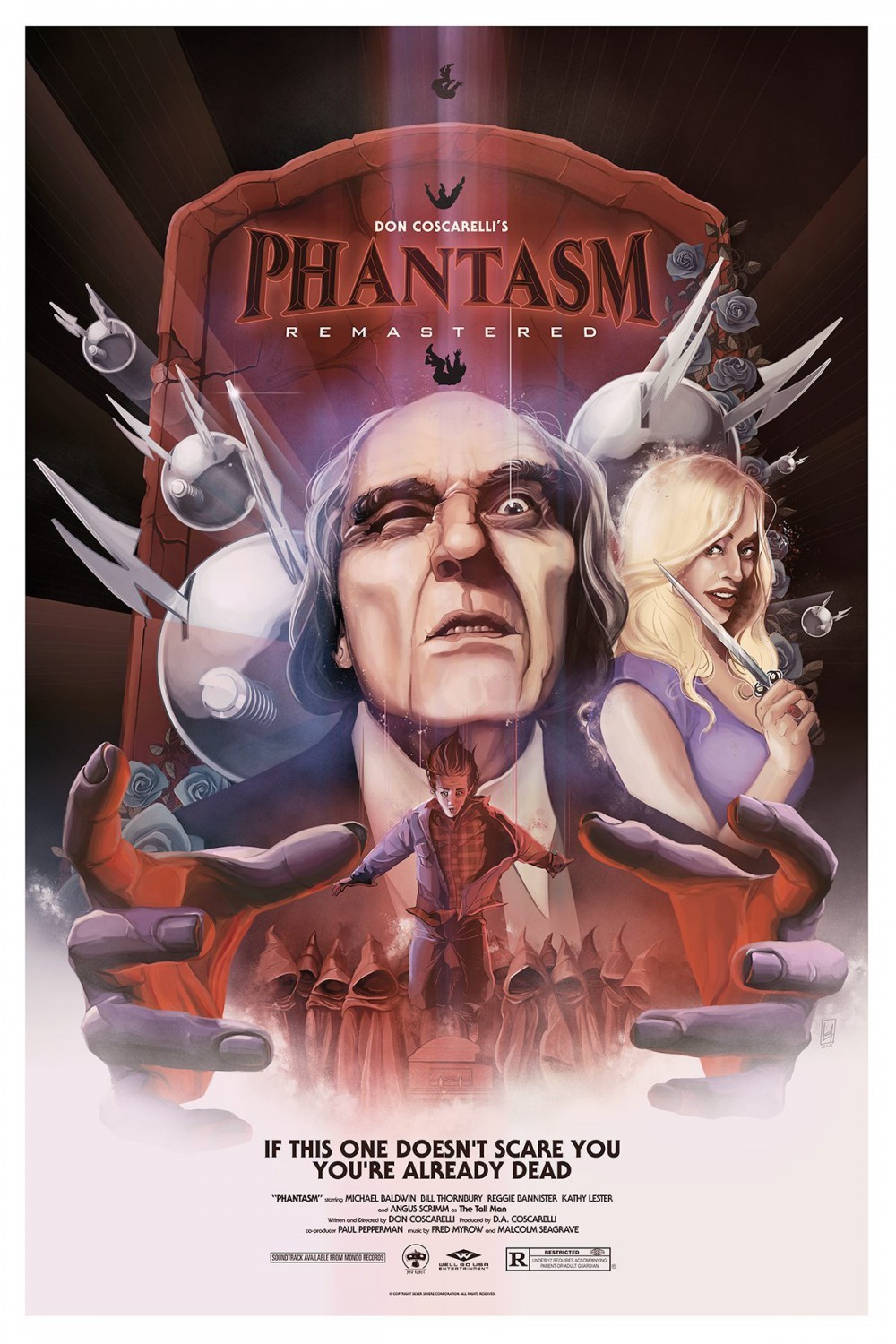
Phantasm is a surreal horror film that blends eerie dream logic with sci-fi and gothic elements. It follows a teenager named Mike who begins investigating strange occurrences at the local mausoleum after witnessing a mysterious tall man effortlessly lifting a coffin by himself.
With the help of his older brother and a friend, Mike uncovers a bizarre reality involving reanimated corpses, deadly flying silver spheres, and the otherworldly “Tall Man,” an enigmatic undertaker harvesting the dead for sinister interdimensional purposes. The film is known for its nightmarish atmosphere, low-budget inventiveness, and ambiguous storytelling that blurs the line between reality and dream.
Its sequels (as to be expected,) get worse the longer they go on but the film remains a hauntingly weird cornerstone of late '70s horror.
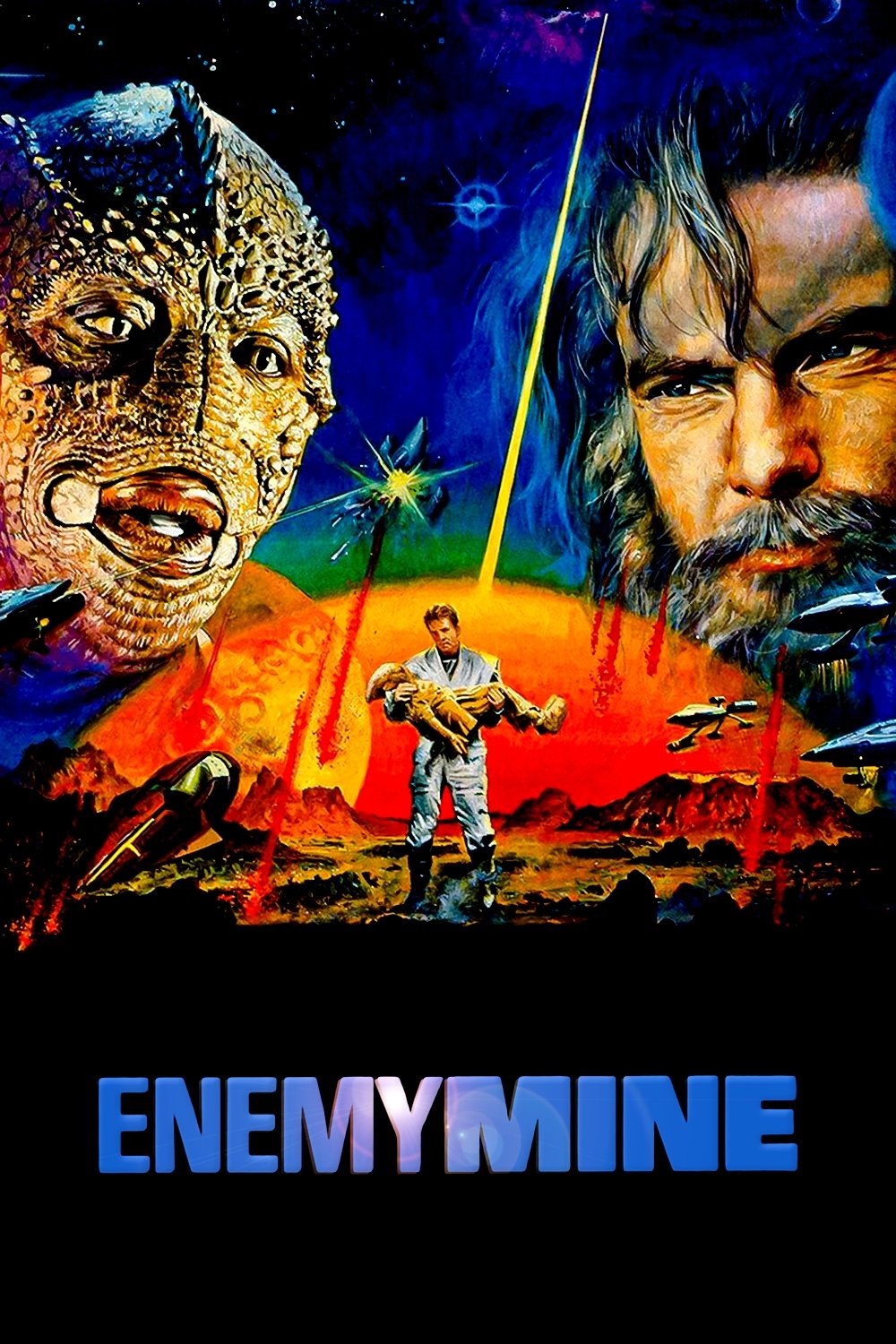
Forced to rely on each other to survive, the two enemies slowly overcome their hatred and form a deep bond. As time passes, Davidge even helps raise Jerry’s child after tragedy strikes. The film shifts from a tale of survival to one of redemption and understanding, showing how shared hardship can transcend deep-rooted conflict. While not a blockbuster, Enemy Mine gained cult status for its heartfelt story and powerful message.
Enemy Mine is a hidden gem in the scifi movie scene with a powerful anti-war messge.
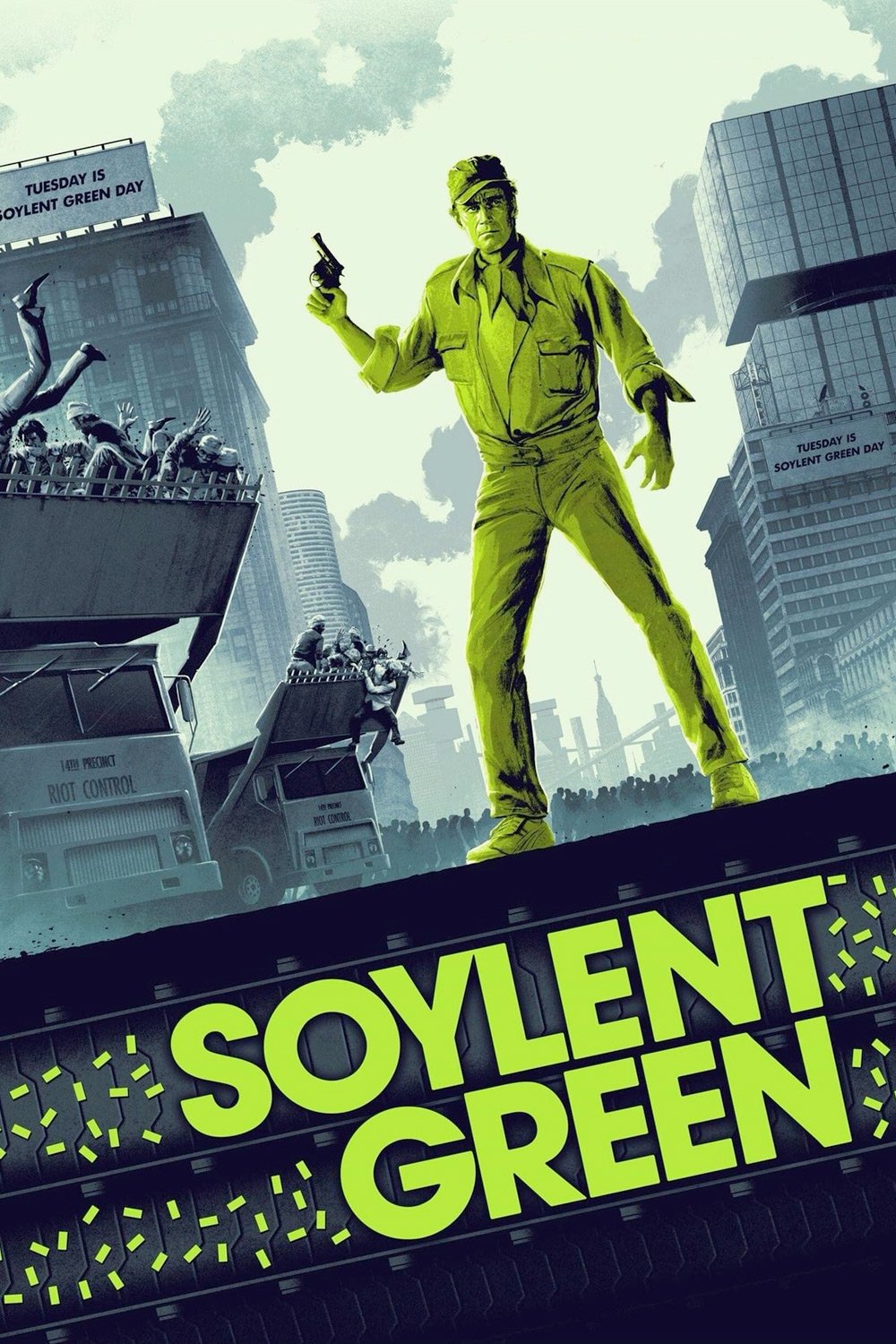
While most people know Soylent Green for its infamous twist ending — and the line “Soylent Green is people!” — surprisingly few have actually seen the film. That’s a shame, because it’s a truly bleak and brilliant piece of speculative fiction. The movie doesn’t just rely on shock; it builds a deeply oppressive world full of eerily accurate predictions: ecological collapse, corporate dominance, extreme wealth disparity, housing crises, and a society numbed into submission.
Its most horrific prediction — that human lives would one day be reduced to literal commodities — hasn’t (thankfully) come true, but many of its other themes feel more relevant than ever. Soylent Green is more than a meme or a catchphrase; it’s a haunting look at where we could end up if we’re not careful — and a must-watch for any fan of dystopian cinema.
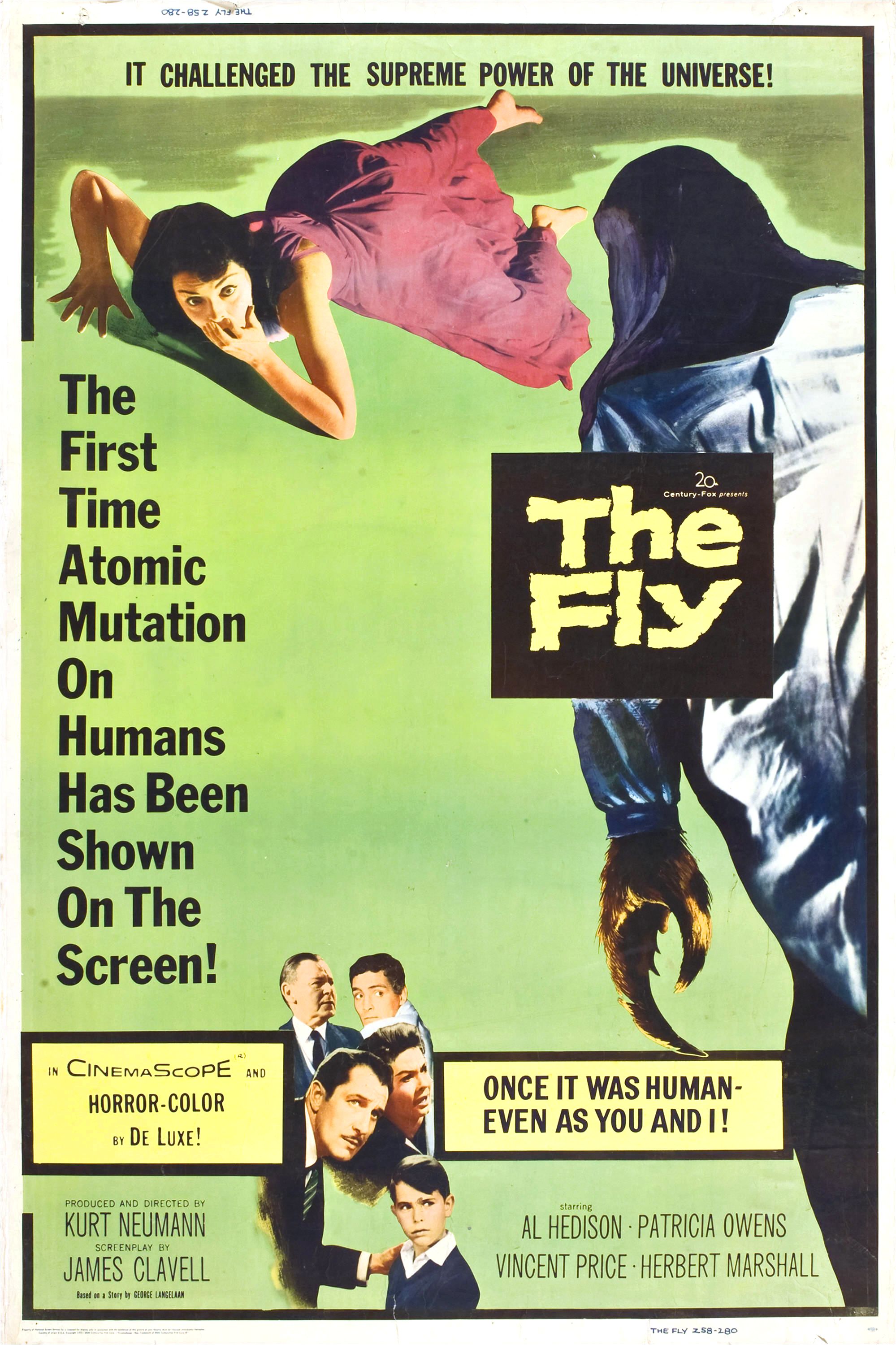
Return of the Fly (1959) picks up with André’s son, Philippe, now grown and determined to redeem his father’s legacy by perfecting the transporter. Unfortunately, history repeats itself when a human-fly hybrid is once again created. This time, the mutation is even more grotesque, and the story leans more into traditional monster movie territory. With a slightly lower budget and a more pulp-horror tone, it doesn’t hit the same emotional highs but still delivers entertaining sci-fi thrills.
Curse of the Fly (1965) takes a strange turn. Rather than focusing on a new fly mutation, it follows André’s descendants who are secretly continuing teleportation experiments—with disturbing results. Mutated failures and hidden victims haunt the Delambre estate. There’s no actual fly-human hybrid in this one, and the shift to a more gothic, psychological horror vibe makes it the oddball of the trilogy. While it lacks the shock of the first two, it’s an atmospheric and unsettling conclusion to the original Fly saga.
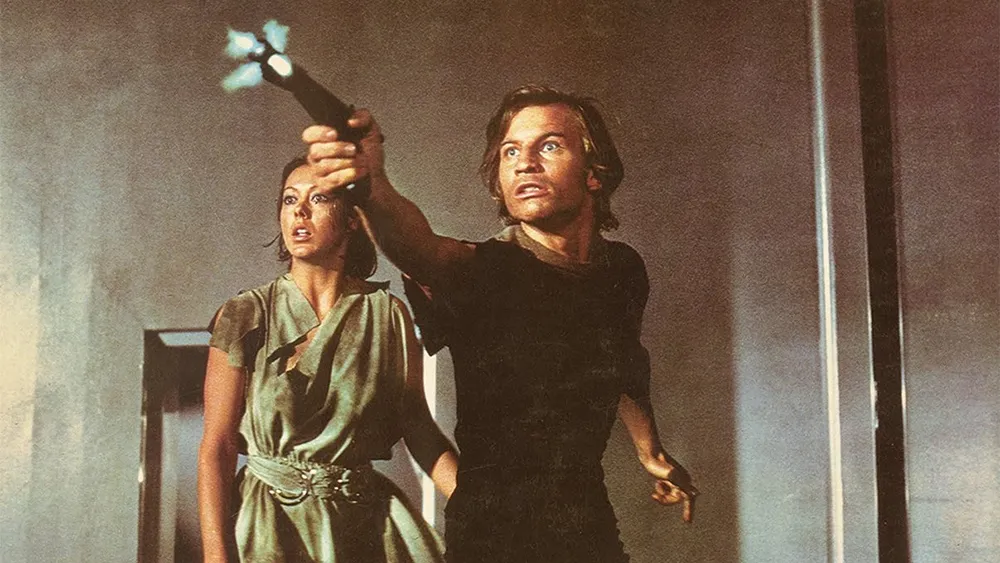
Logan 5 is one such Sandman, until he’s ordered to go undercover and locate a group of “runners” escaping to a rumored place called Sanctuary. Alongside a woman named Jessica, Logan begins to question everything he’s been taught as they flee the city and discover the decaying remnants of the outside world. What follows is part chase movie, part awakening, as Logan confronts the truth and ultimately rebels against the system.
Logan’s Run is a smart and stylish look at the dark side of utopia. Its themes of ageism, population control, and blind trust in technology feel especially relevant today. With its mix of retro-futuristic design, eerie optimism, and eerie consequences, it’s not just a cult classic—it’s one of the more thought-provoking sci-fi films of the '70s.
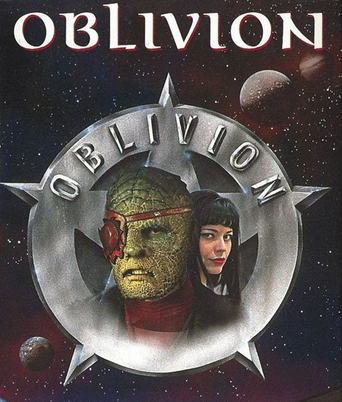
The movie’s full of cheesy practical effects, rubbery alien makeup, and tongue-in-cheek humor. It doesn’t take itself too seriously, and that’s part of the charm. Featuring genre veterans like George Takei, Julie Newmar, and Isaac Hayes, Oblivion is pure cult cinema: goofy, weird, and strangely endearing.
Oblivion 2: Backlash (1996) picks up right where the first left off, with Zack still trying to bring peace and order to the town. This time, a new threat arrives in the form of Lash, a whip-wielding femme fatale with a grudge, and her gang of outlaws bent on revenge. The sequel keeps the same blend of sci-fi and western nonsense, with returning characters, more campy action, and just enough self-awareness to keep it fun.
Both are a blast if you’re in the mood for something totally off the rails. Think of them as space-western comfort food—cheap, silly, and totally unpretentious.
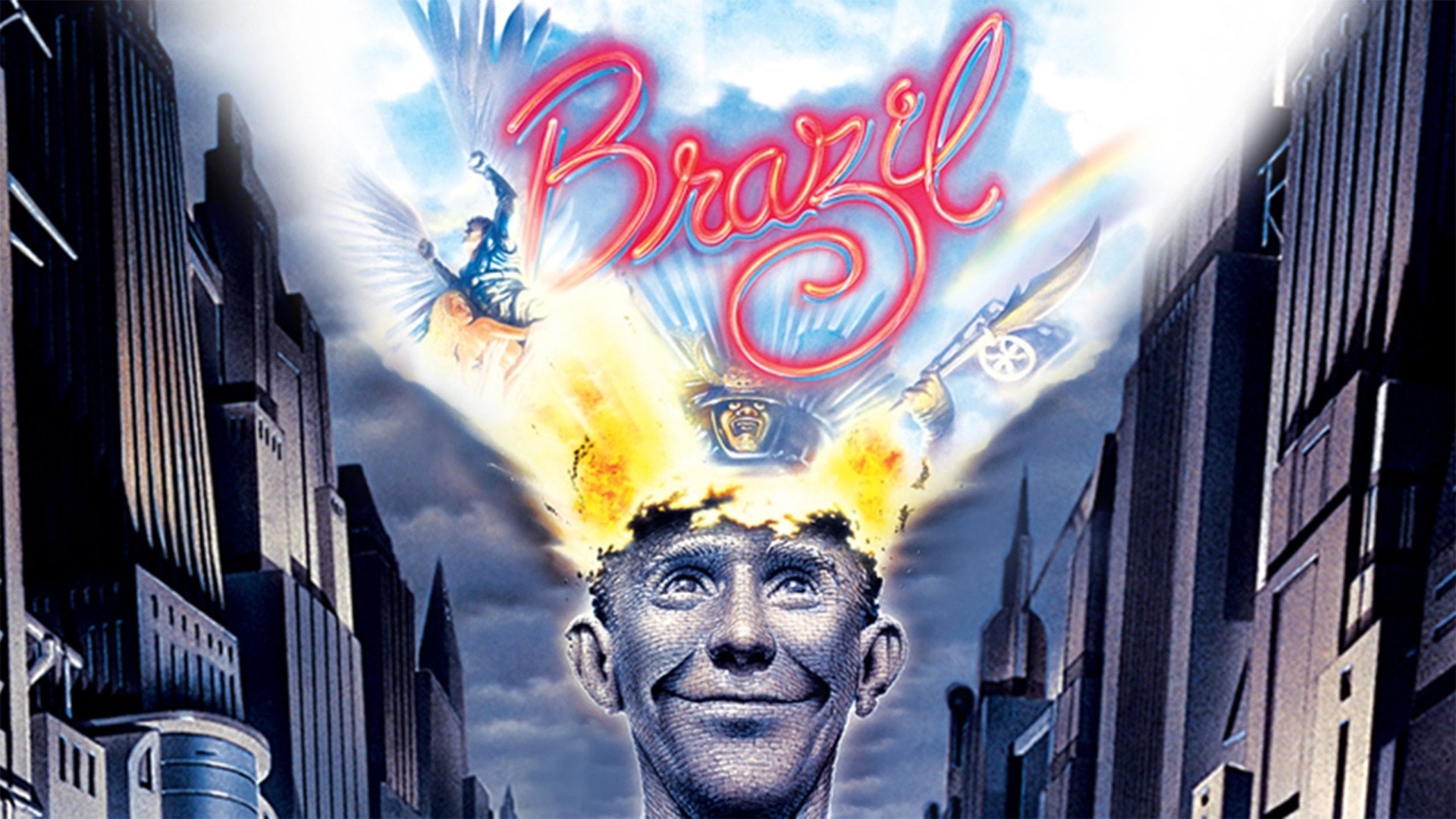
Sam’s dull, gray life spirals into chaos as he gets entangled with terrorists, resistance movements, and a mysterious woman from his dreams—quite literally. Gilliam’s signature visuals are on full display: labyrinthine office corridors, towering monoliths of machinery, and retro-futuristic designs that feel both old and terrifyingly possible. The world of Brazil is not just oppressive, it’s absurd, with a government so incompetent and bloated that it becomes dangerous through sheer inefficiency.
What makes Brazil such a masterpiece is how it blends Orwellian themes with biting satire and dream logic. It's both hilarious and horrifying—depressingly accurate in its critique of unchecked bureaucracy and corporate control, while also being weirdly beautiful and heartbreaking. Despite studio interference and a messy release history, Brazil remains one of the greatest dystopian films ever made—Gilliam’s chaotic, brilliant howl against the soul-grinding machinery of modern life.
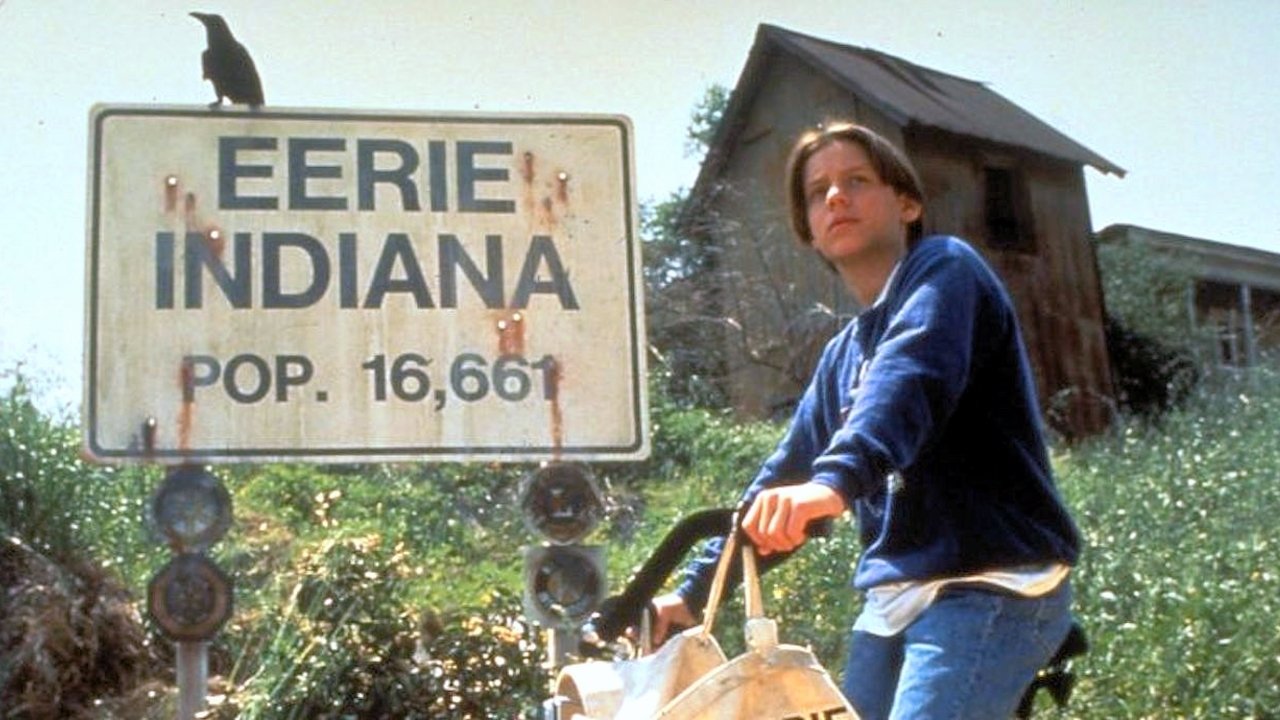
Though it only lasted one season (a tragic injustice), Eerie, Indiana left a lasting impression thanks to its sharp writing, Twilight Zone-esque stories, and clever meta-commentary. It was genuinely spooky at times, but always playful and smart—far ahead of most other kids' shows of the time.
Eerie, Indiana: The Other Dimension came several years later and was meant to reboot the original concept for a new audience. This time, the story centers on Mitchell and Stanley, two kids living in a parallel version of Eerie where things are just as strange. Unfortunately, the follow-up lacked the charm and wit of the original, leaning more into Saturday-morning goofiness than eerie atmosphere. It had its moments but felt like a watered-down clone rather than a true continuation.
Still, the original Eerie, Indiana stands tall as a weird little gem—perfect for fans of strange fiction, conspiracy vibes, and small-town mysteries wrapped in a spooky-cool package.
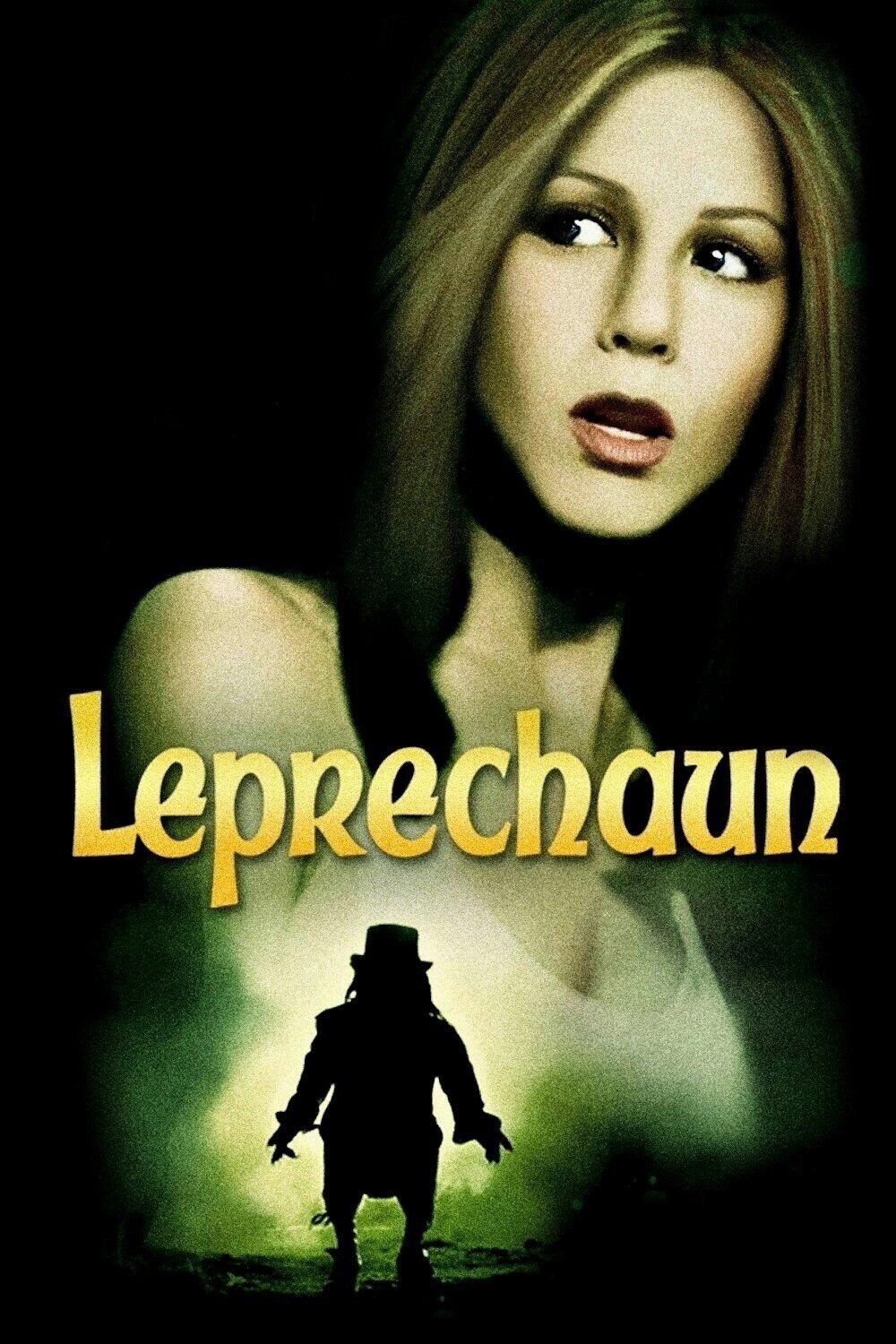
Leprechaun (1993) Meet Lubdan, the sassiest little horror villain this side of the rainbow. A greedy man steals his gold, so this pint-sized menace follows him to America, gets sealed in a crate, and wakes up years later ready to kill for his treasure. Jennifer Aniston (yes, that Jennifer Aniston) stars in this gory-goofy flick where the leprechaun offs people with pogo sticks, wheelchairs, and rhymes. Pure 90s chaos.
Leprechaun 2 (1994) Now he's in L.A., and it's his 1,000th birthday—time to claim a bride! He sets his sights on a descendant of his old enemy and uses love magic and death traps to win her over (romantic, right?) Expect lots of drunken sleaze, finger-ripping, and a guy getting killed with a steam-powered espresso machine. Because why not.
Leprechaun 3 (1995) The leprechaun hits Vegas, baby! A pawn shop deal gone wrong leads to another gold-stealing spree, complete with wish-granting hijinks. Of course, every wish backfires in the most hilariously deadly way. A magician gets sliced in half, a lady explodes from plastic surgery overload—this one's practically a live-action Looney Tunes with blood.
Leprechaun 4: In Space (1997) Yep. They put him in space. On a distant planet, the leprechaun woos an alien princess and plans to become king of the universe. But a group of space marines interrupts his plans, leading to laser battles, teleporting mishaps, and the leprechaun turning into a giant mutant after absorbing a dude’s DNA. Easily the dumbest—and maybe most entertaining—entry so far.



